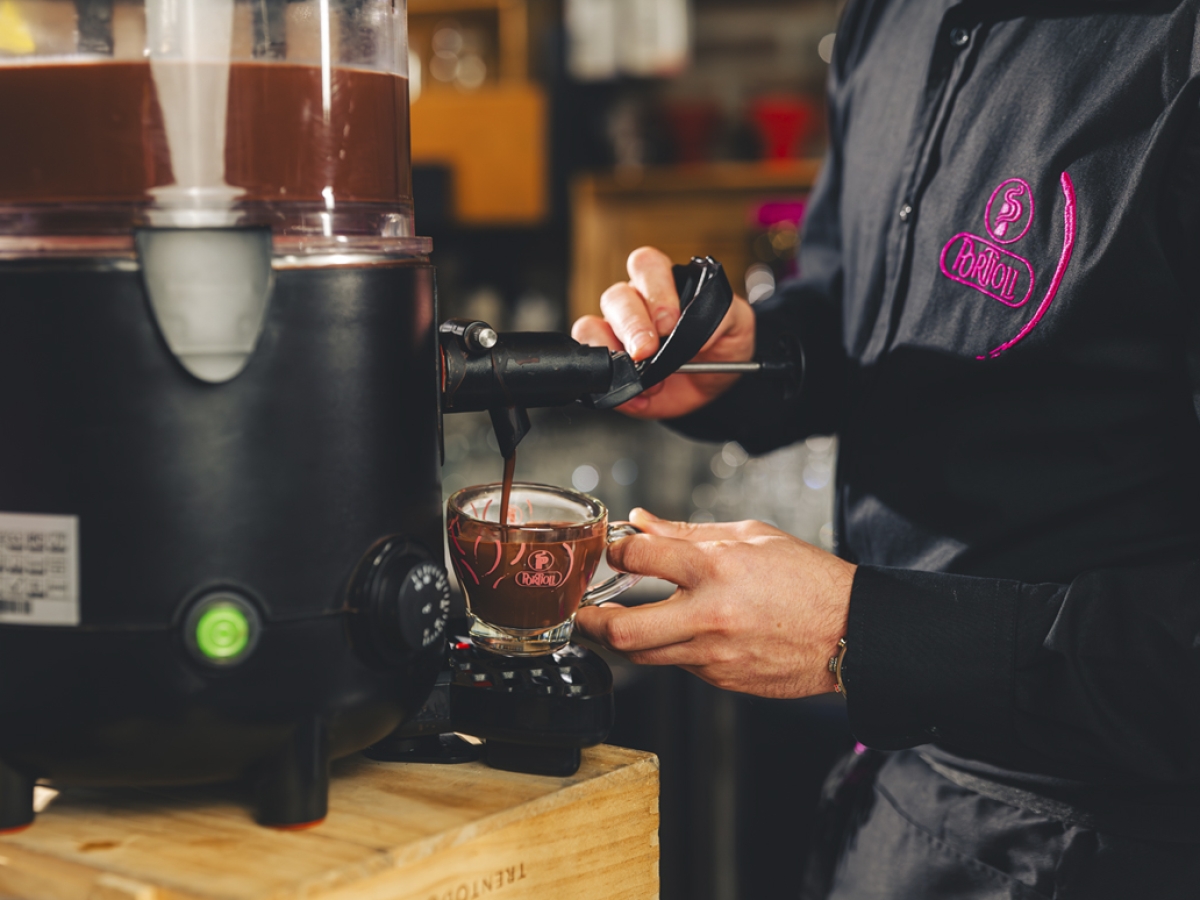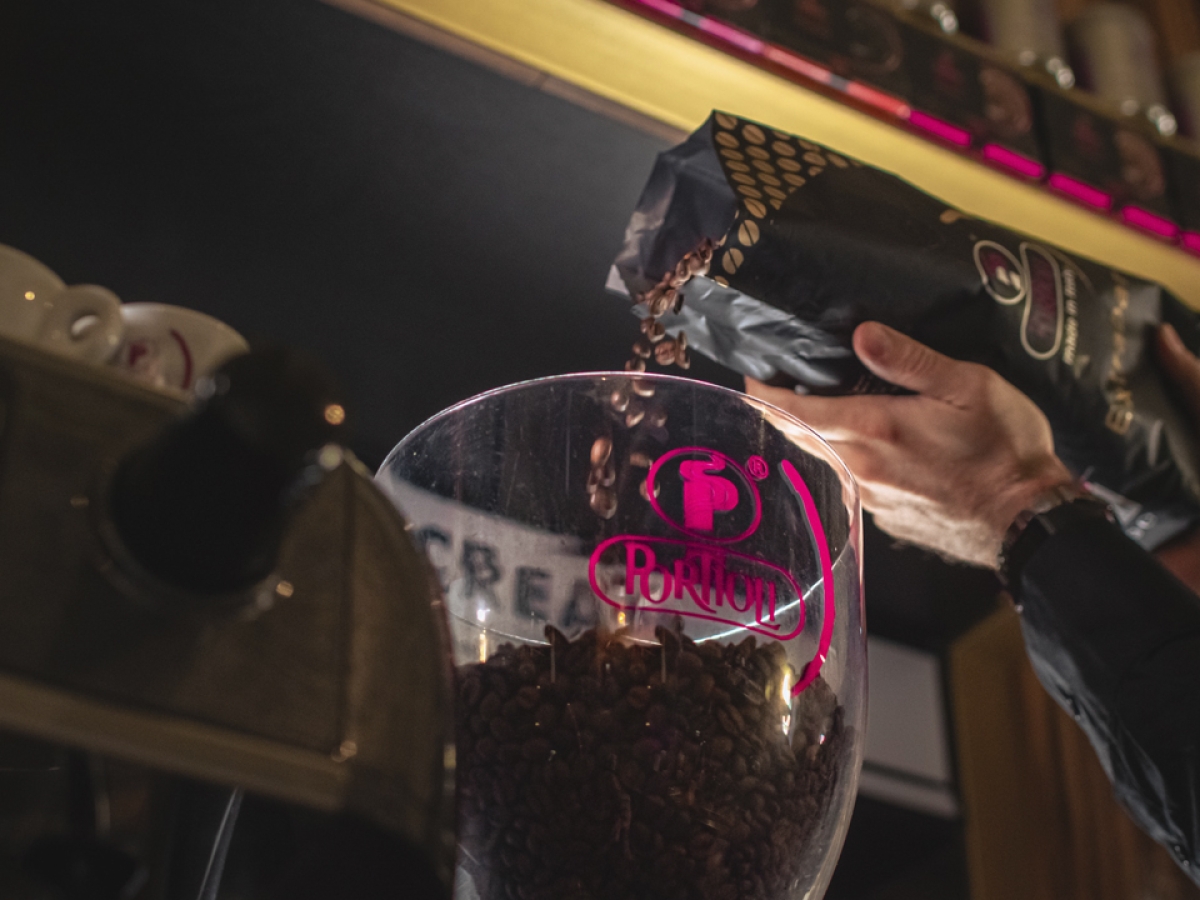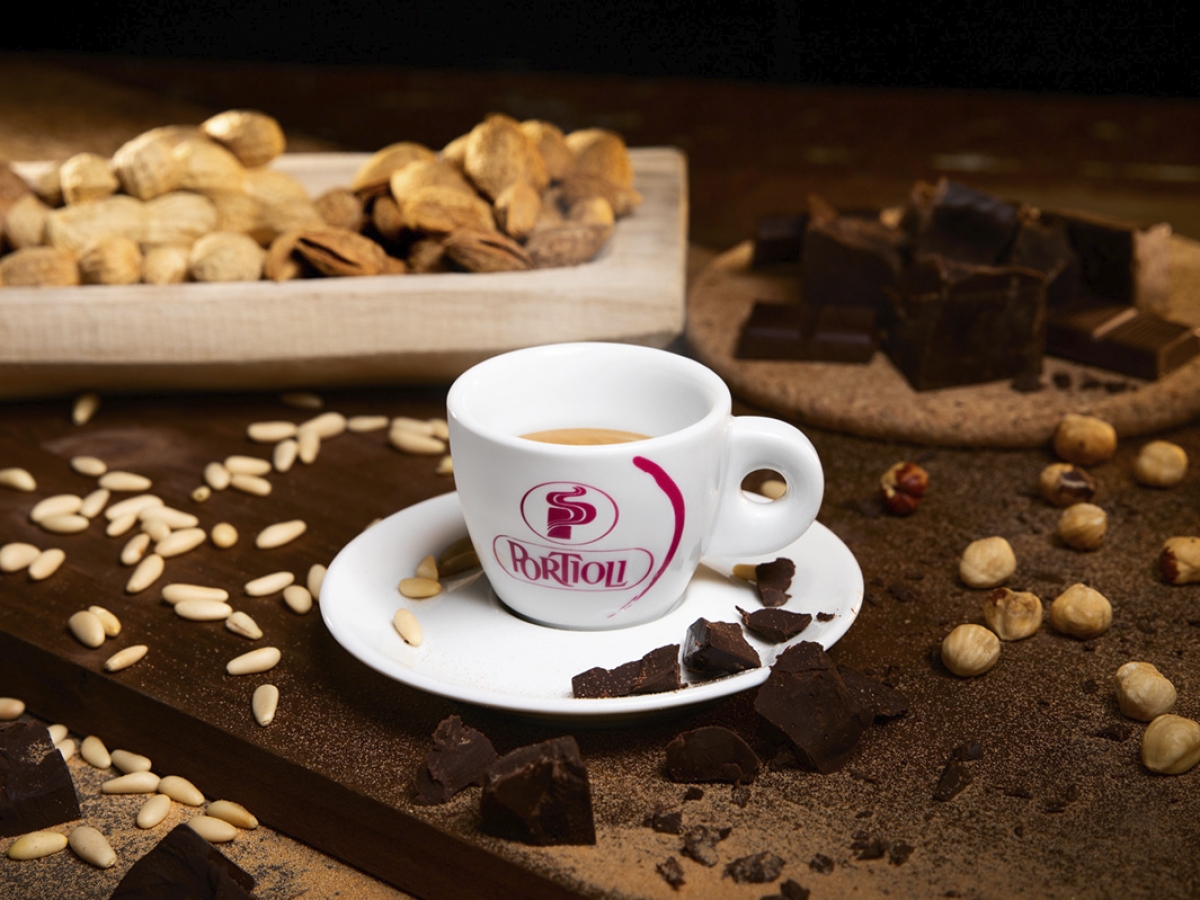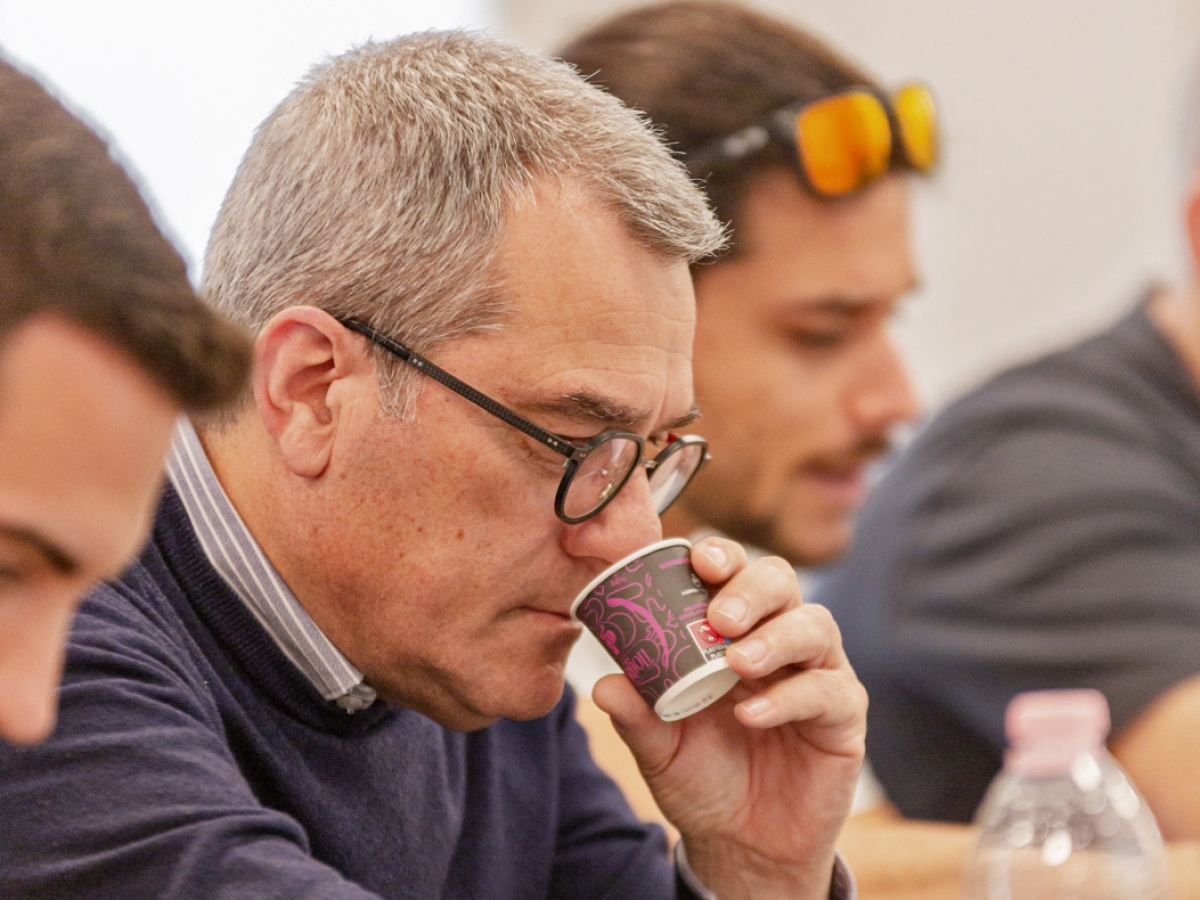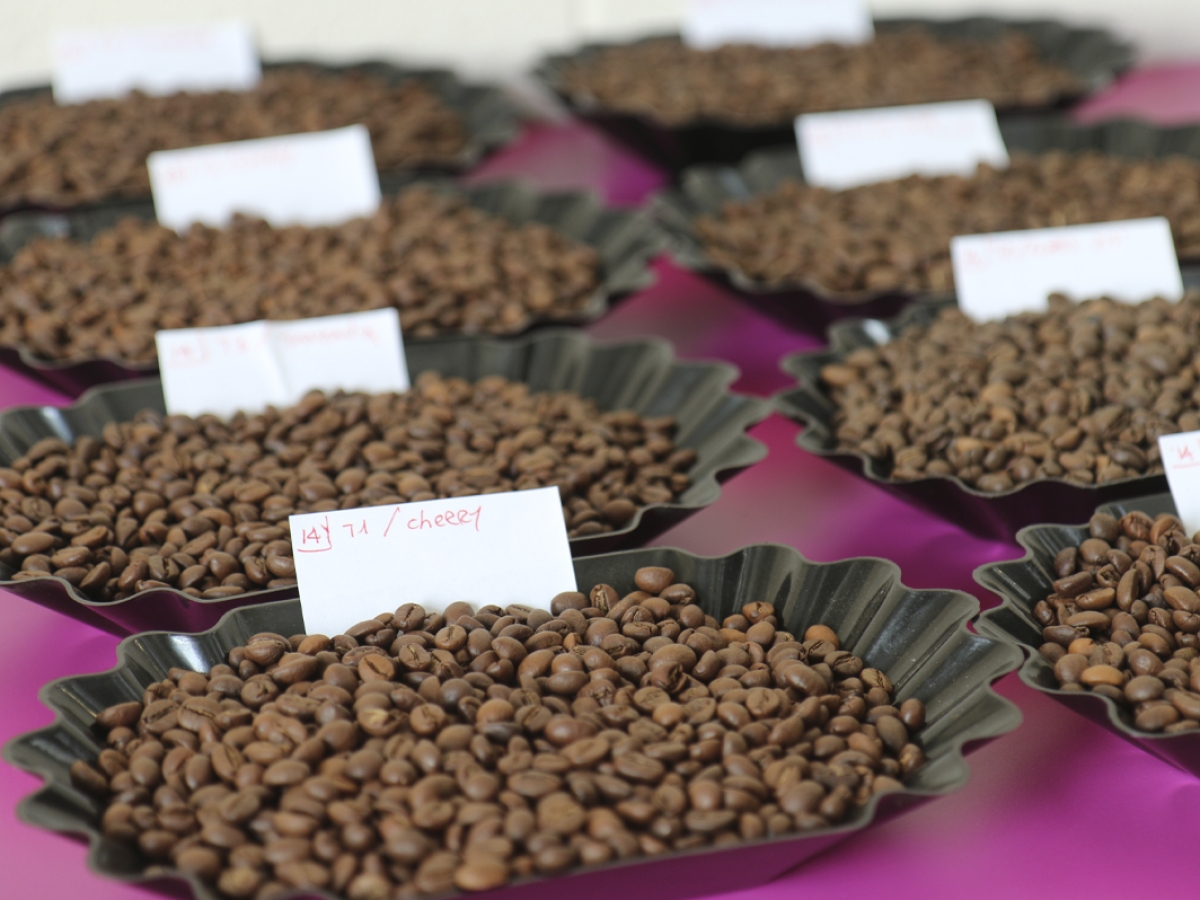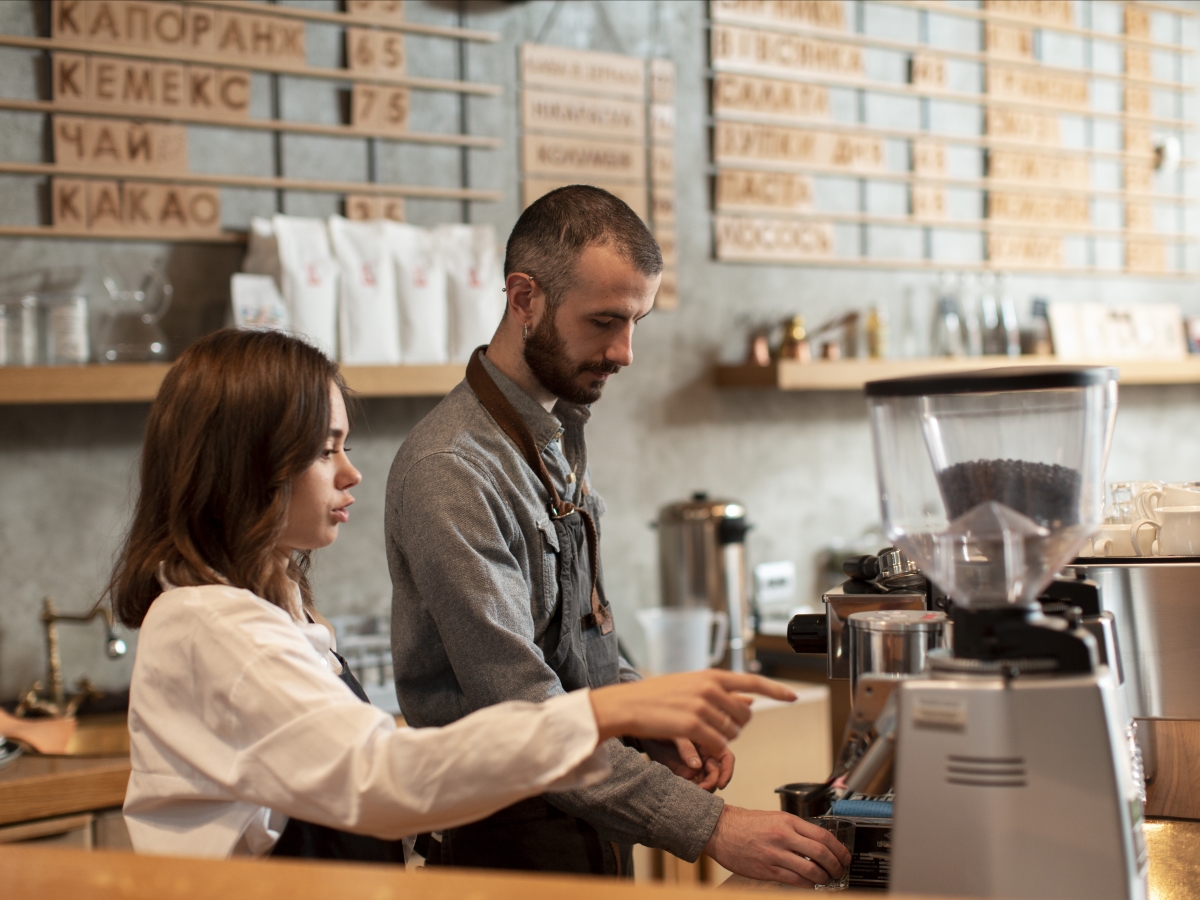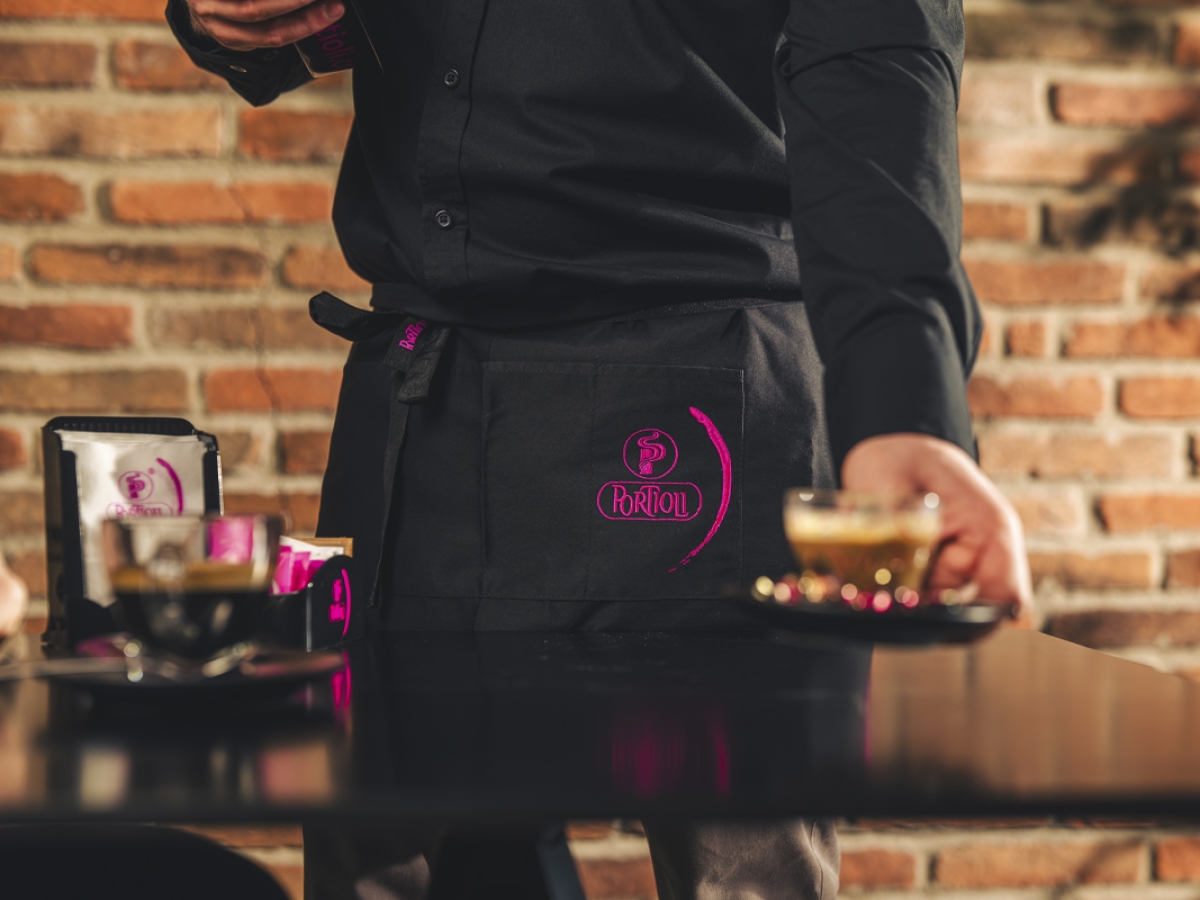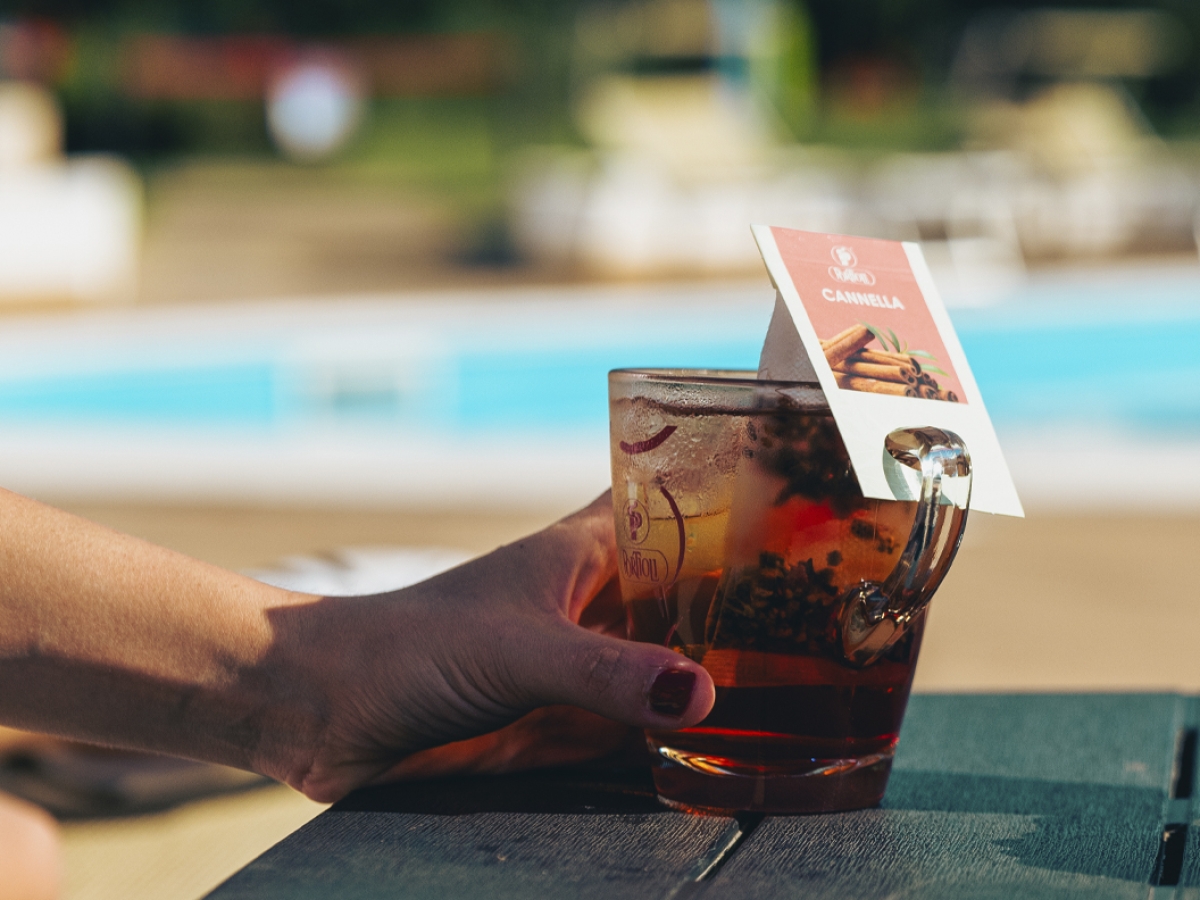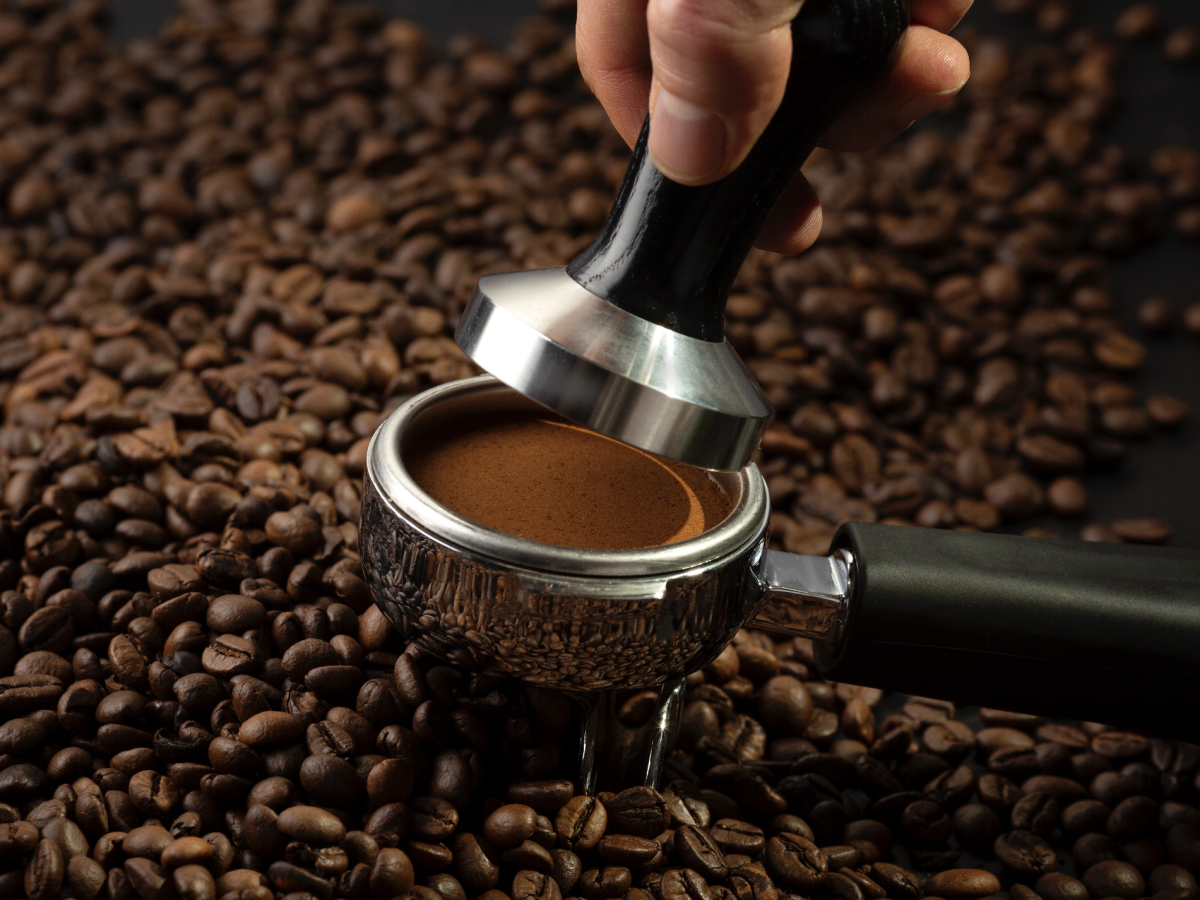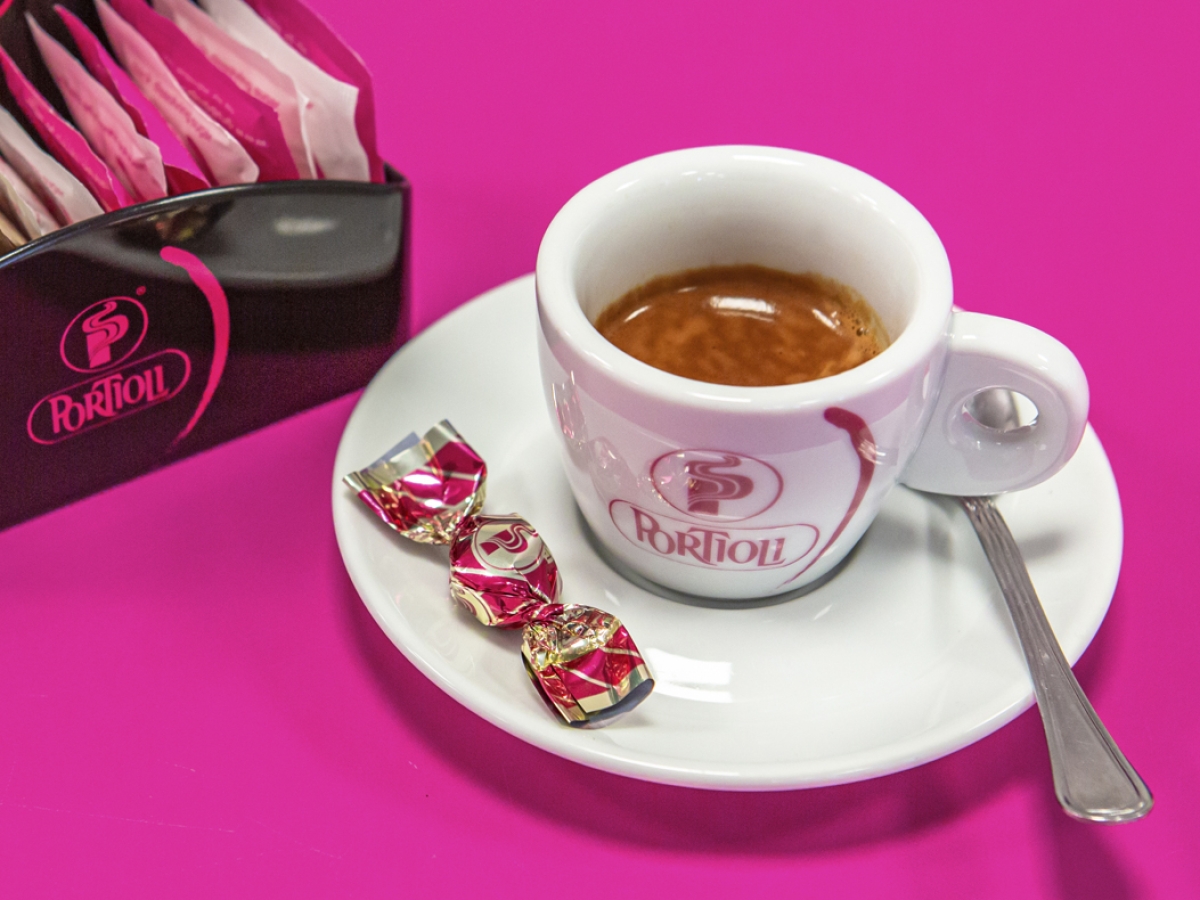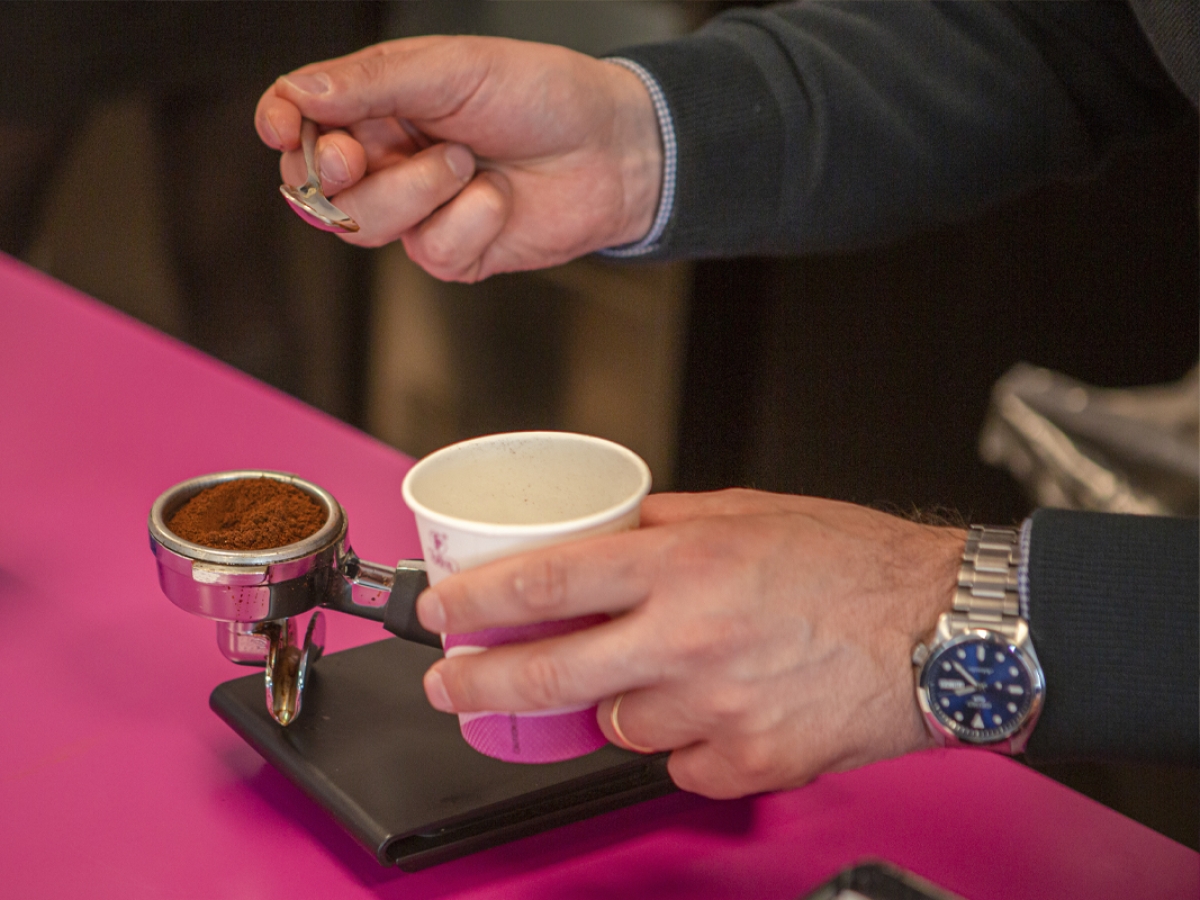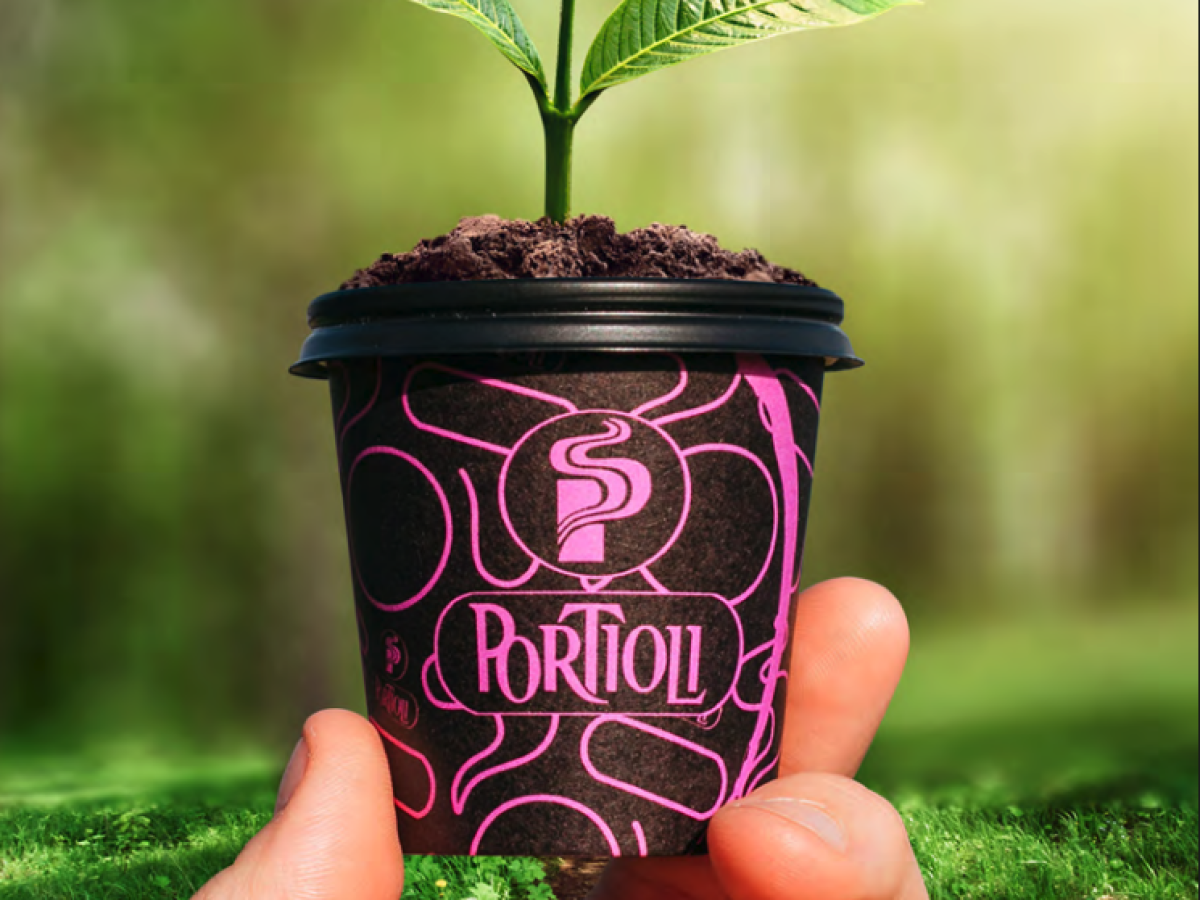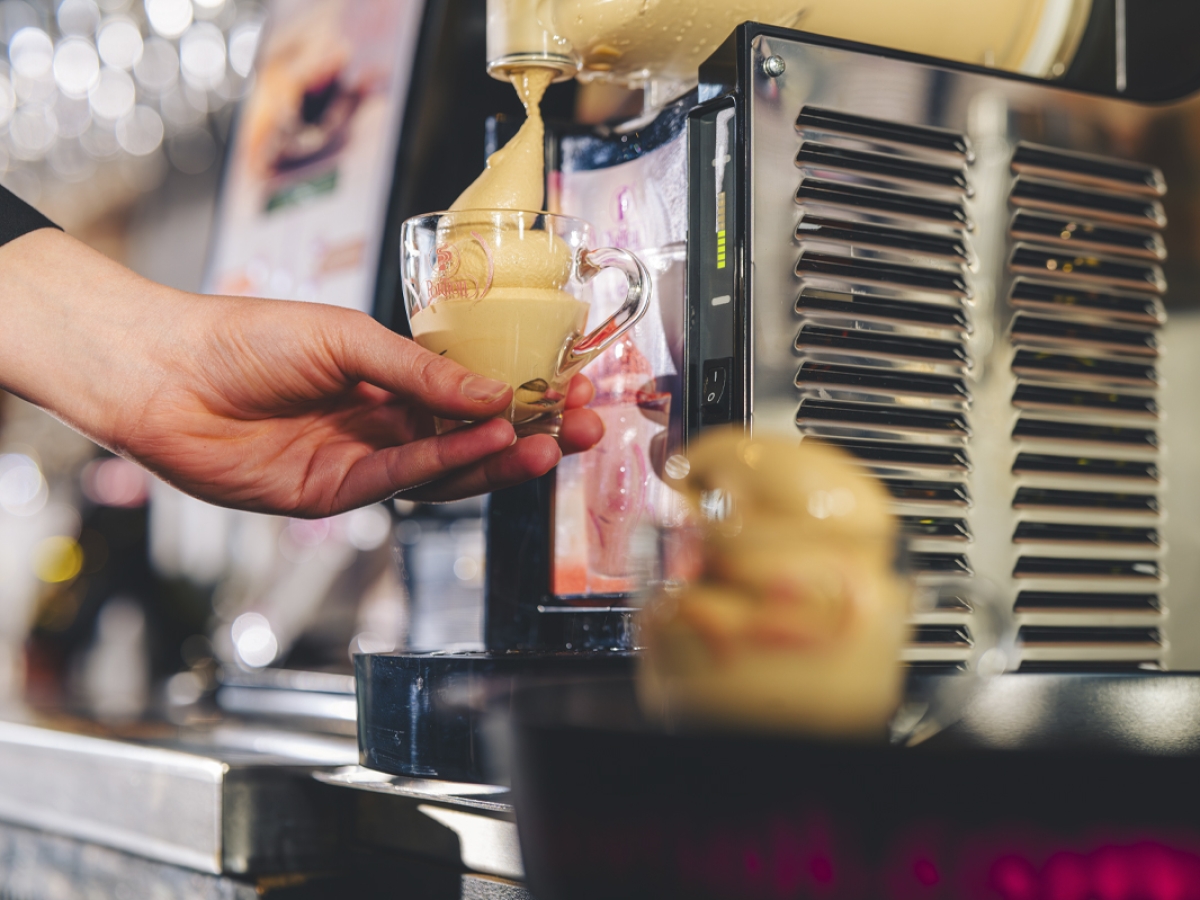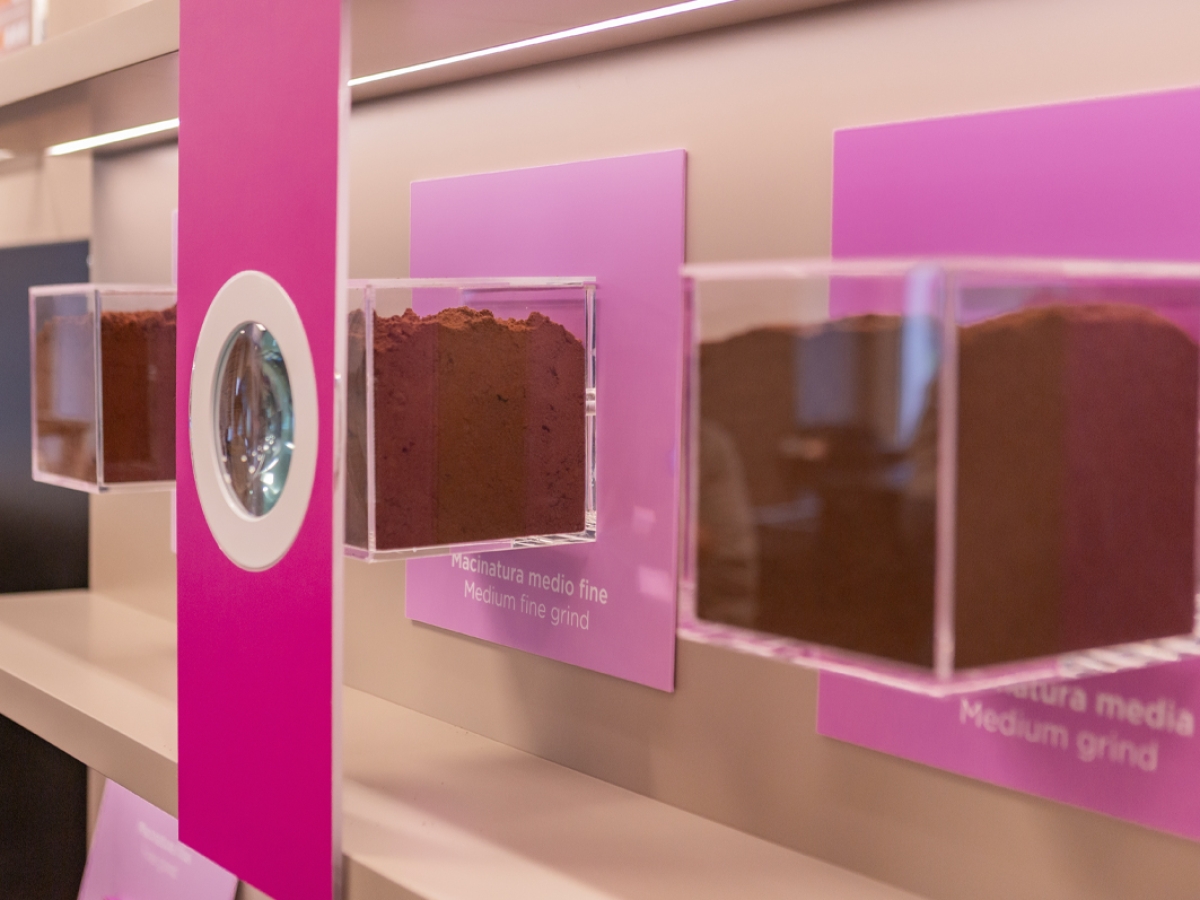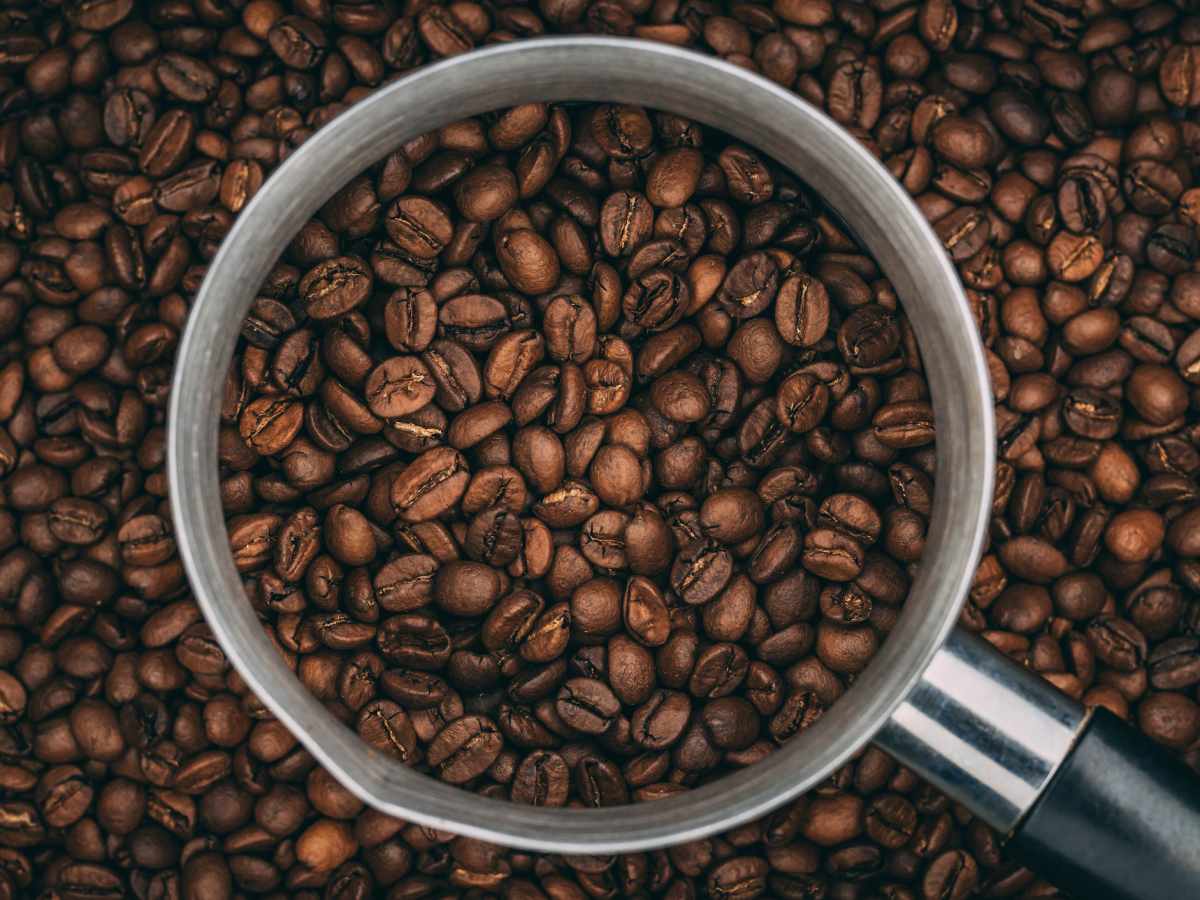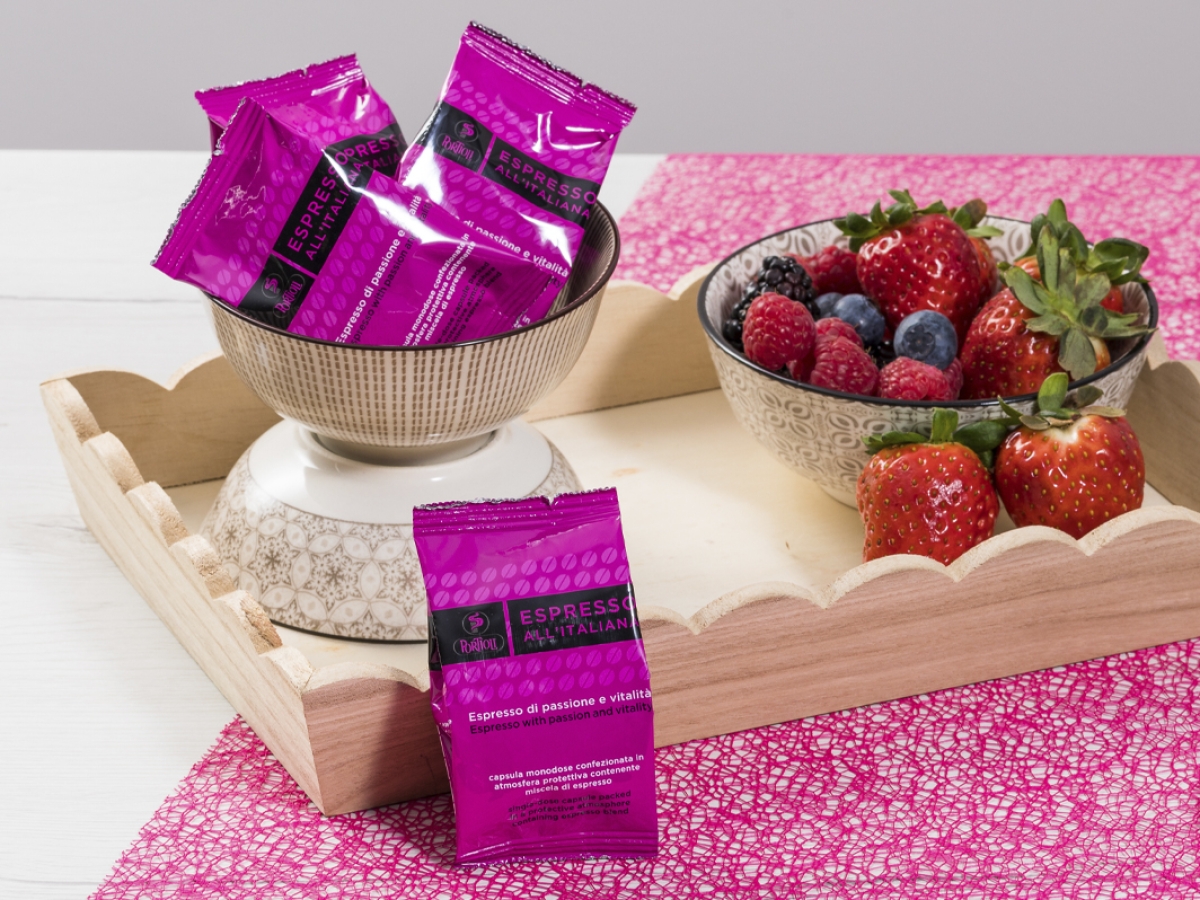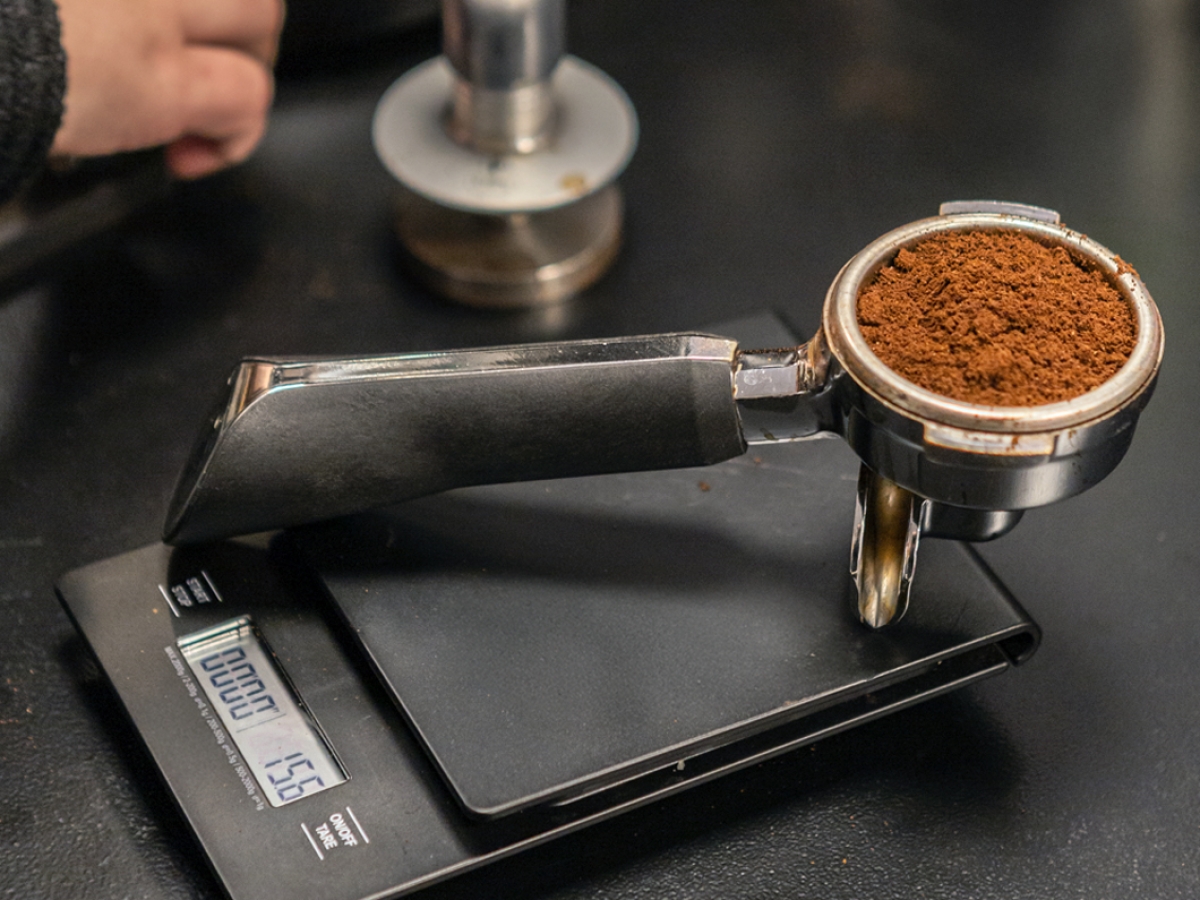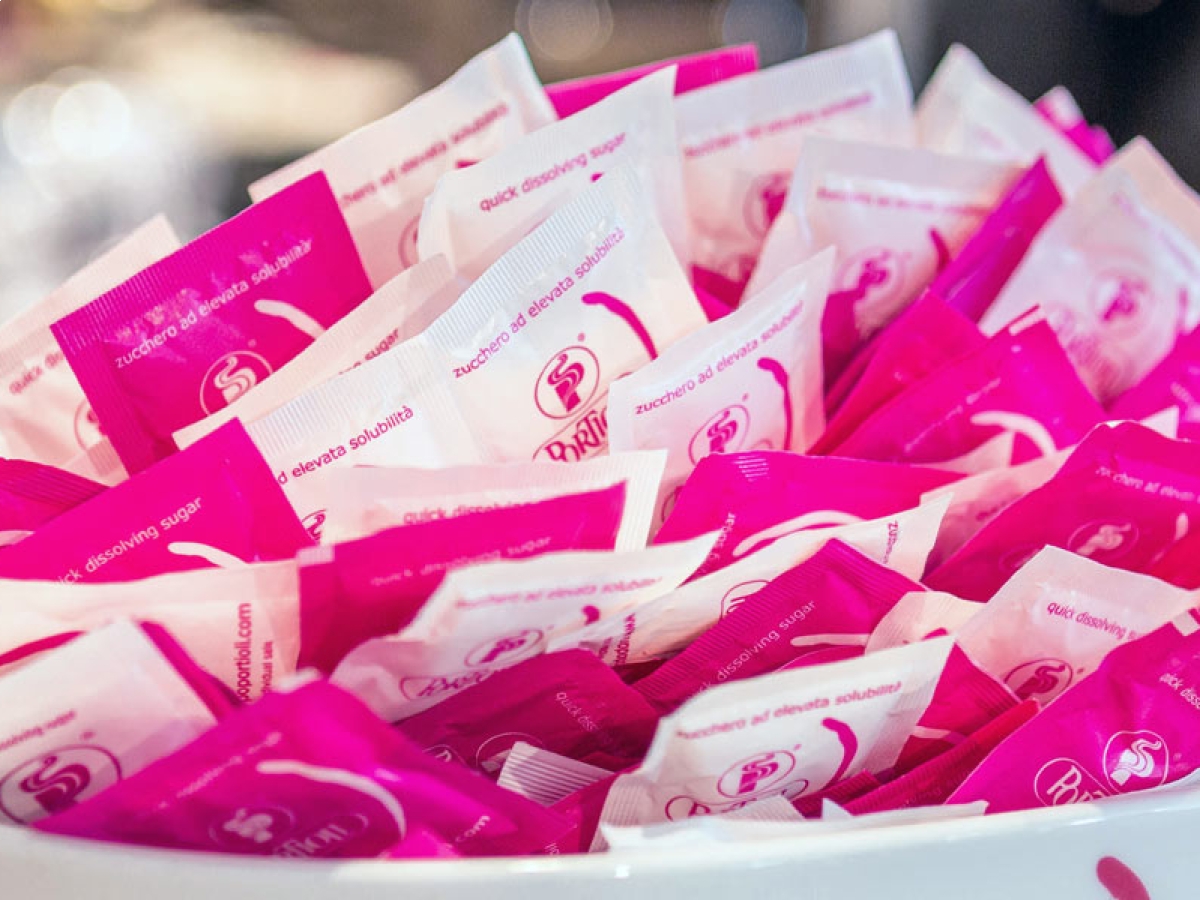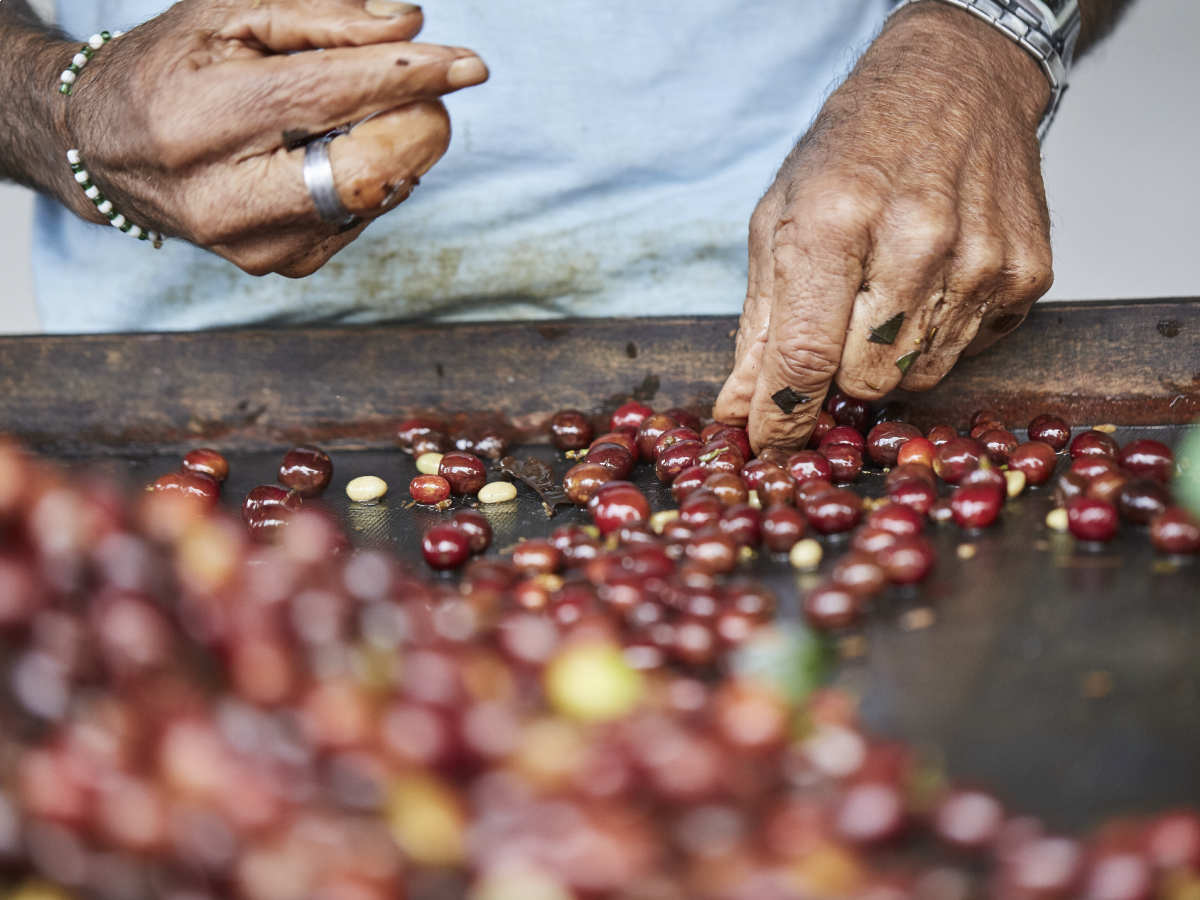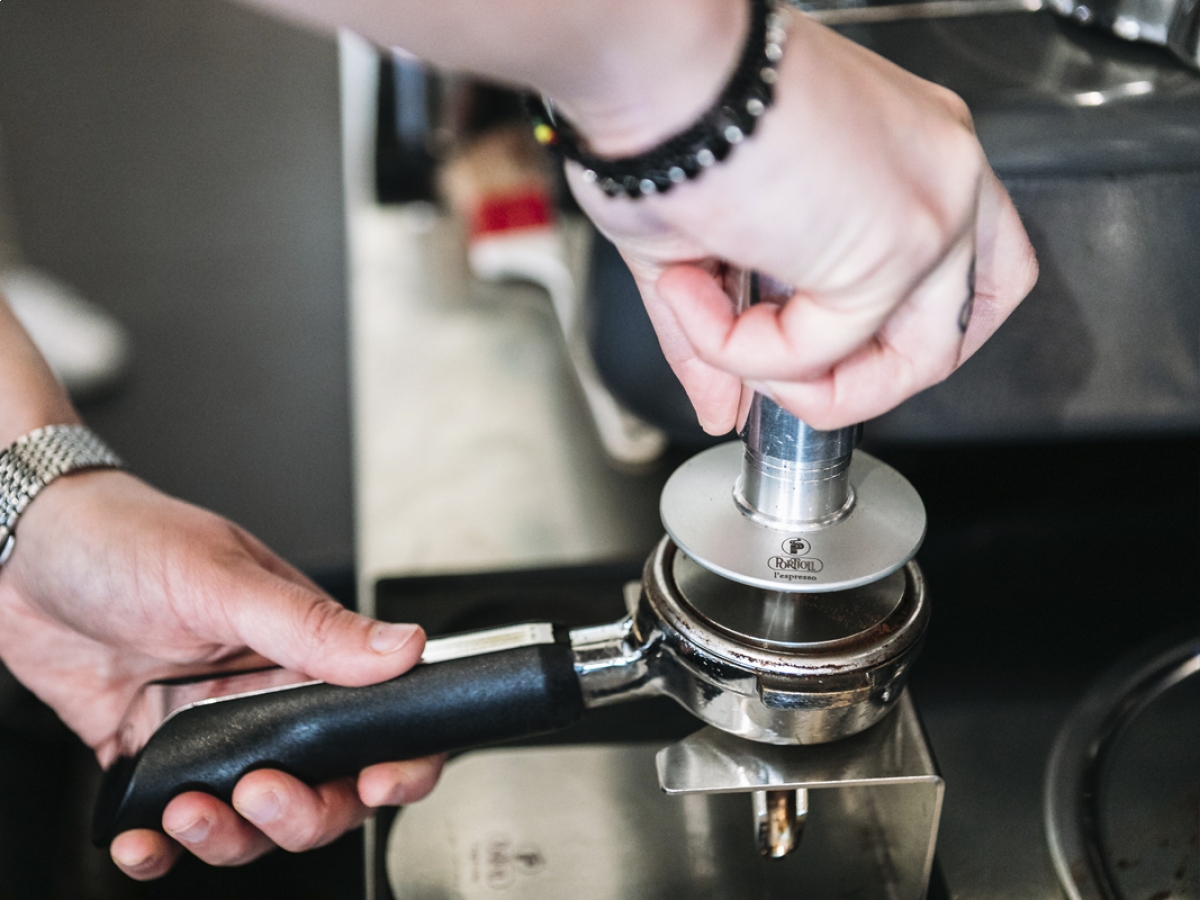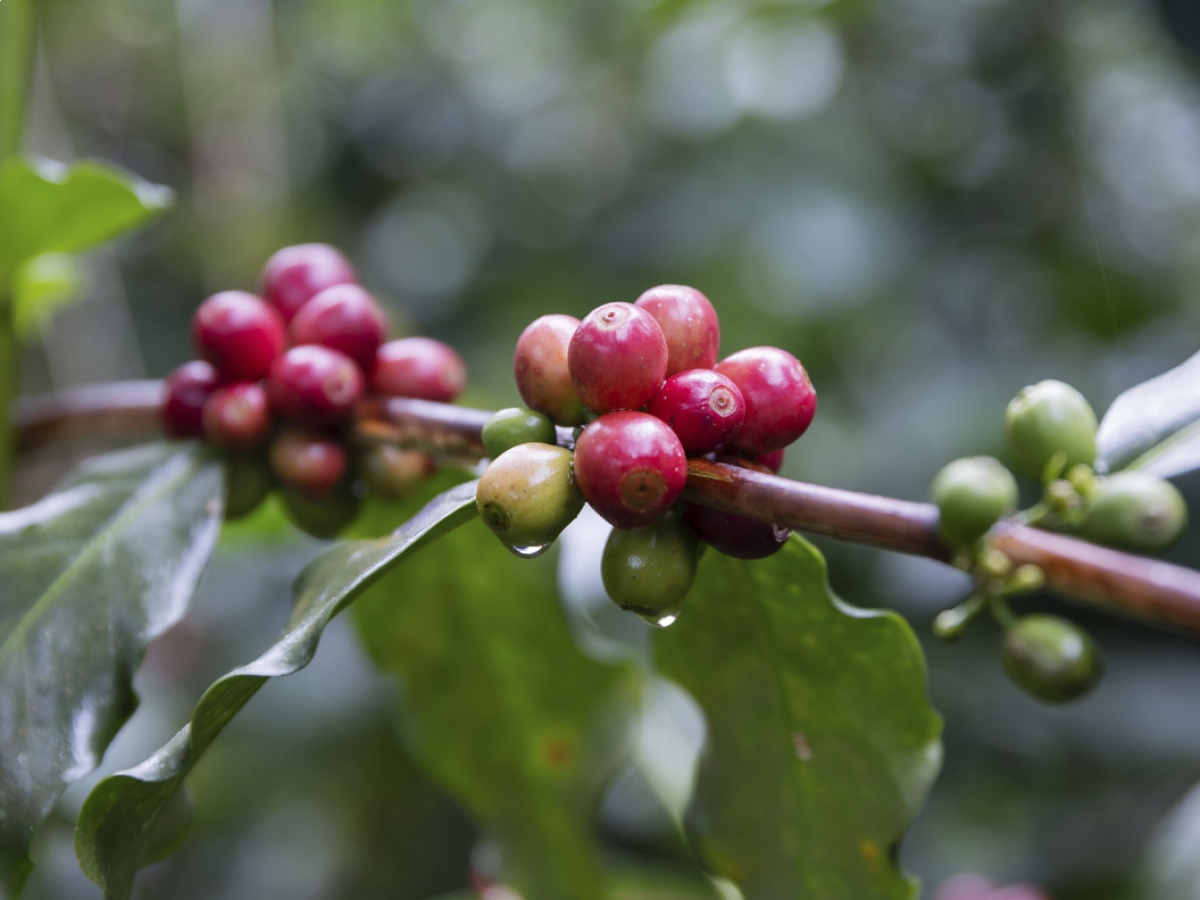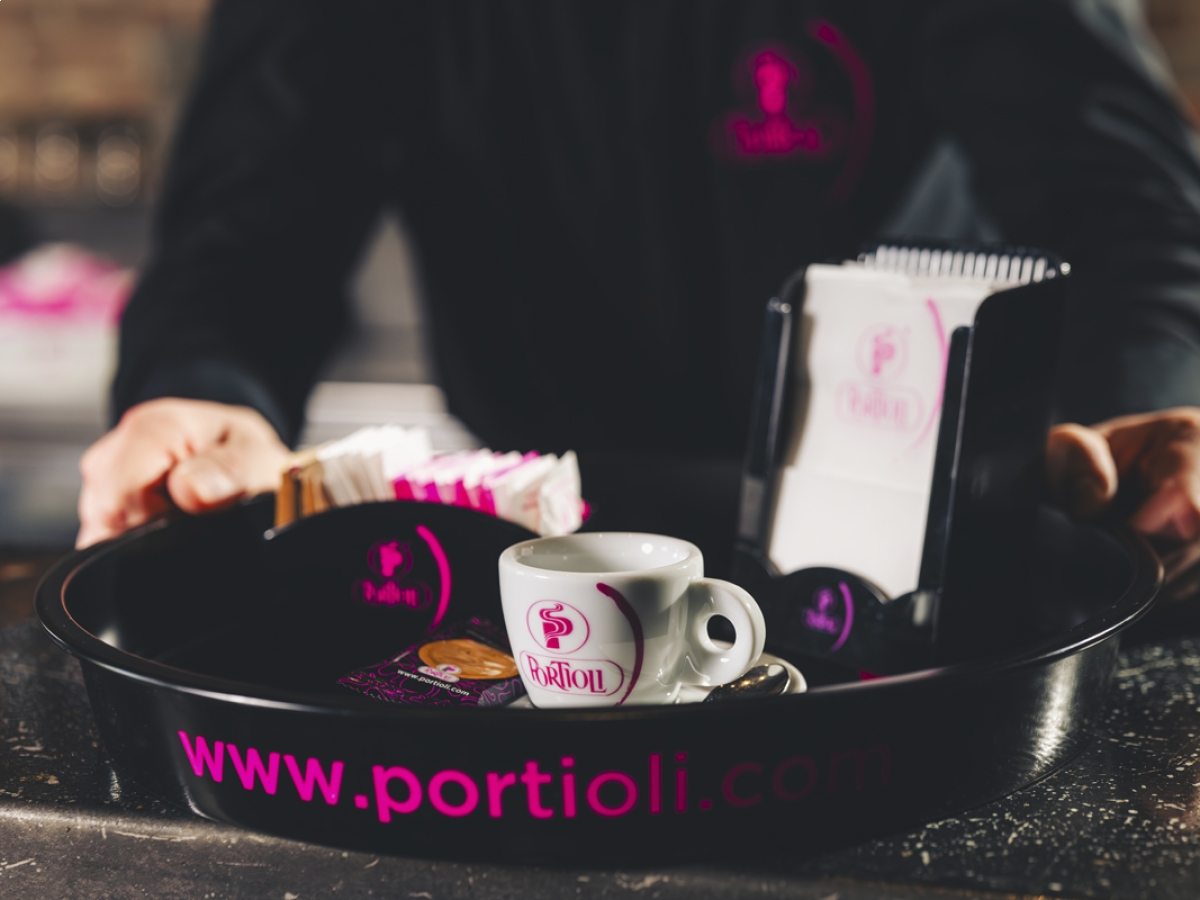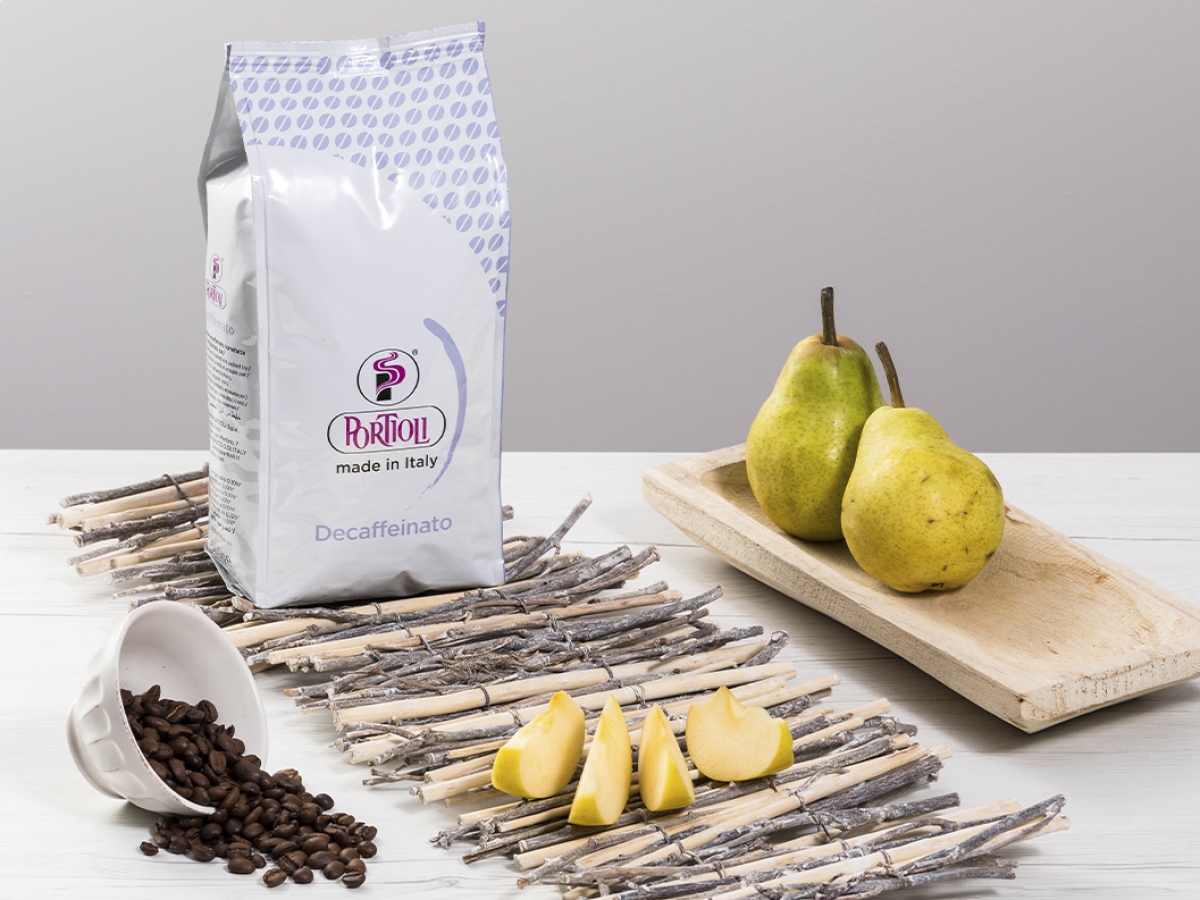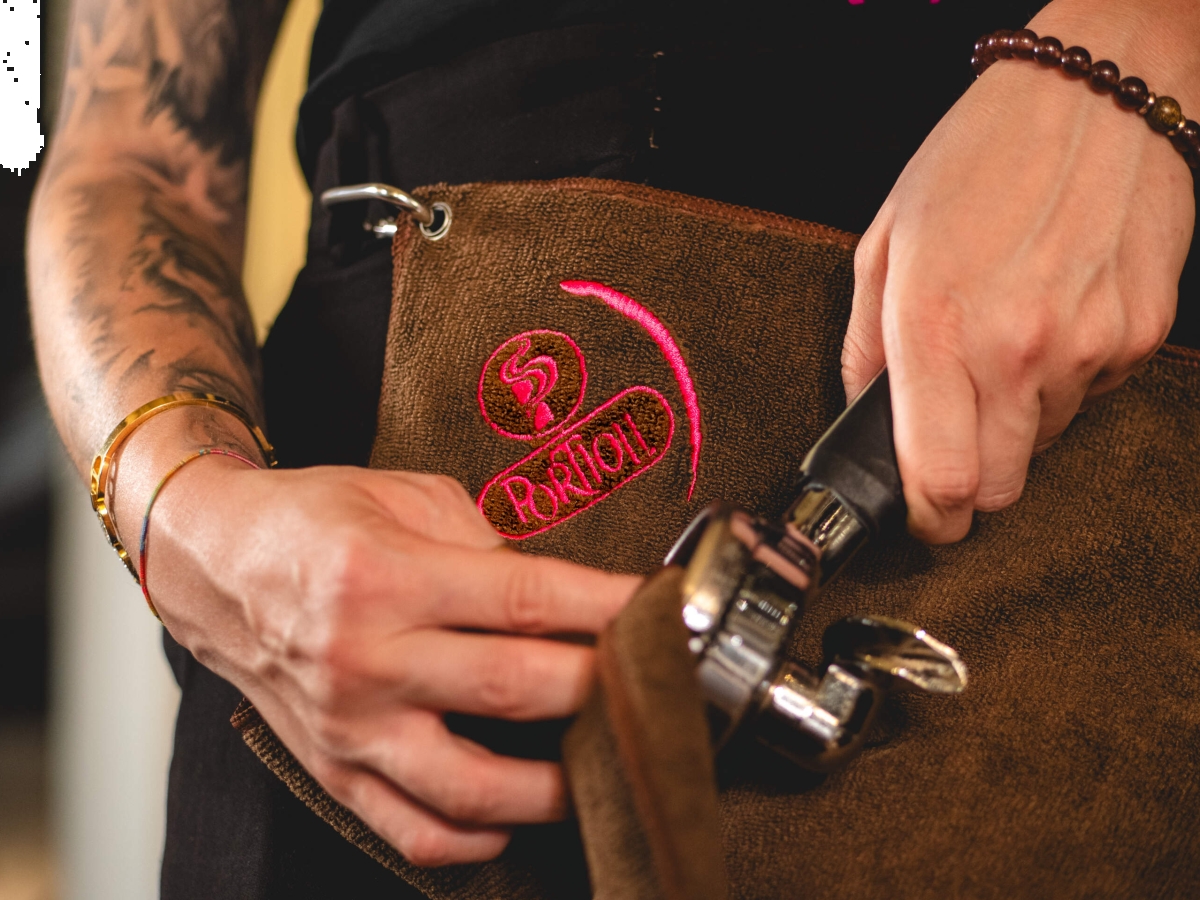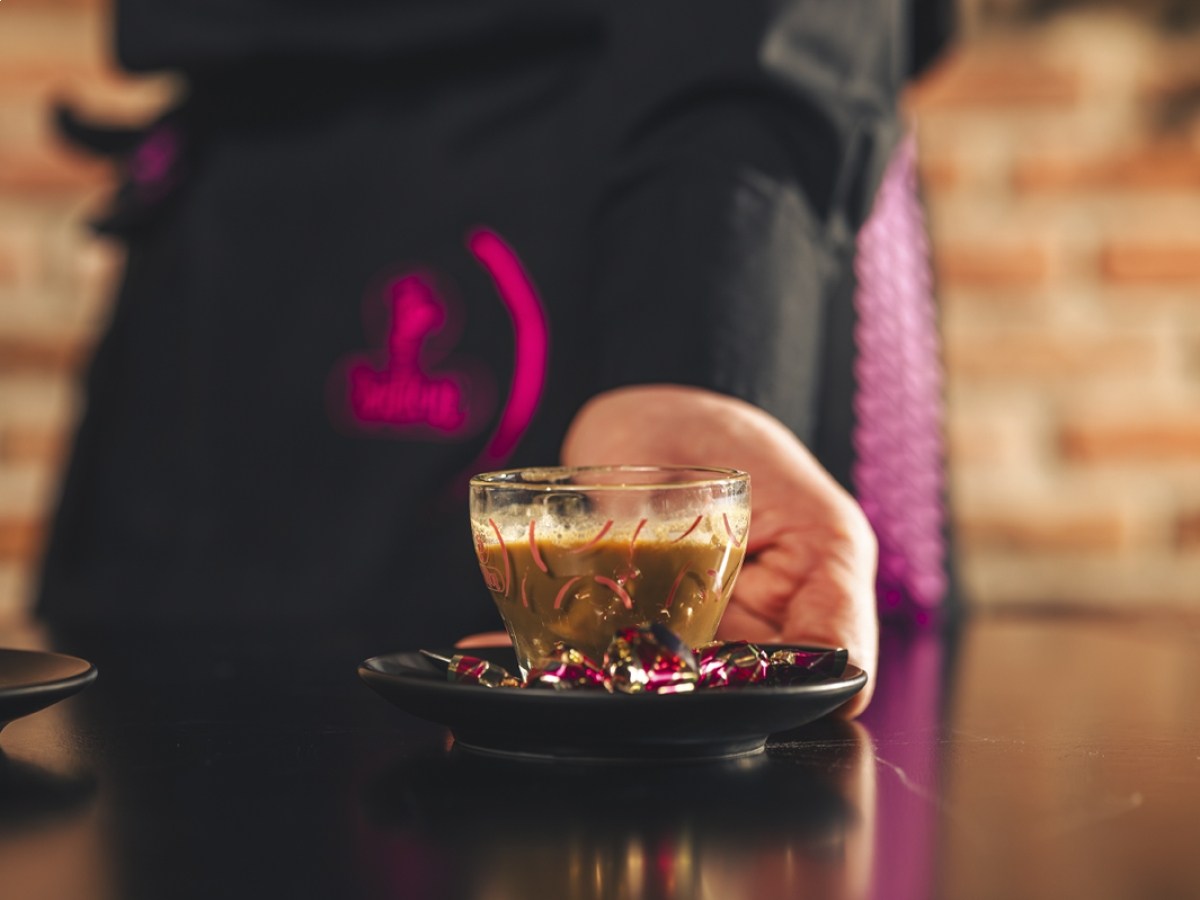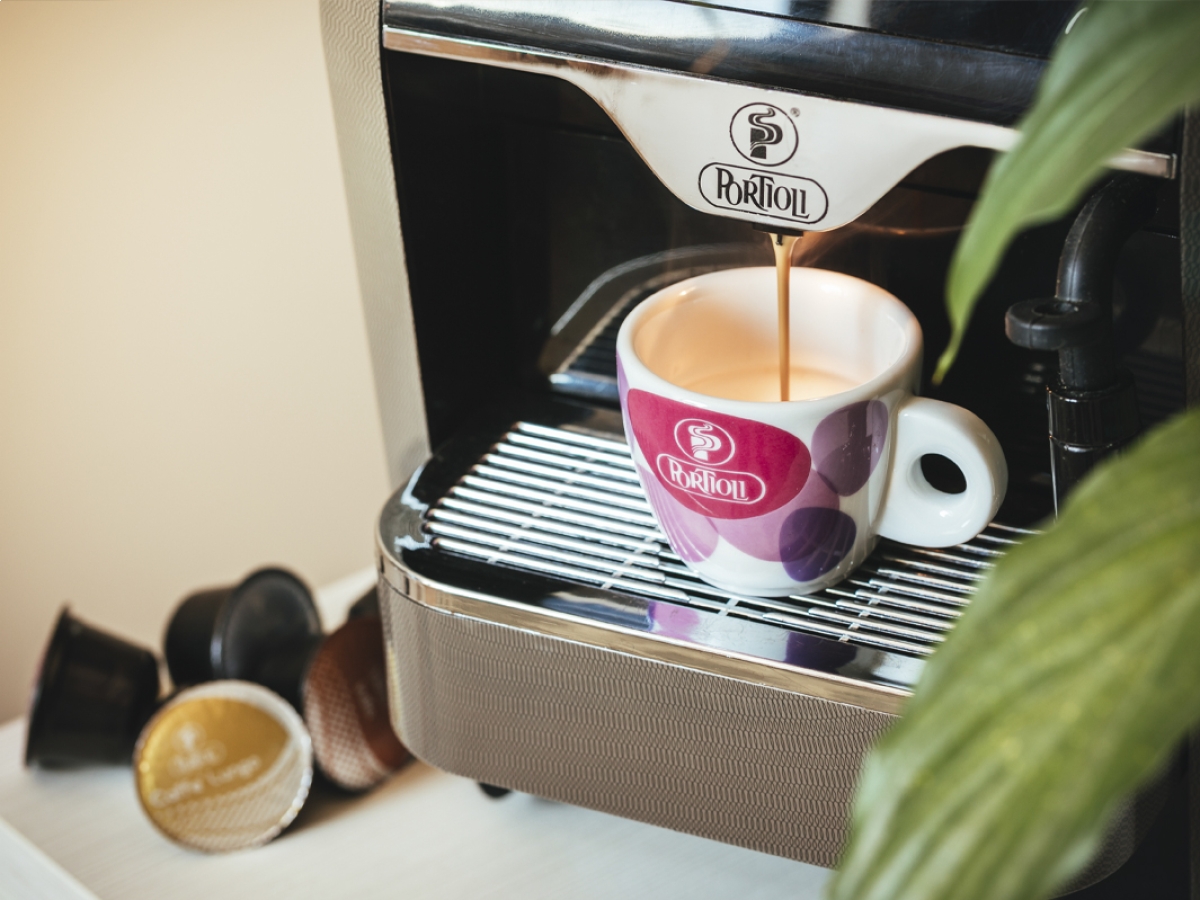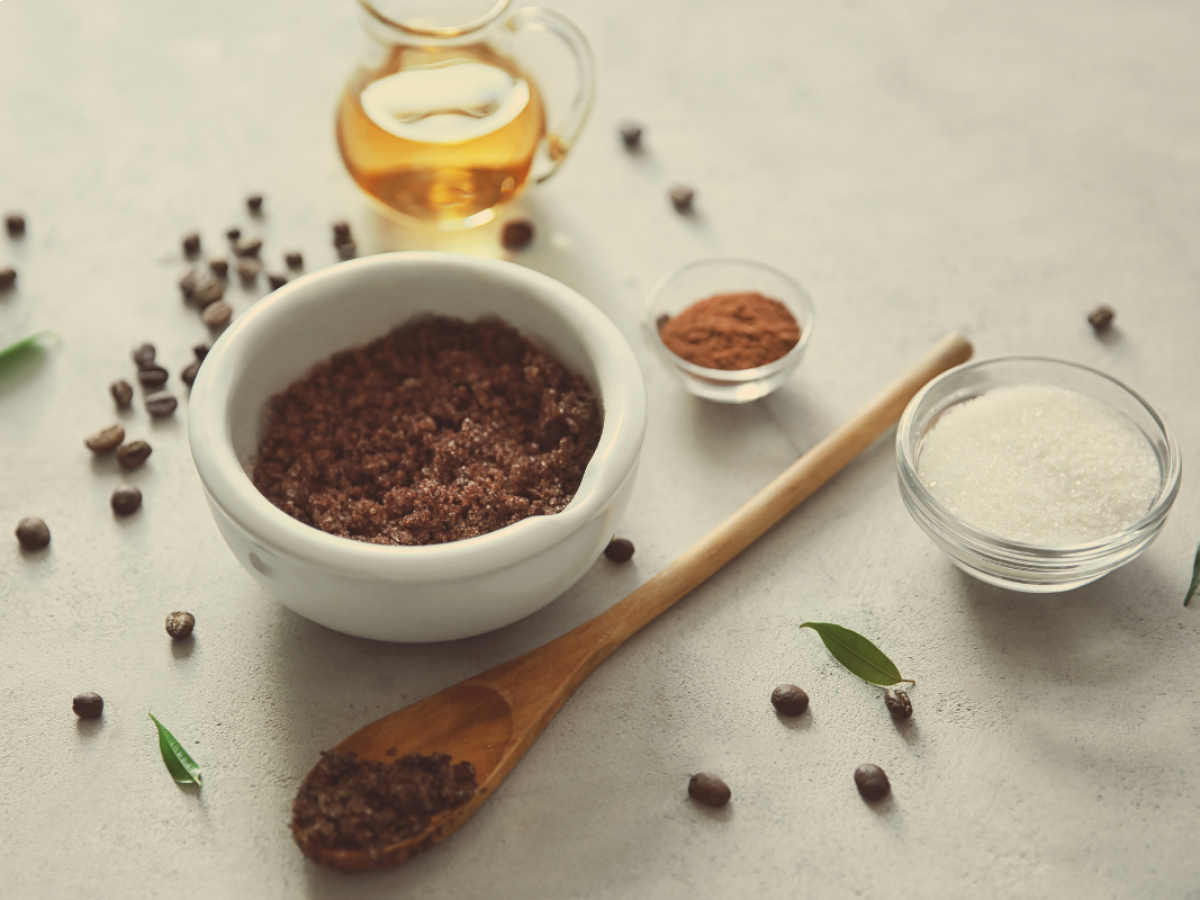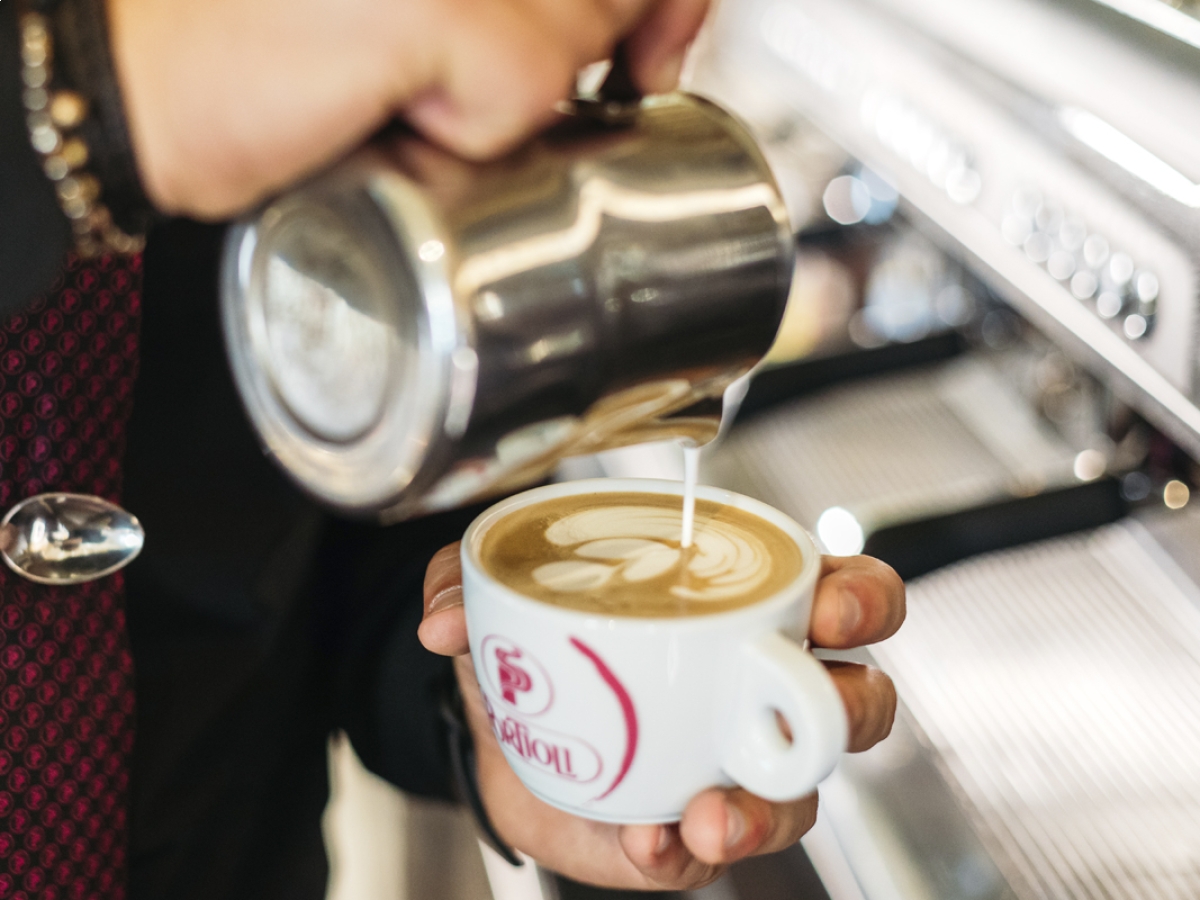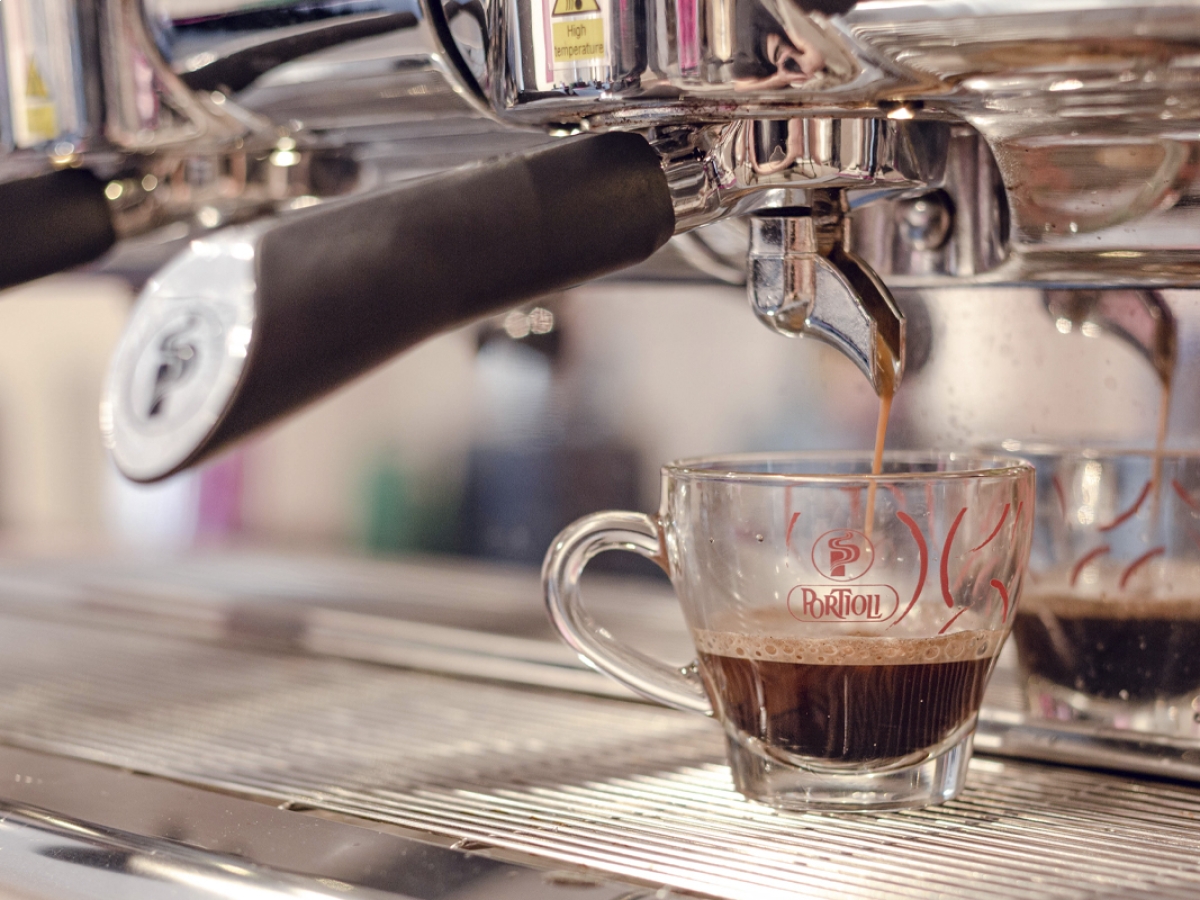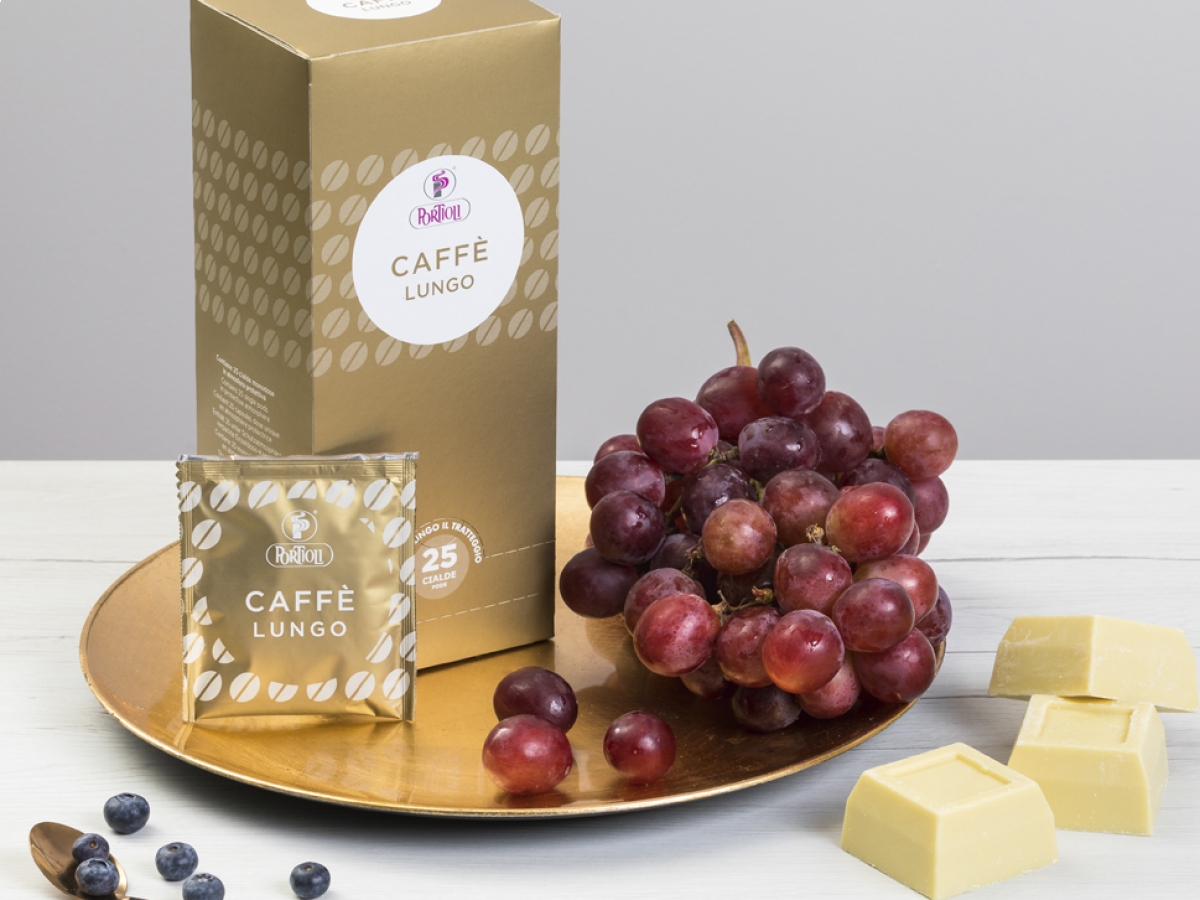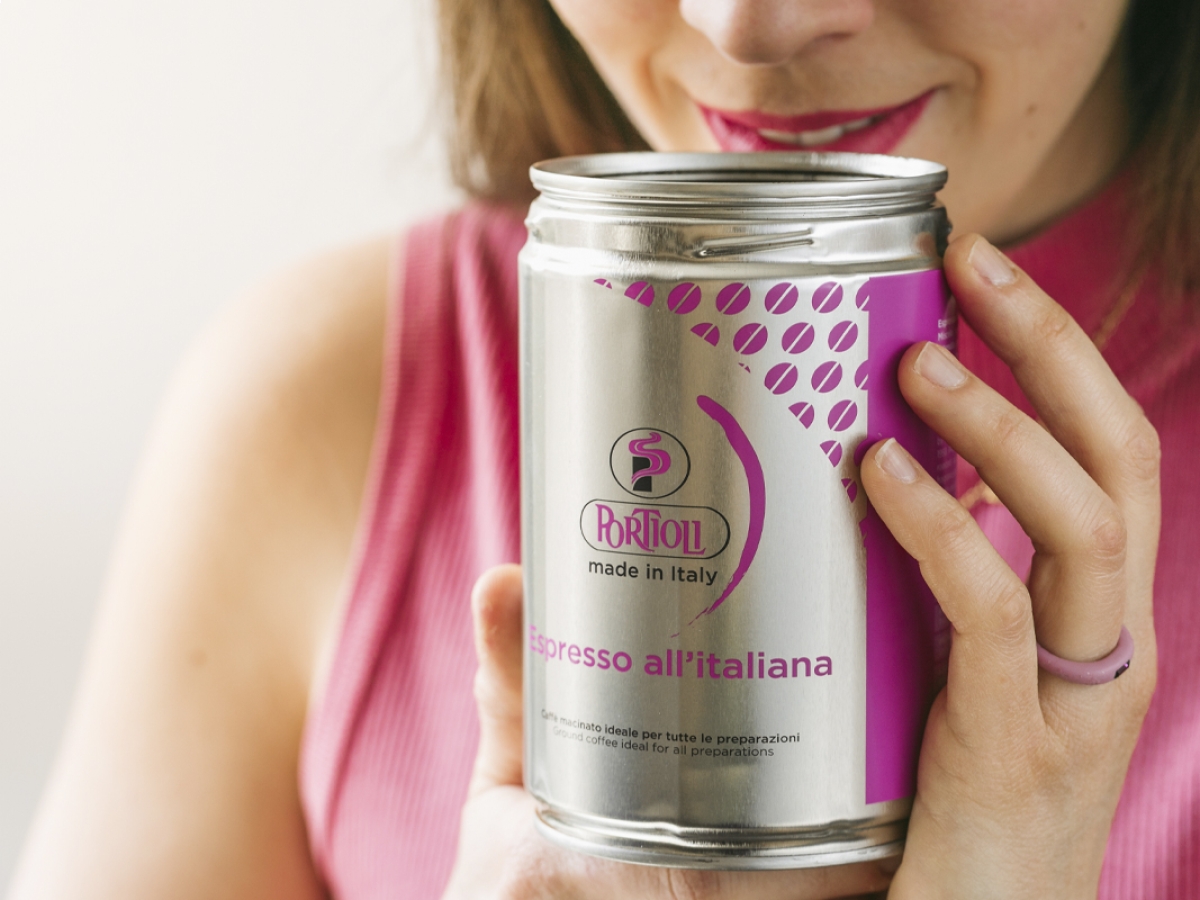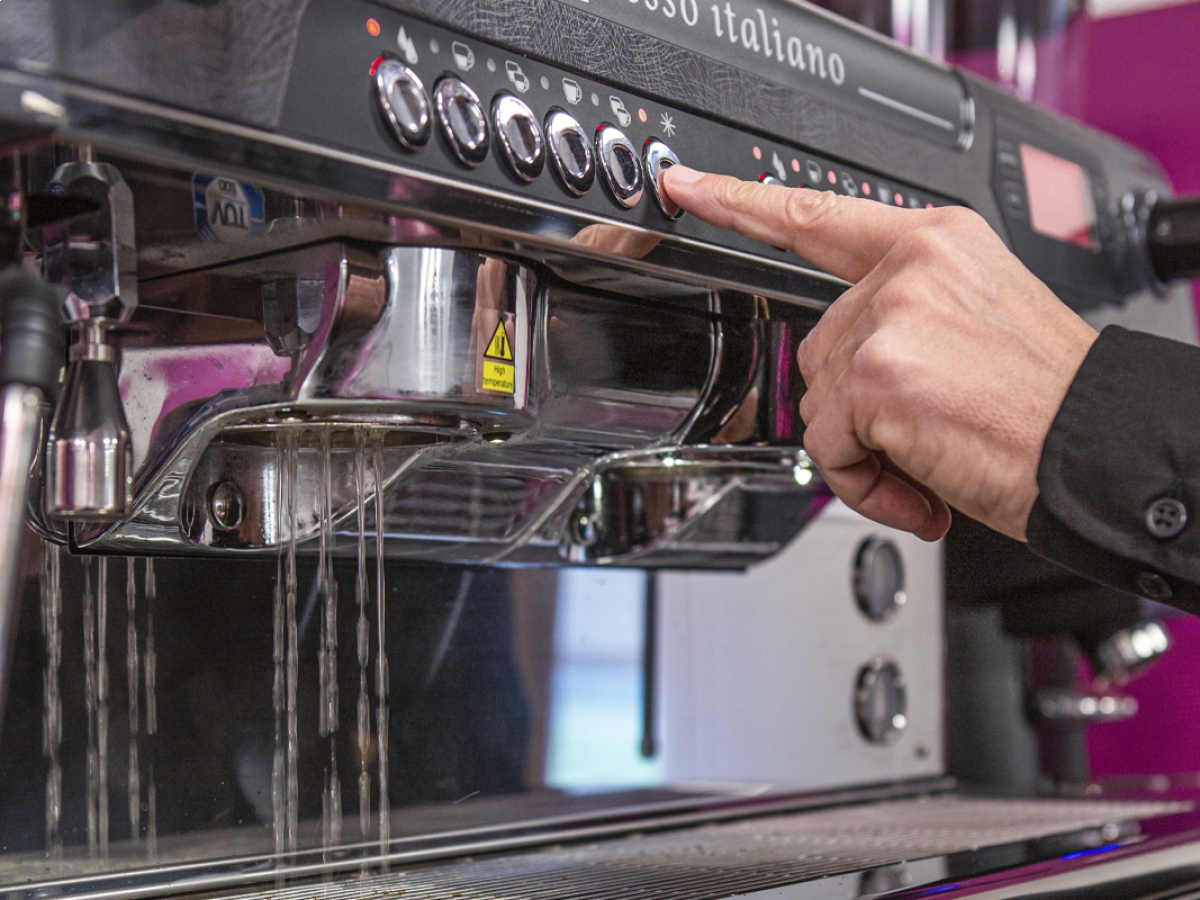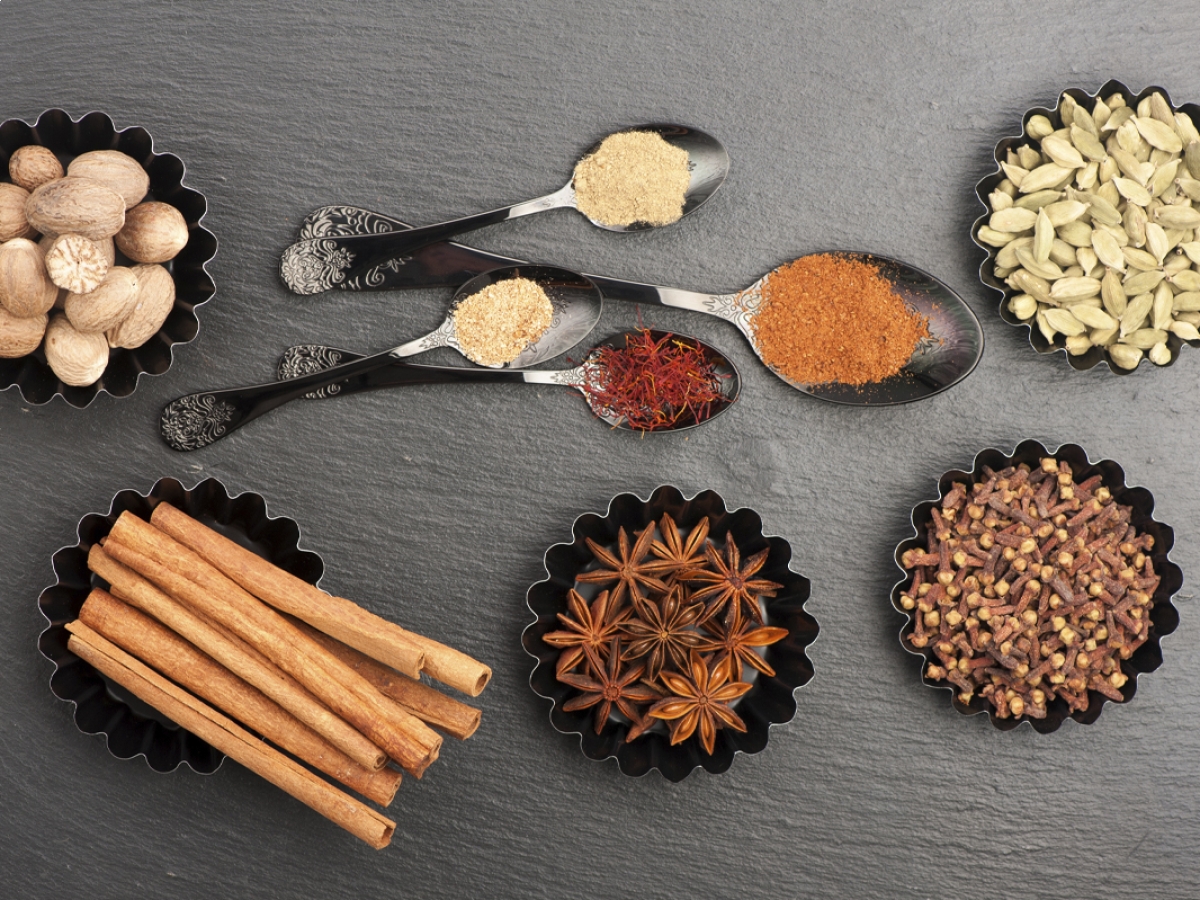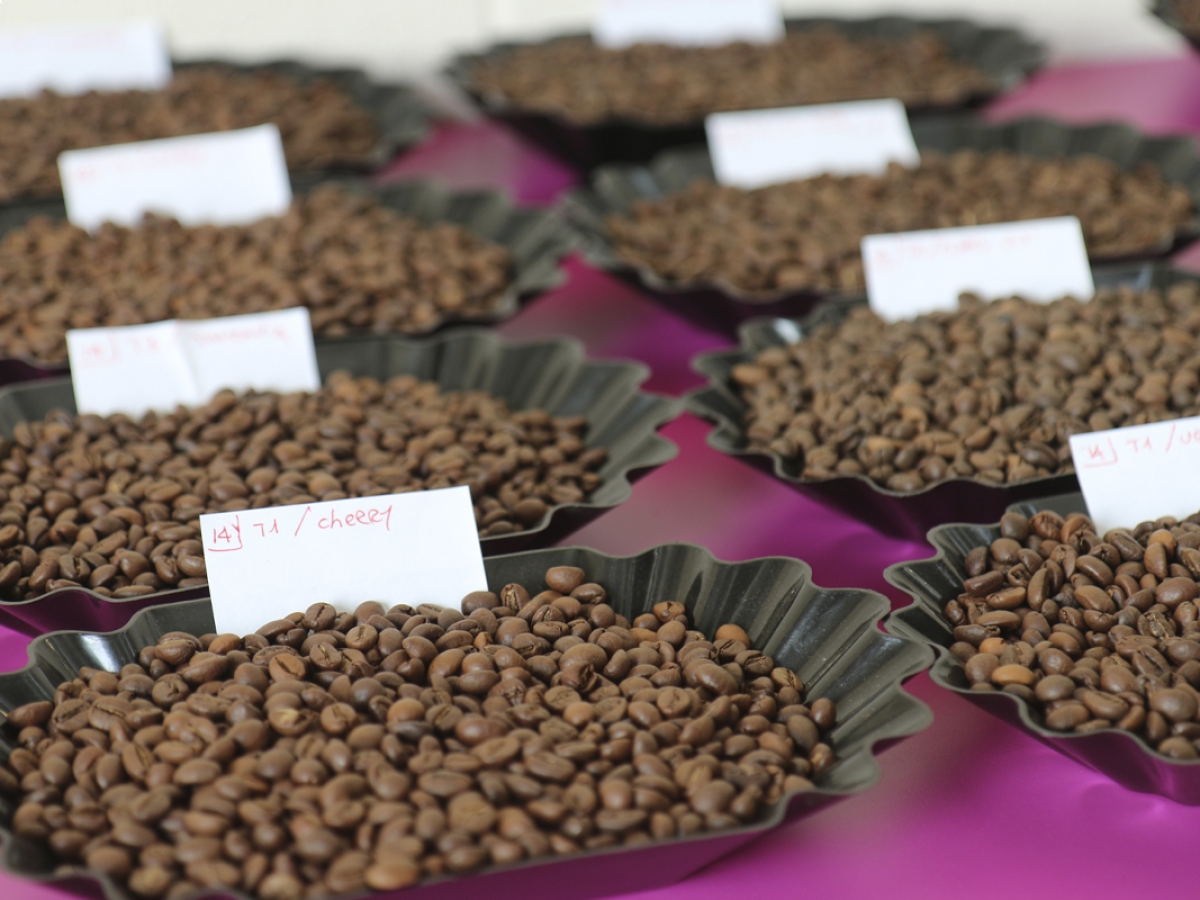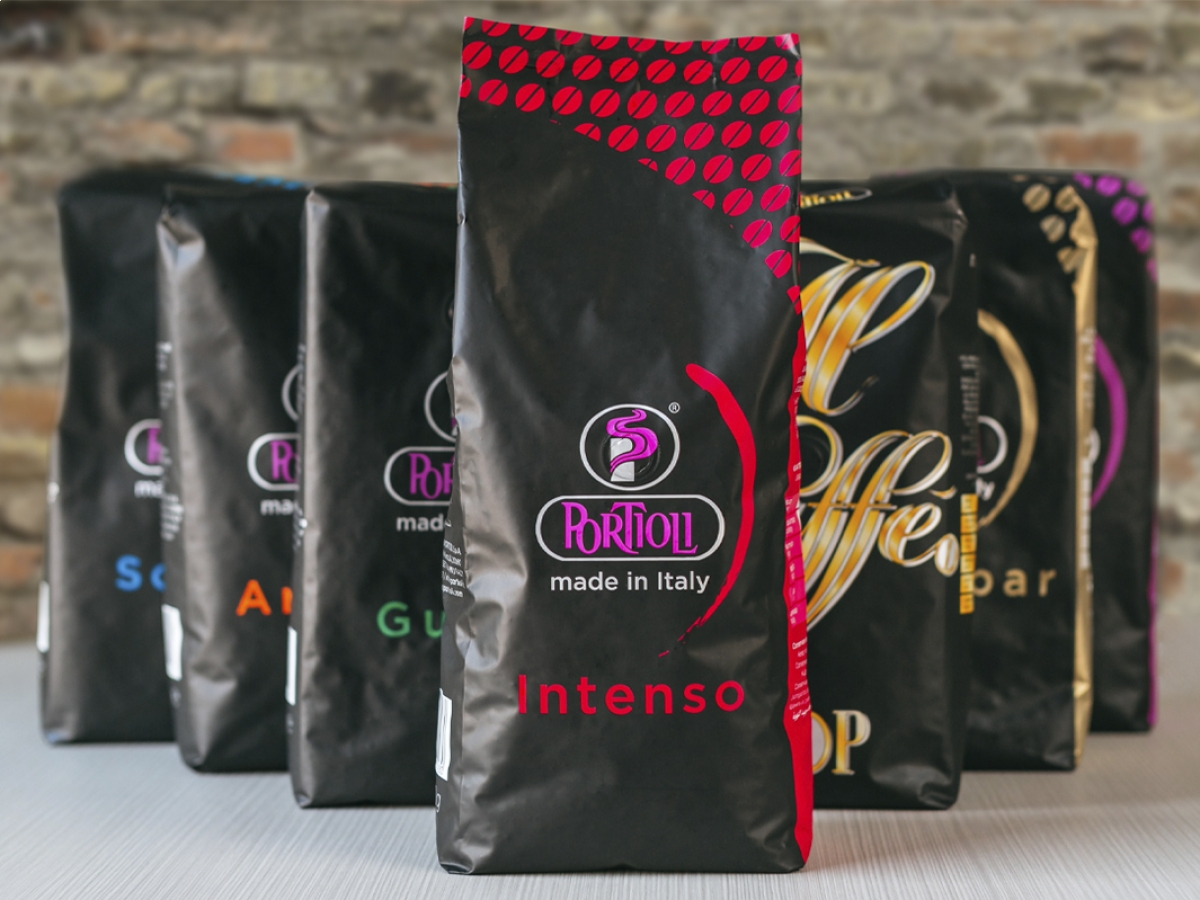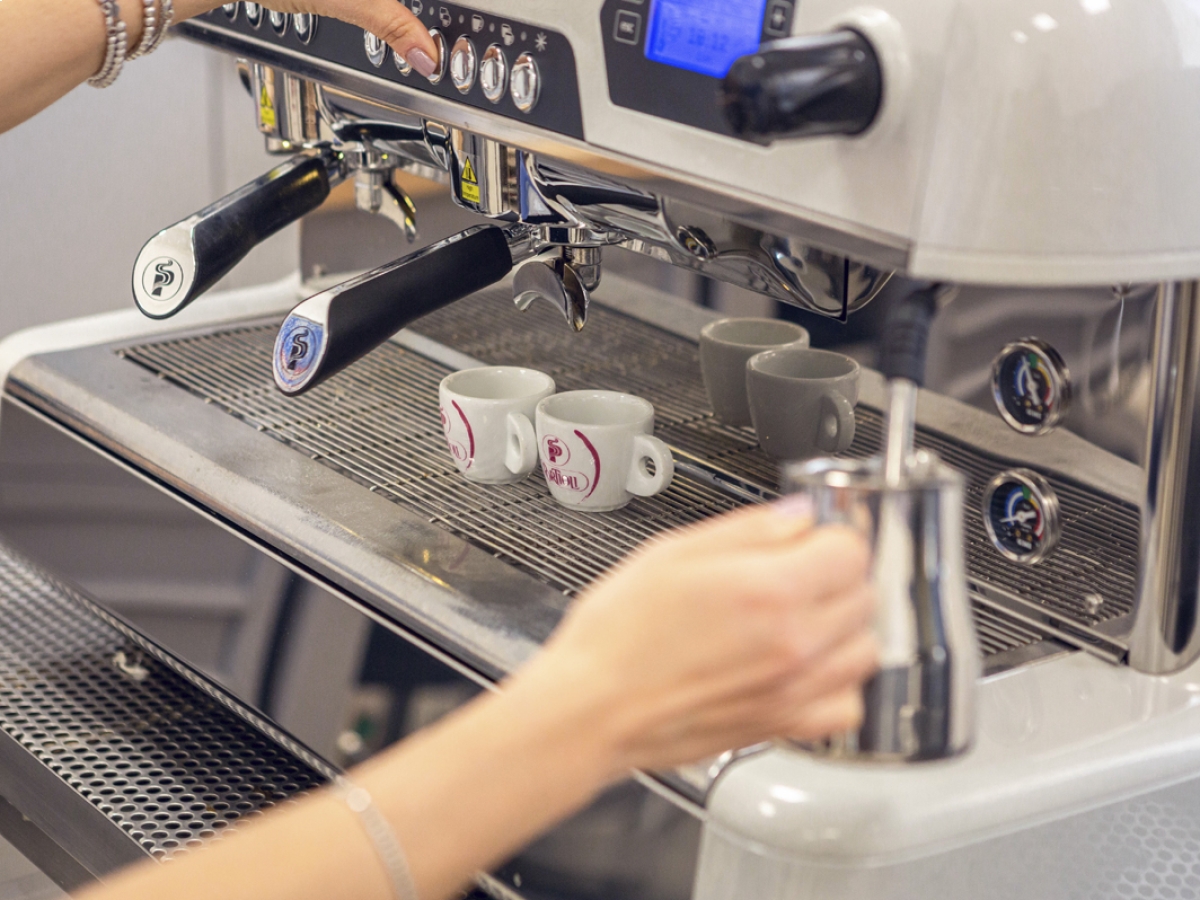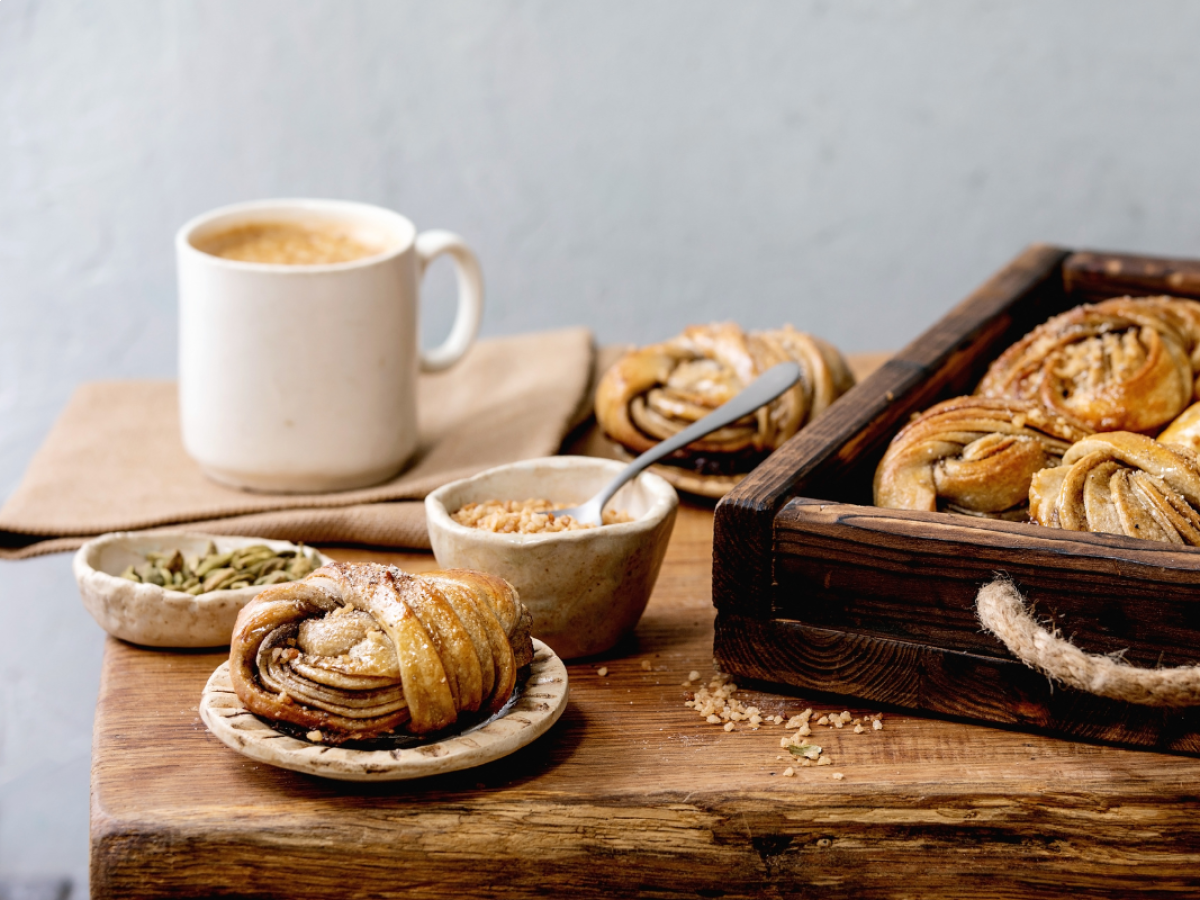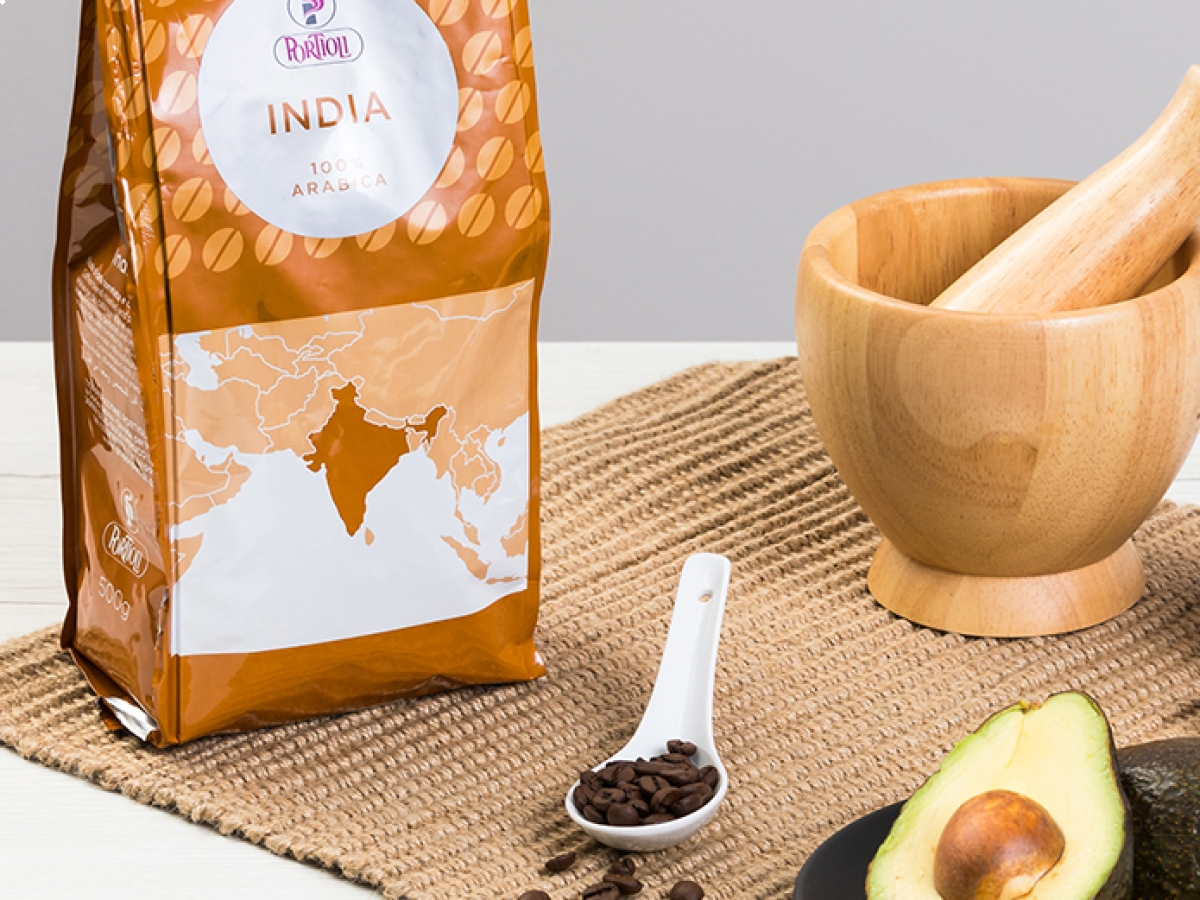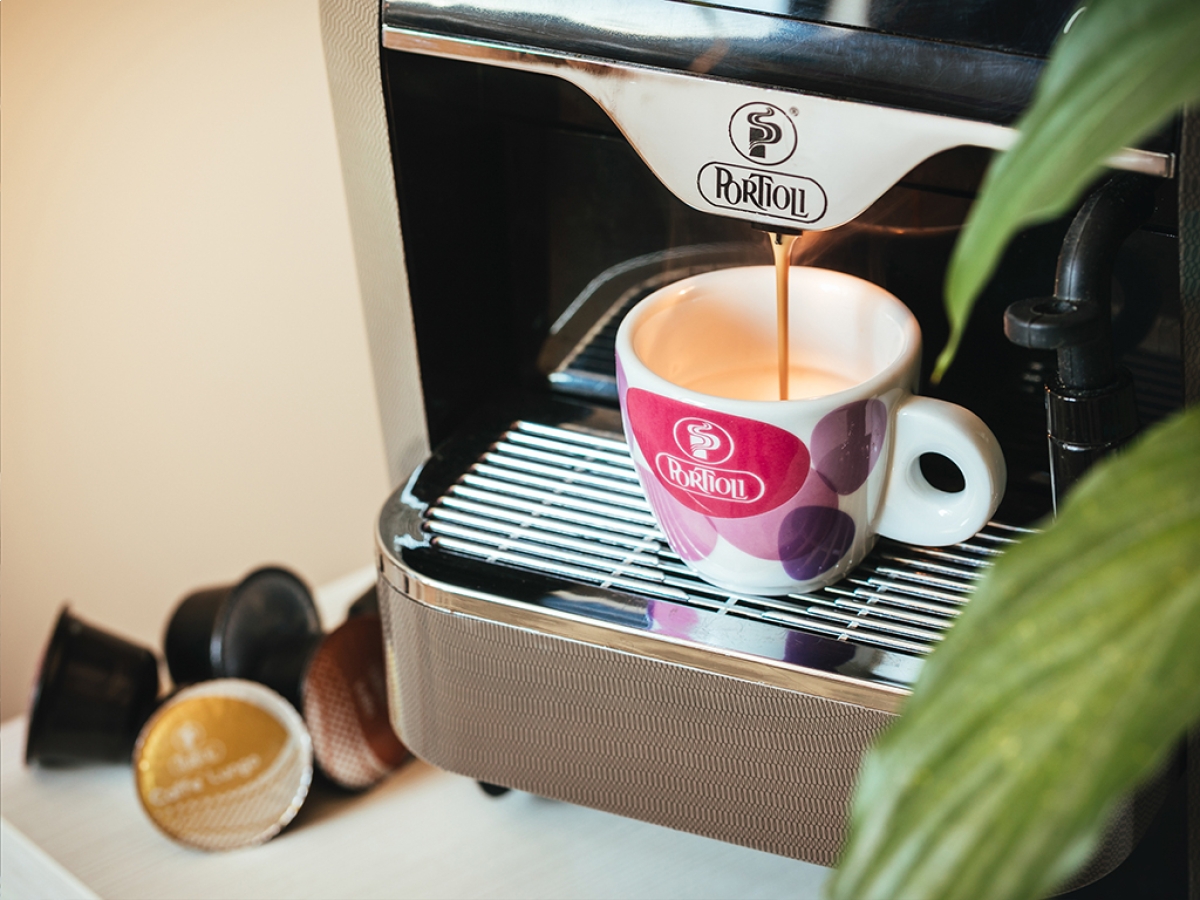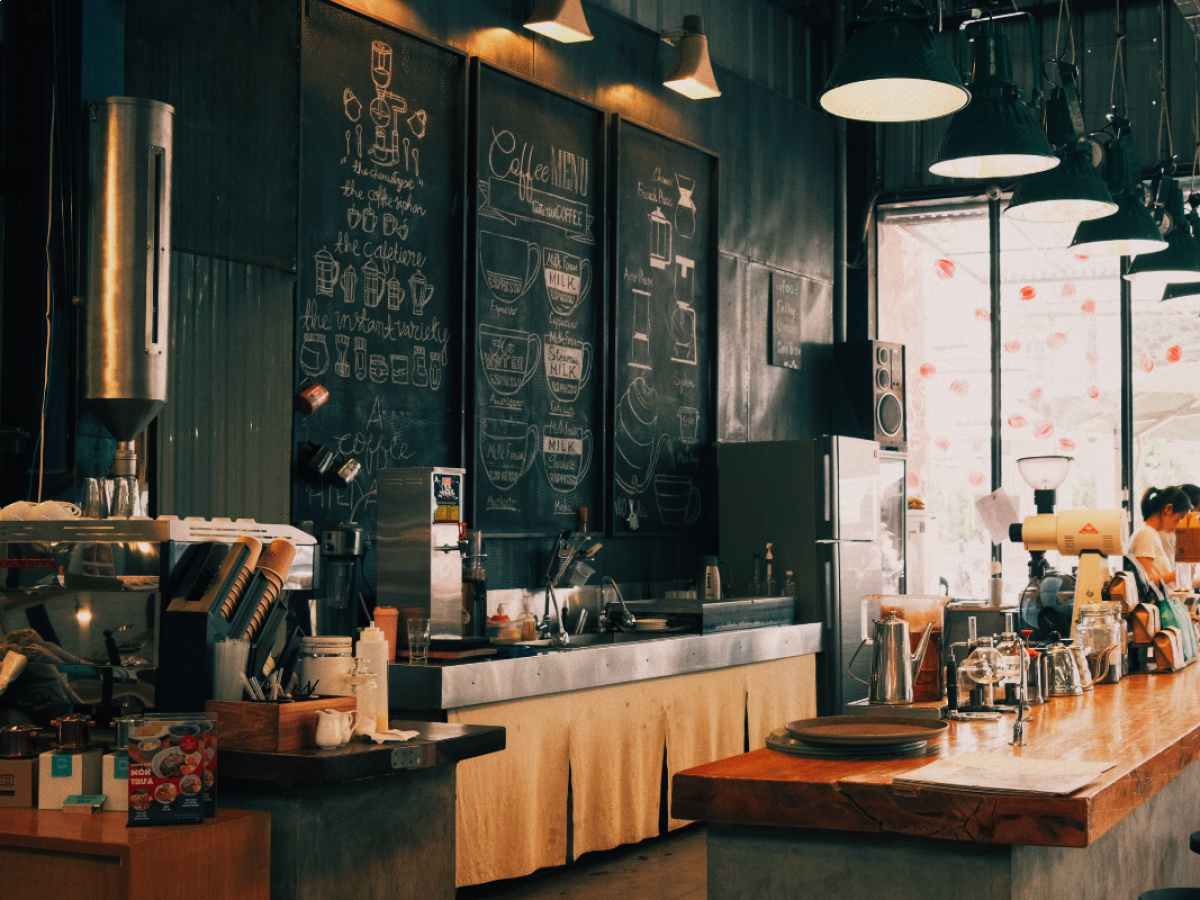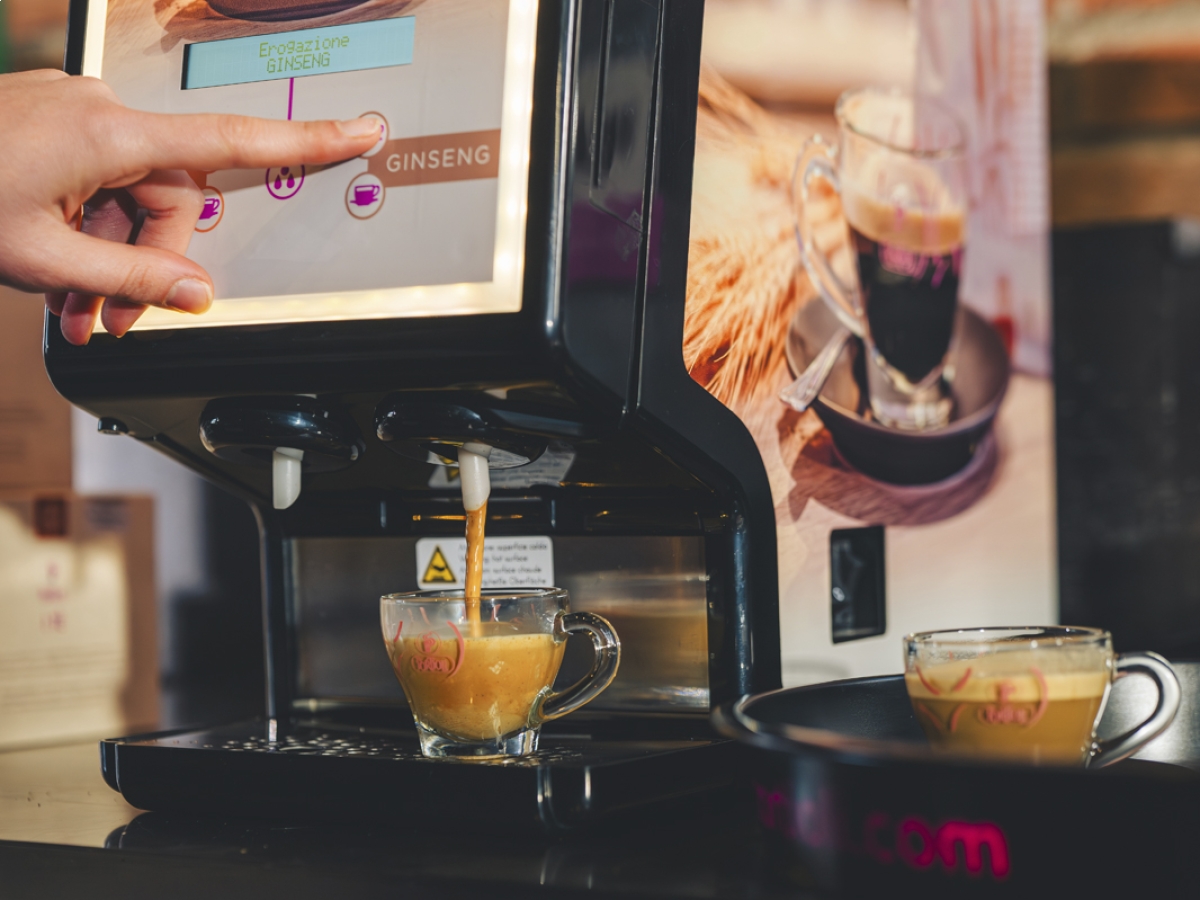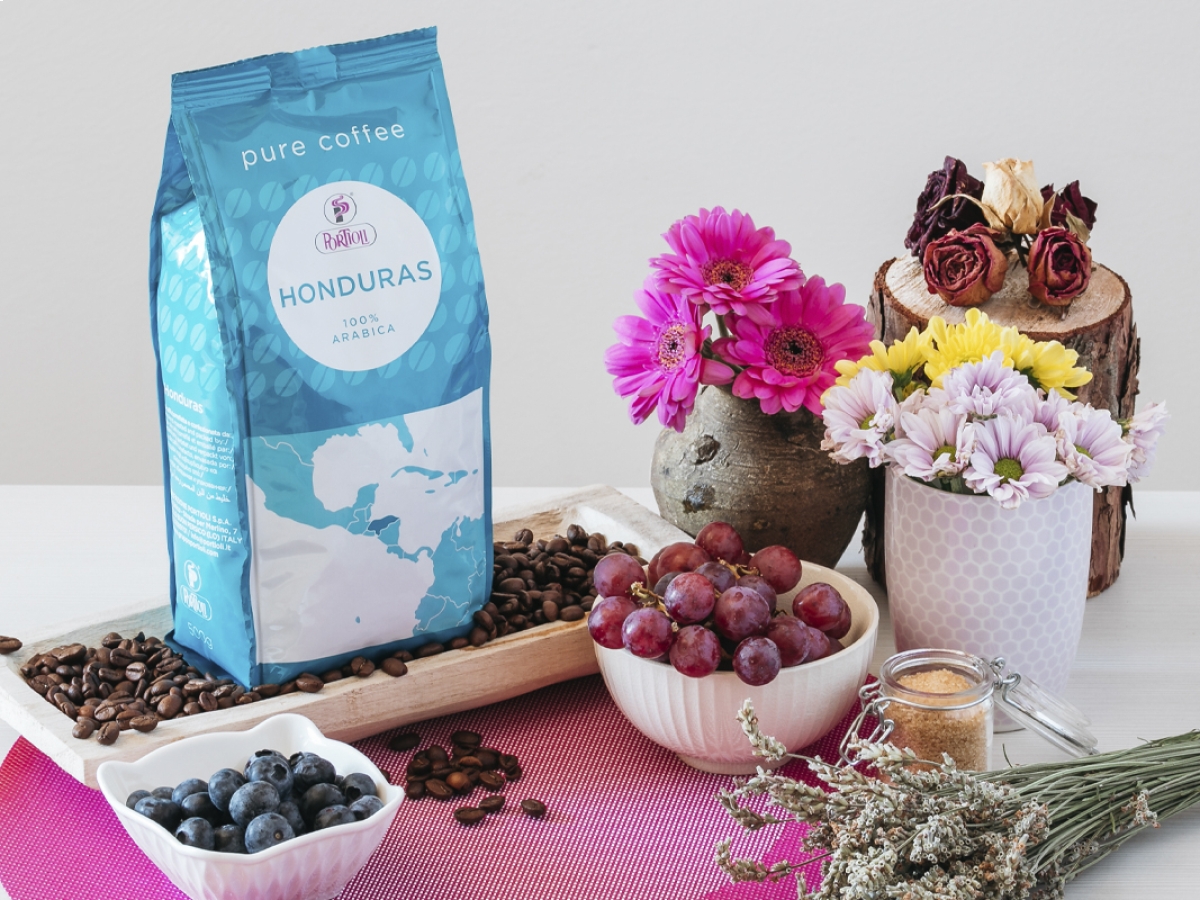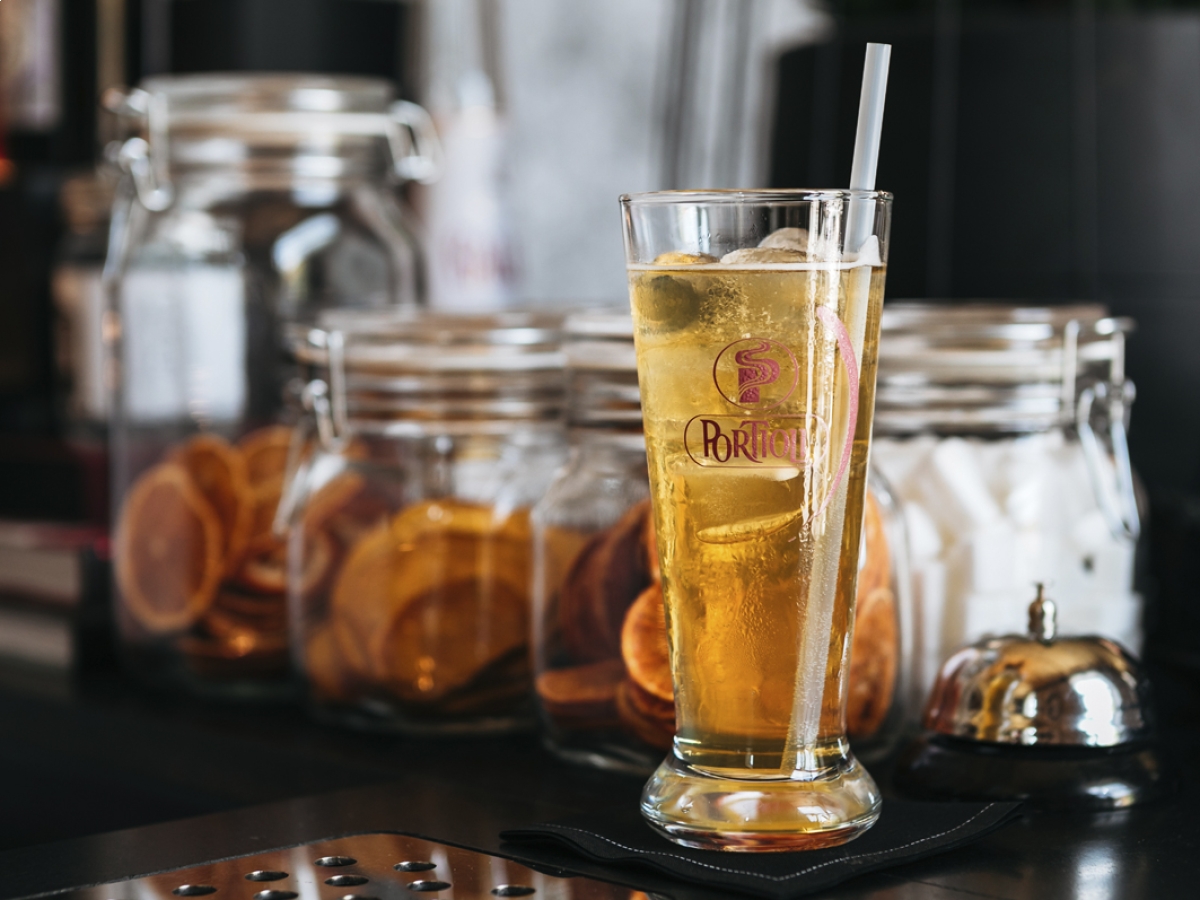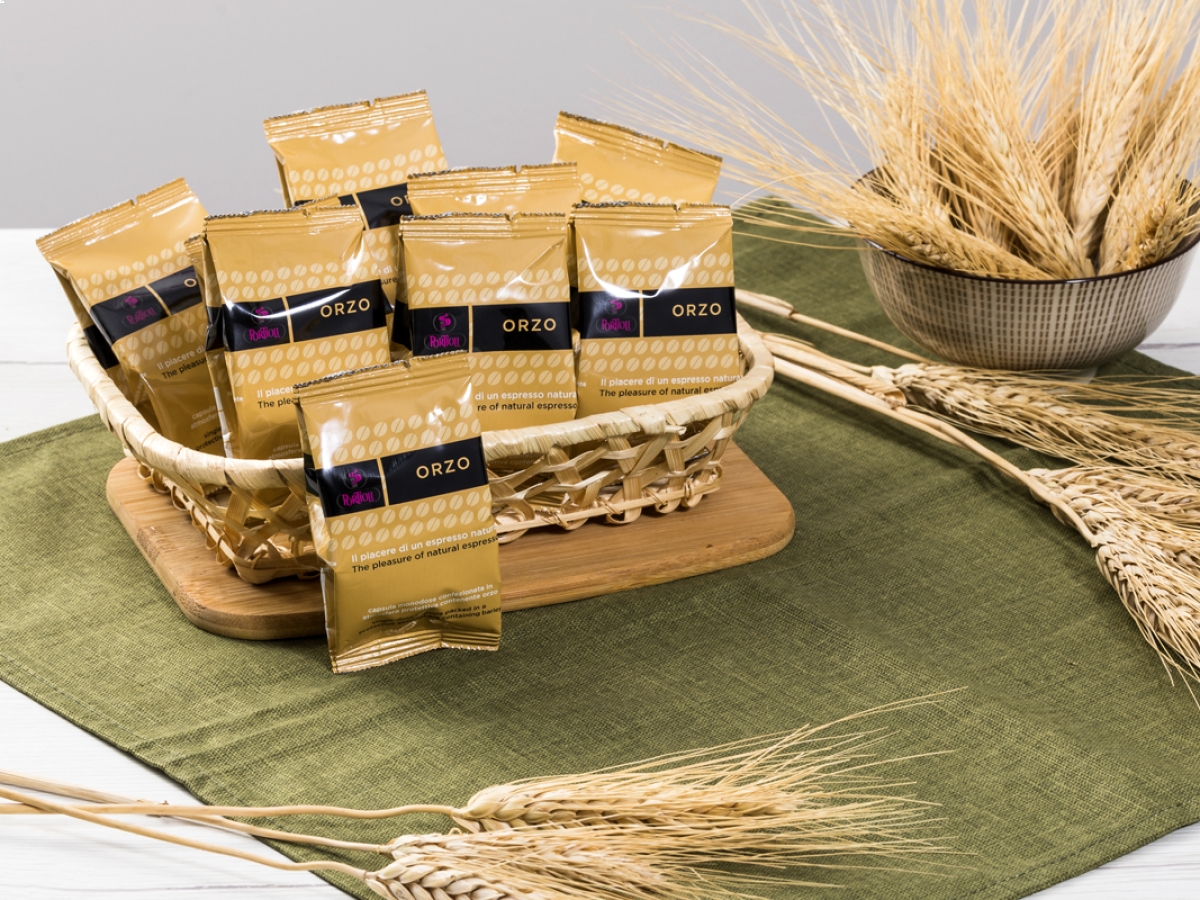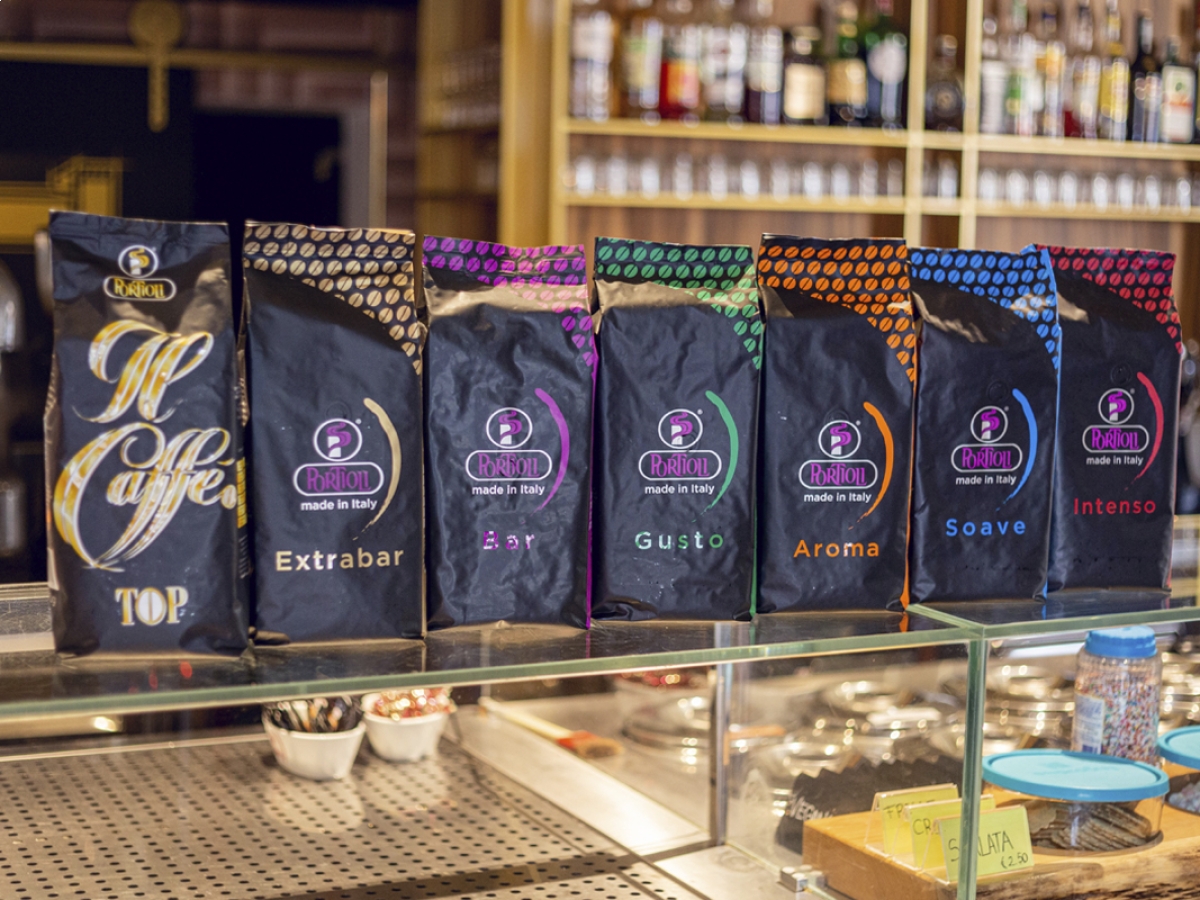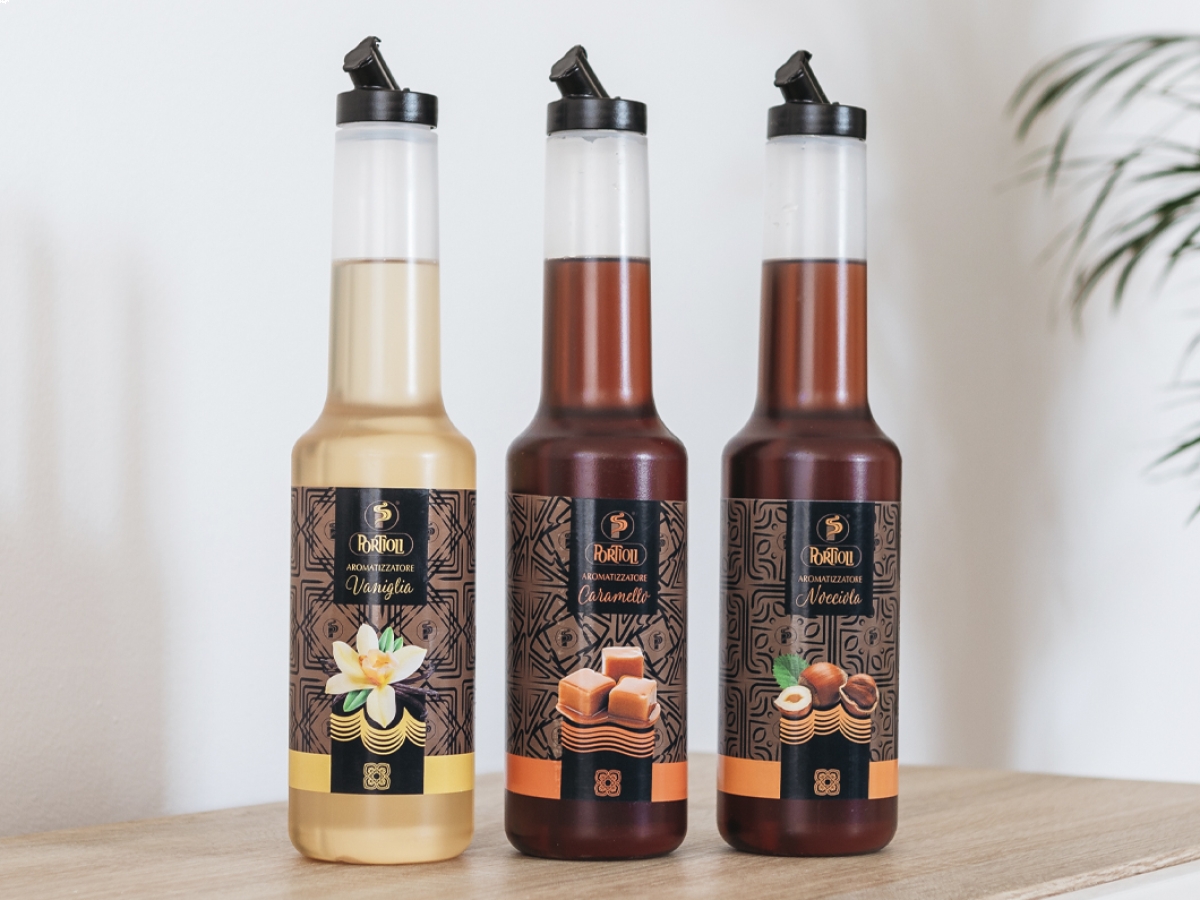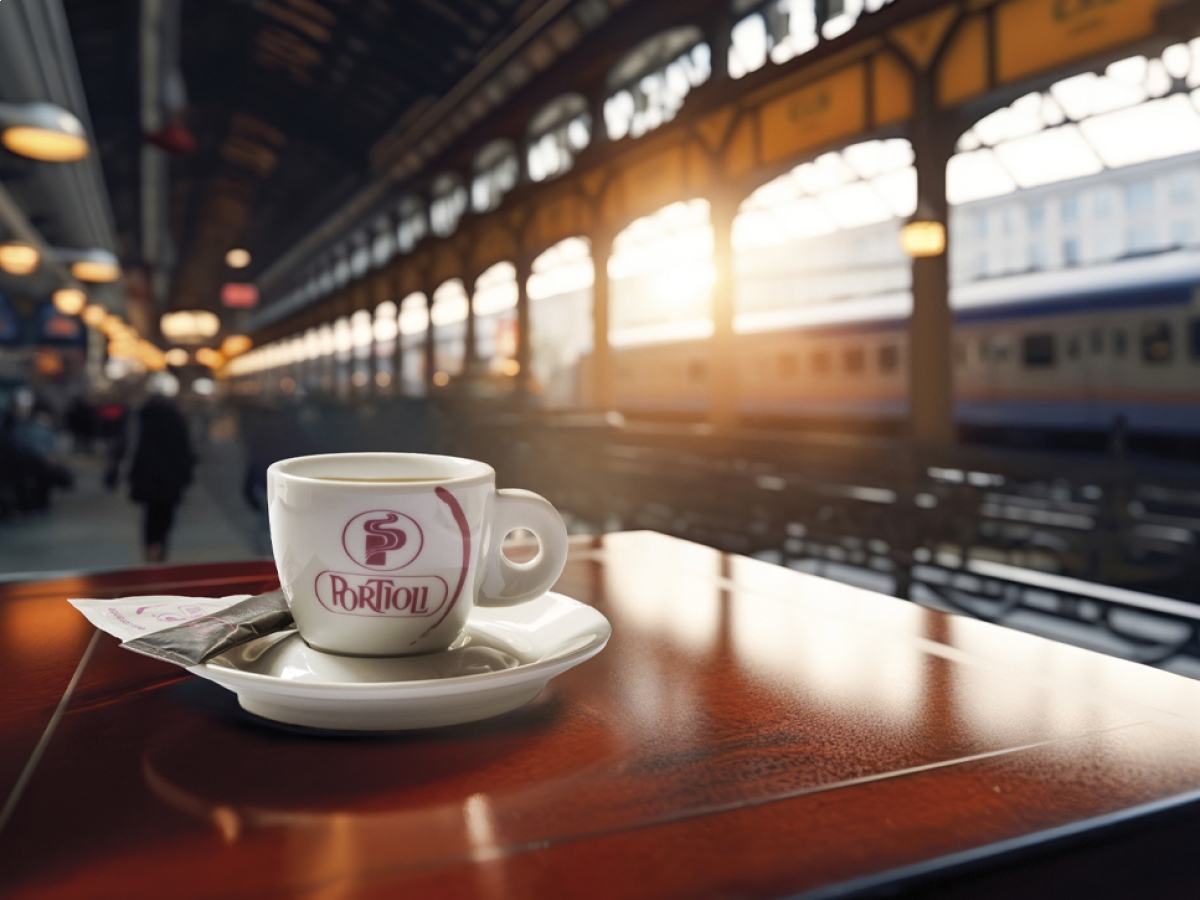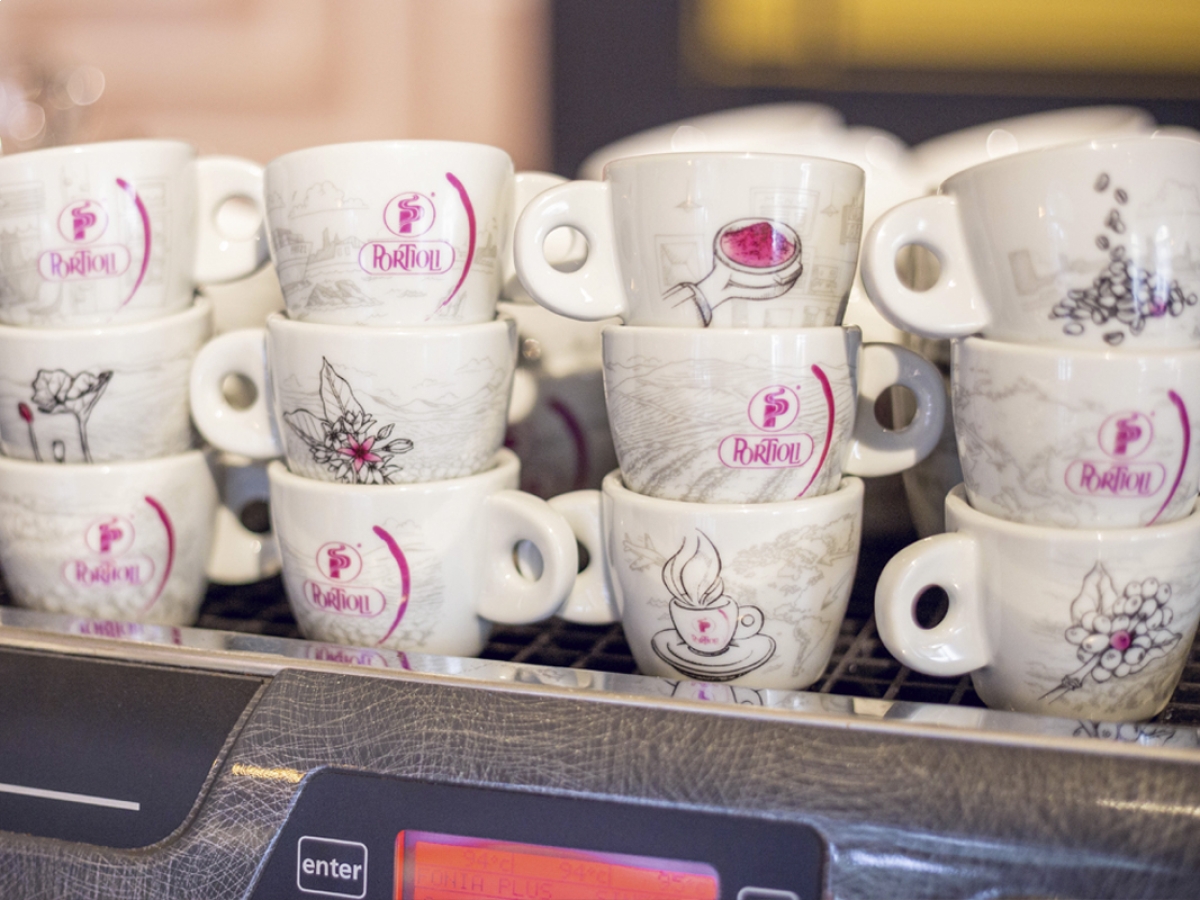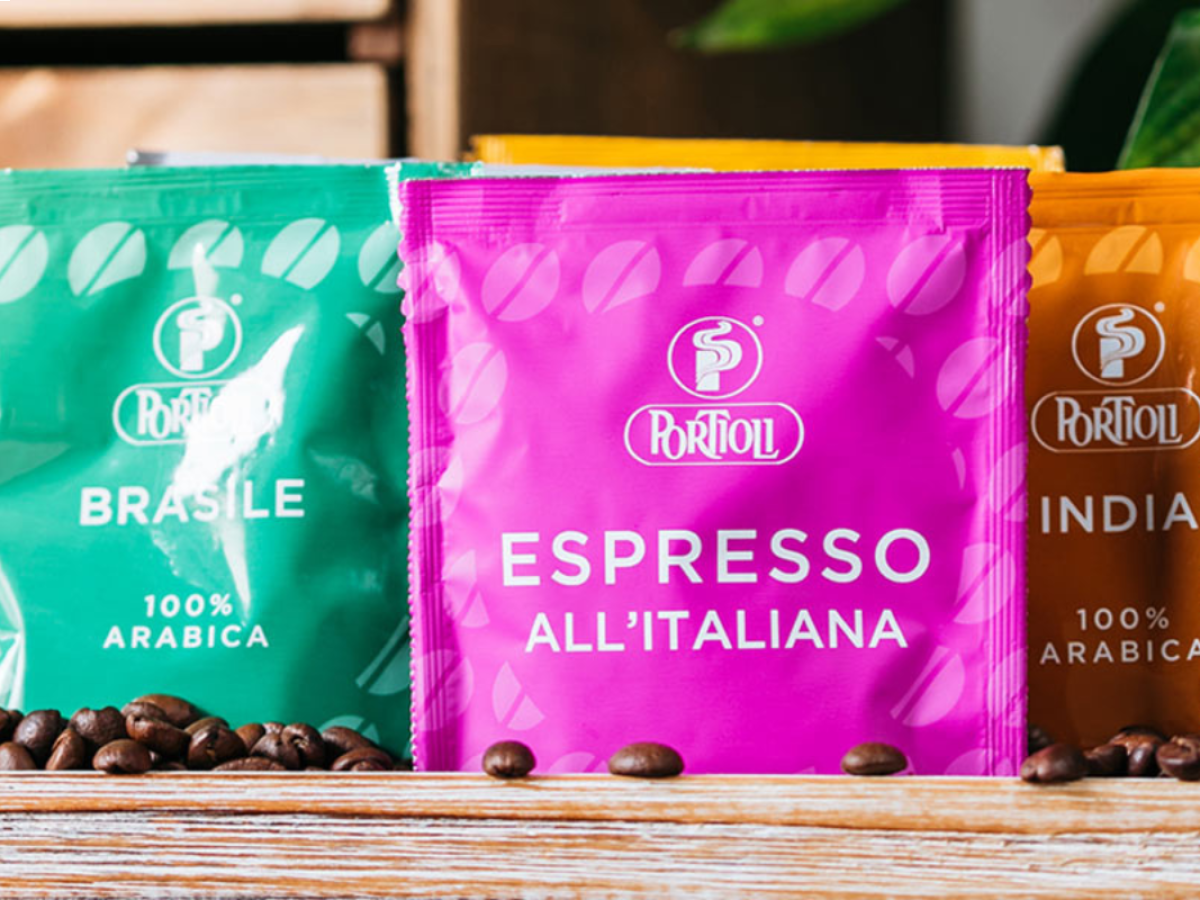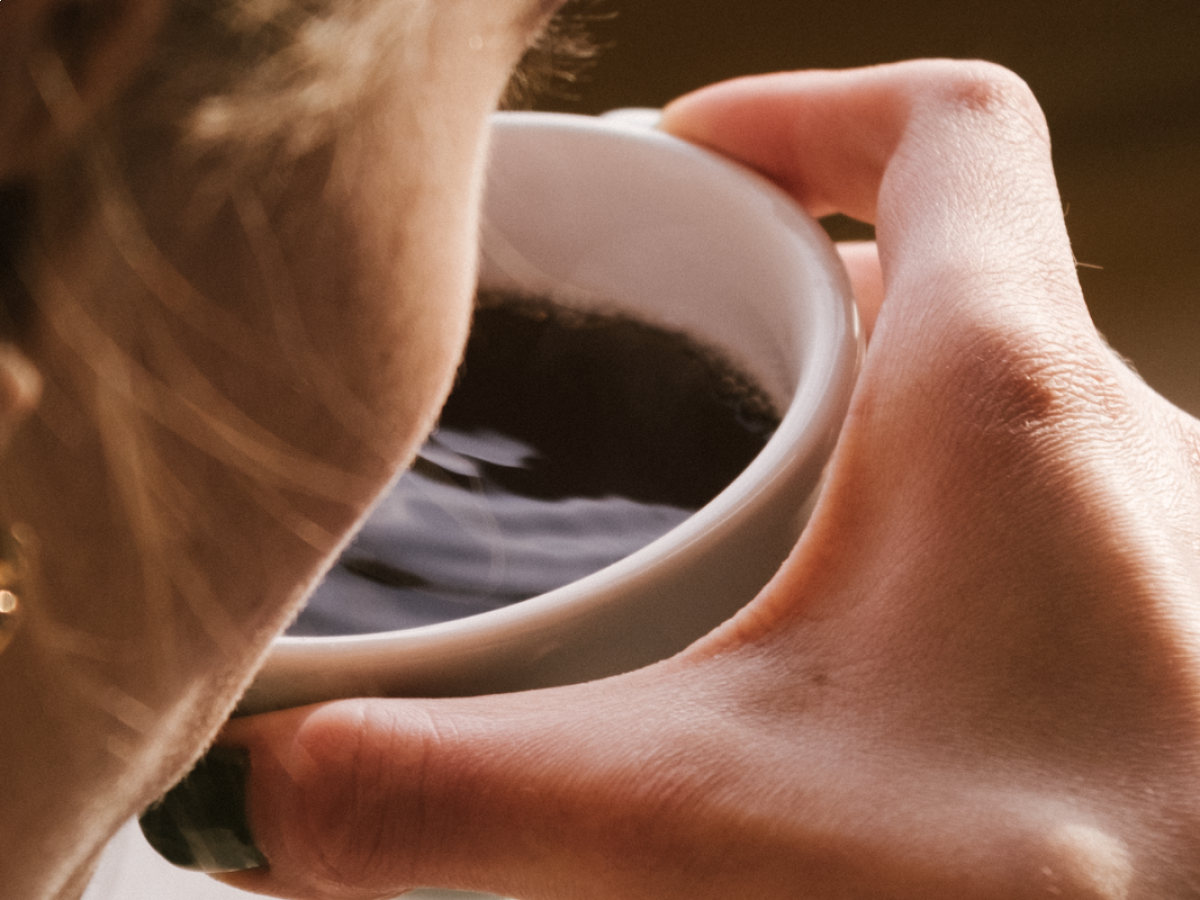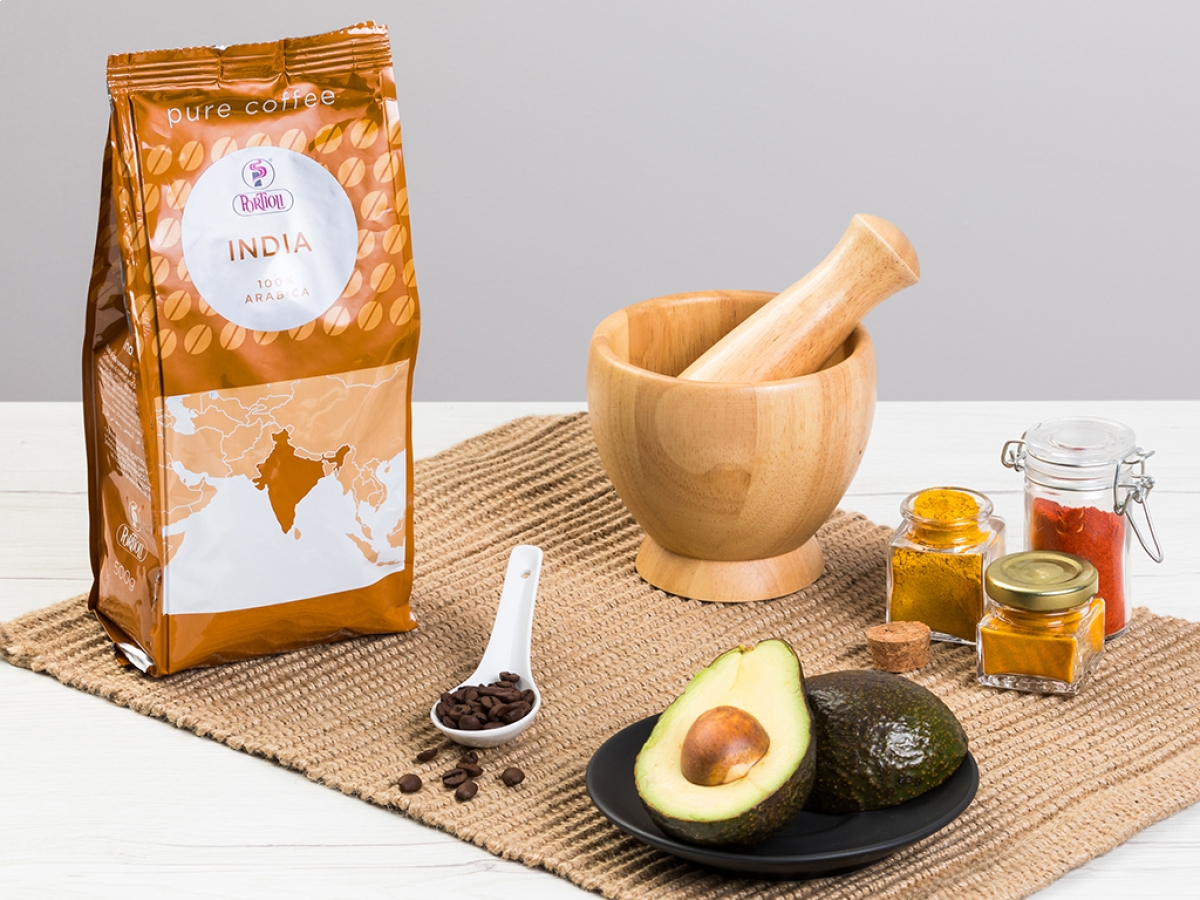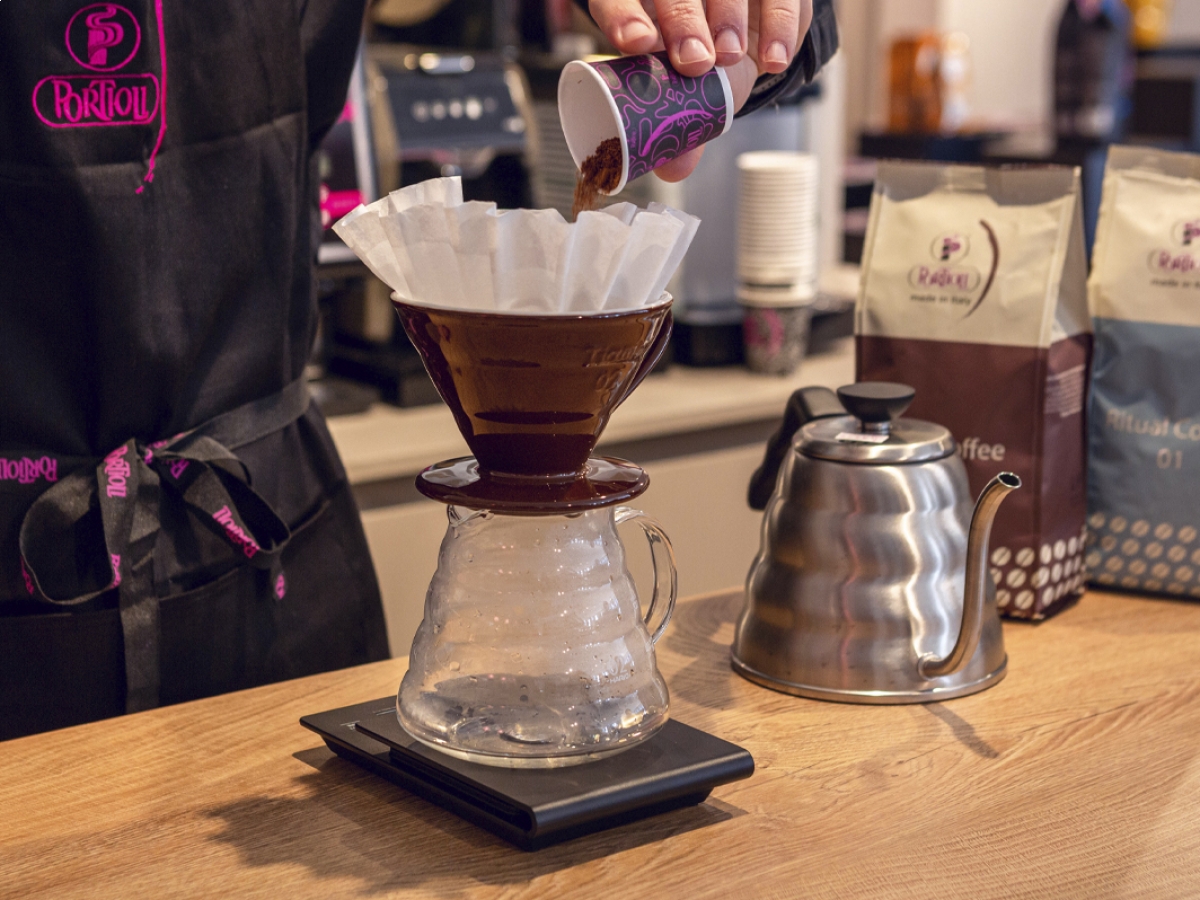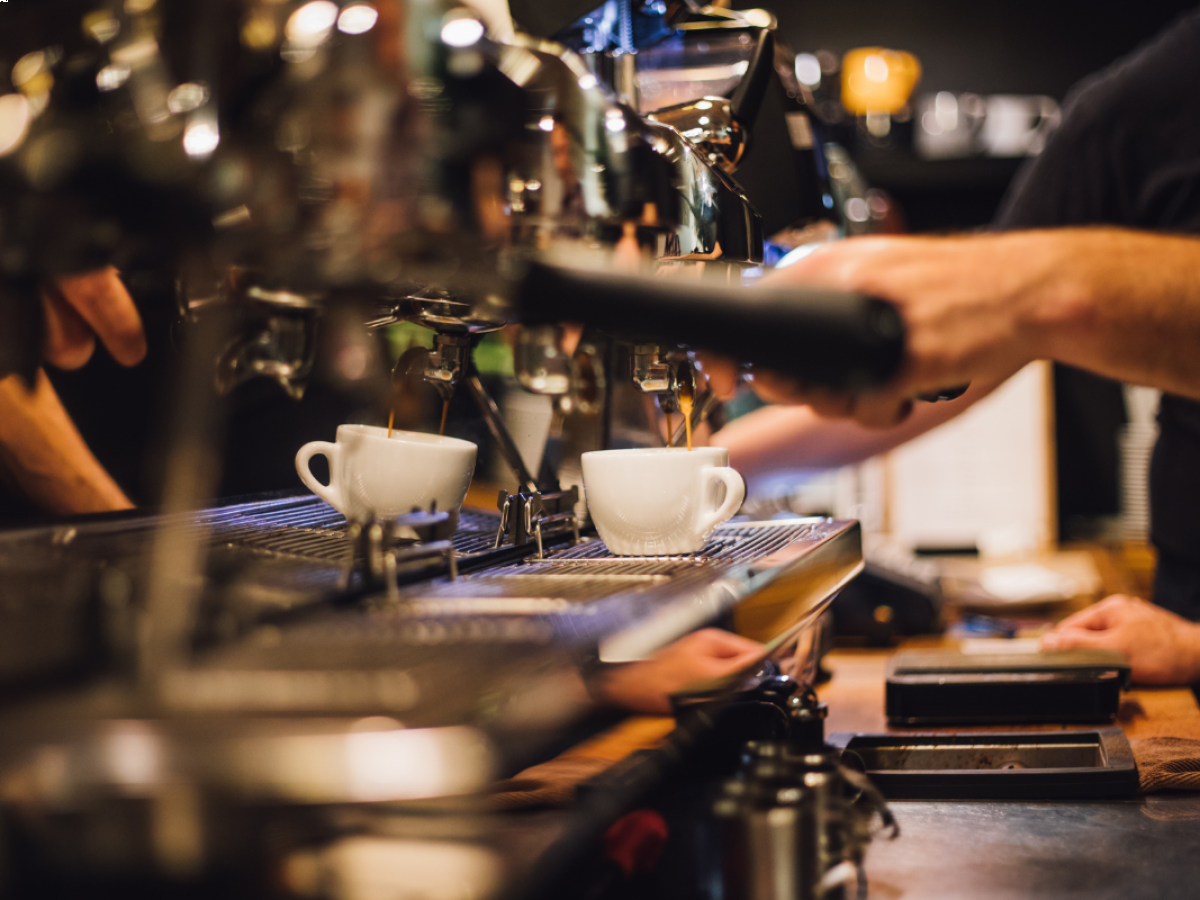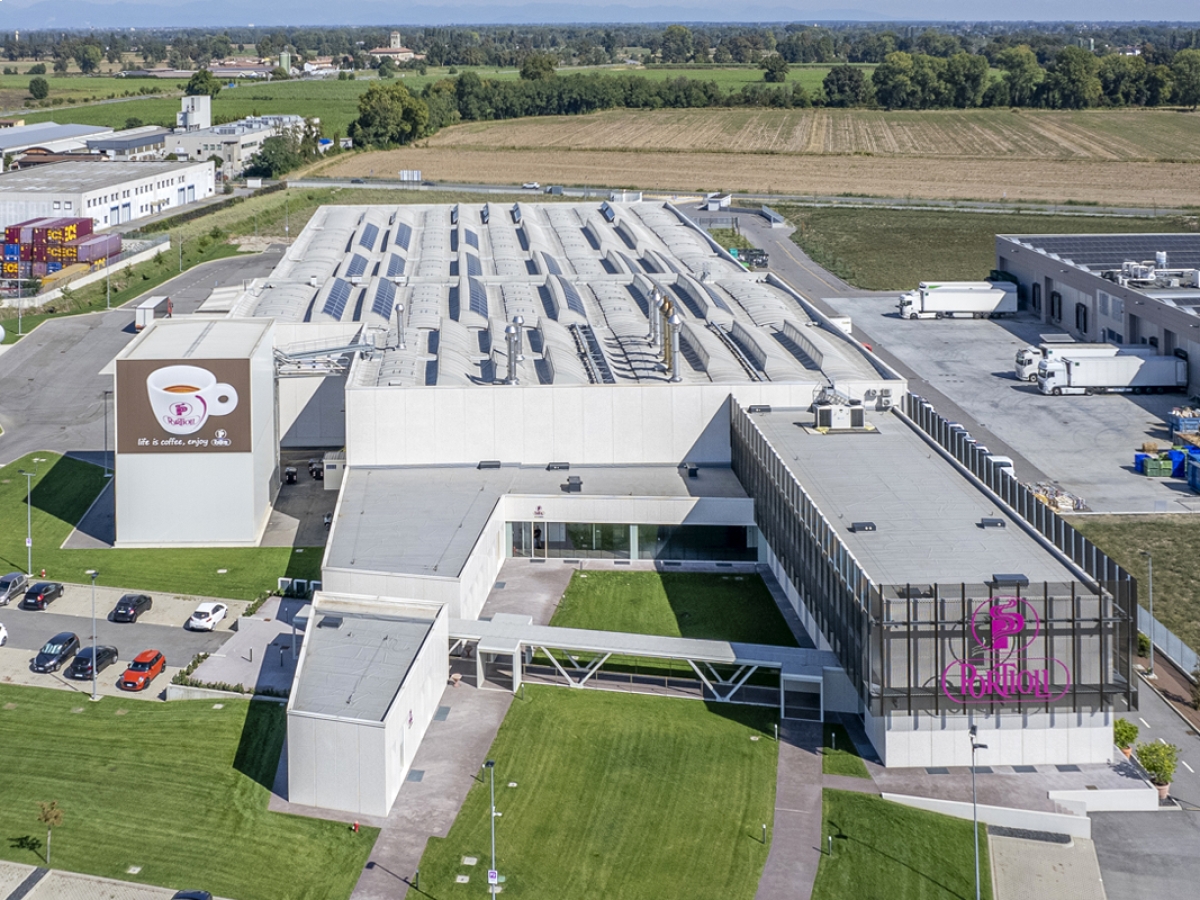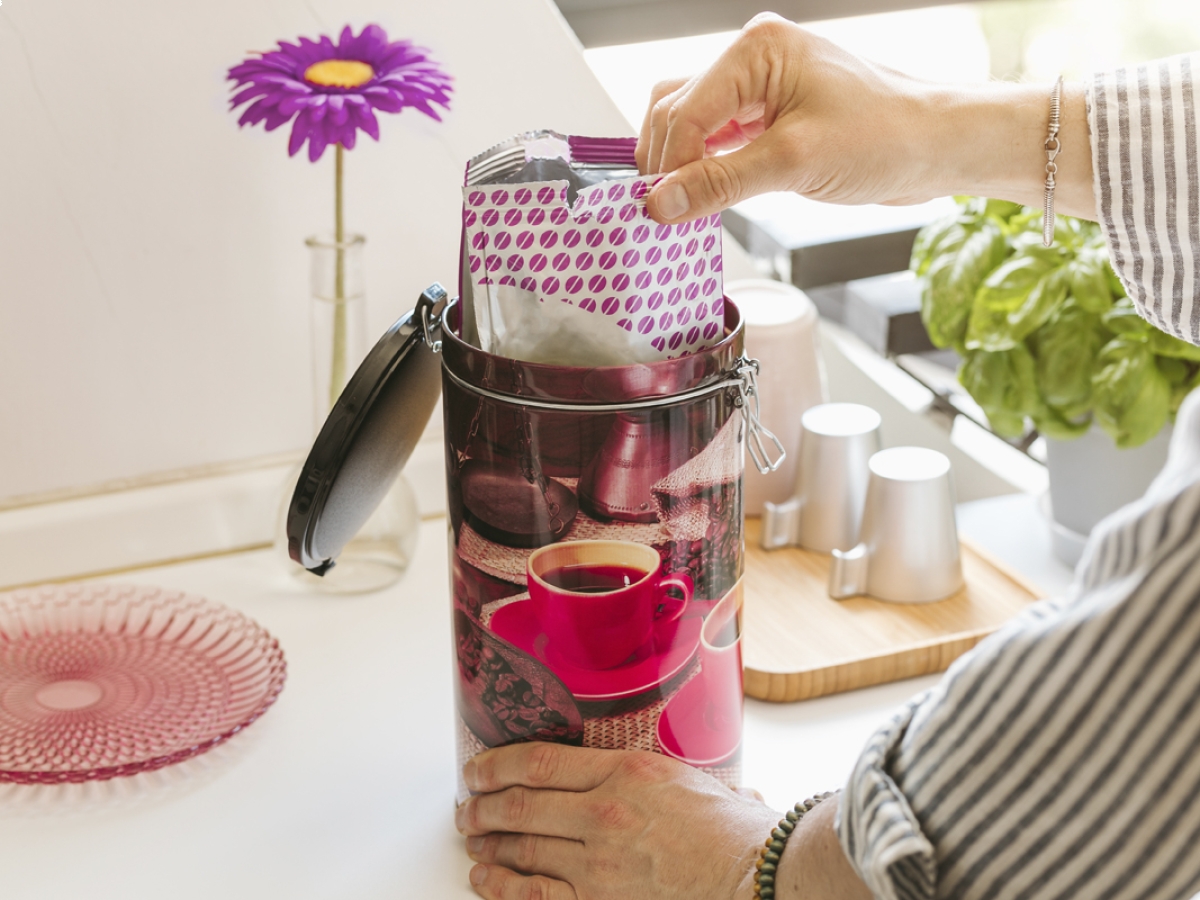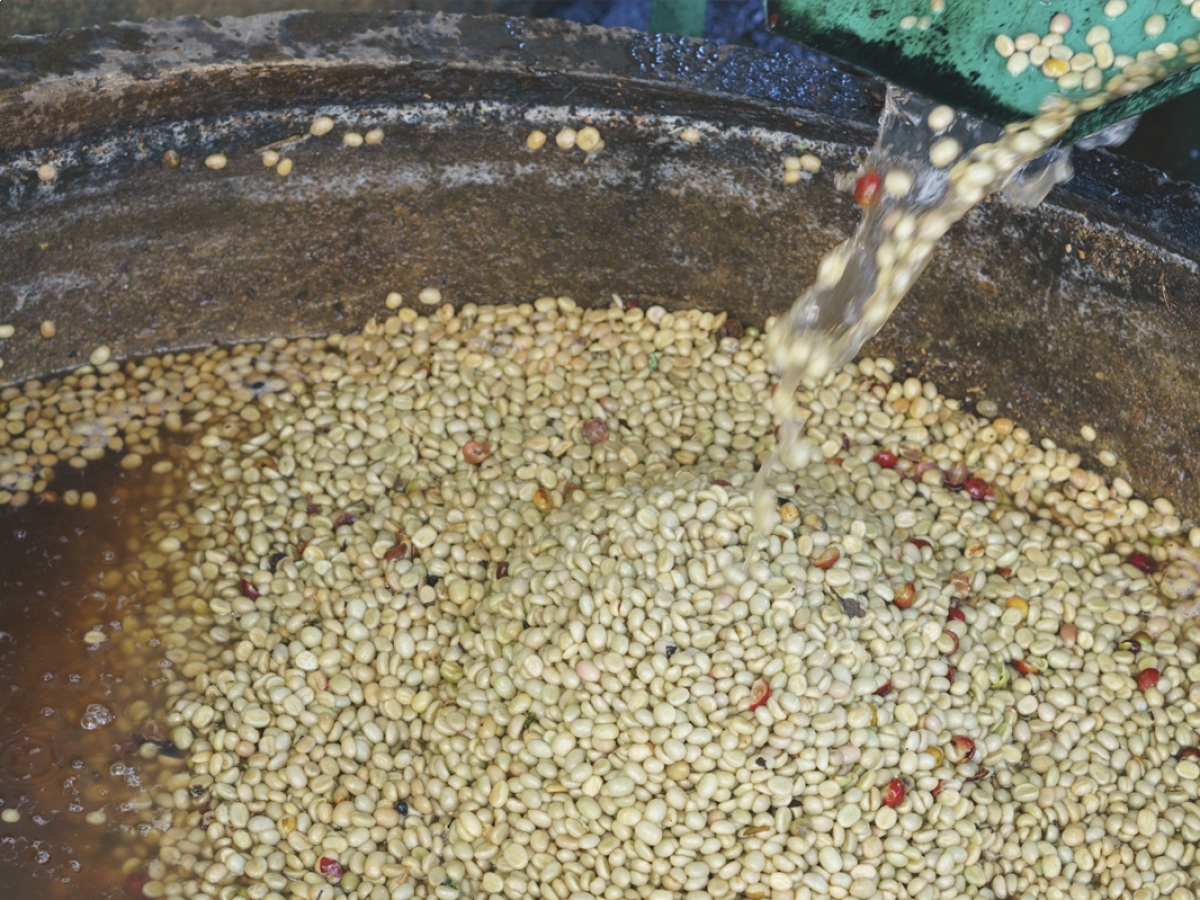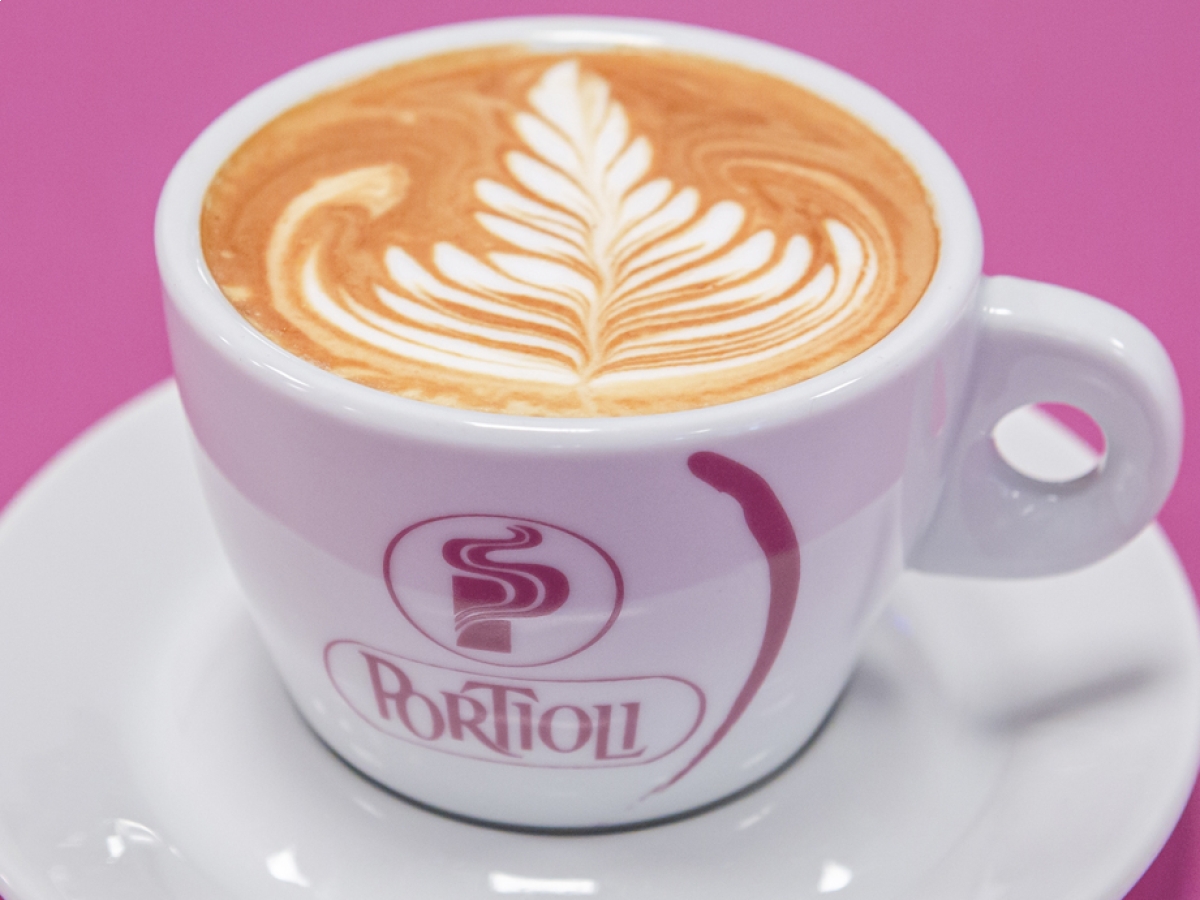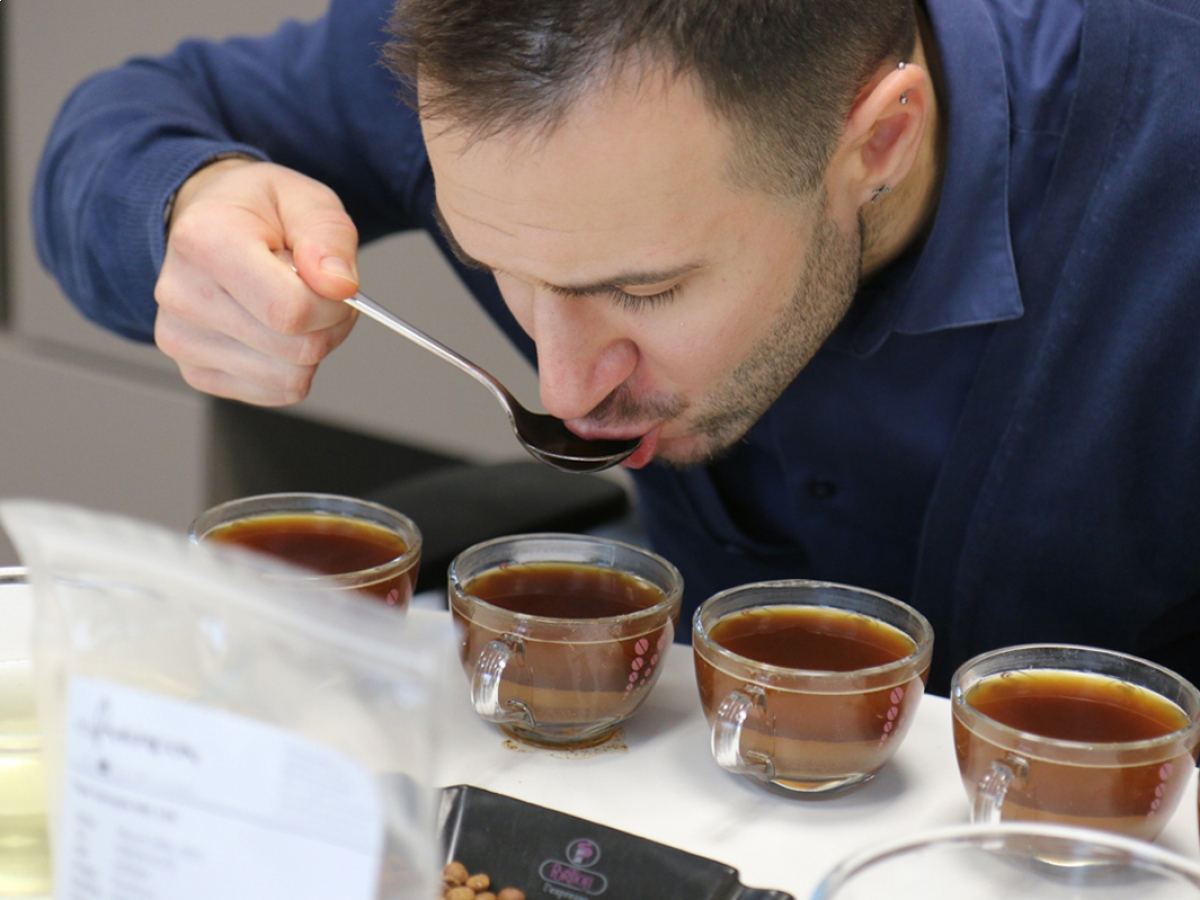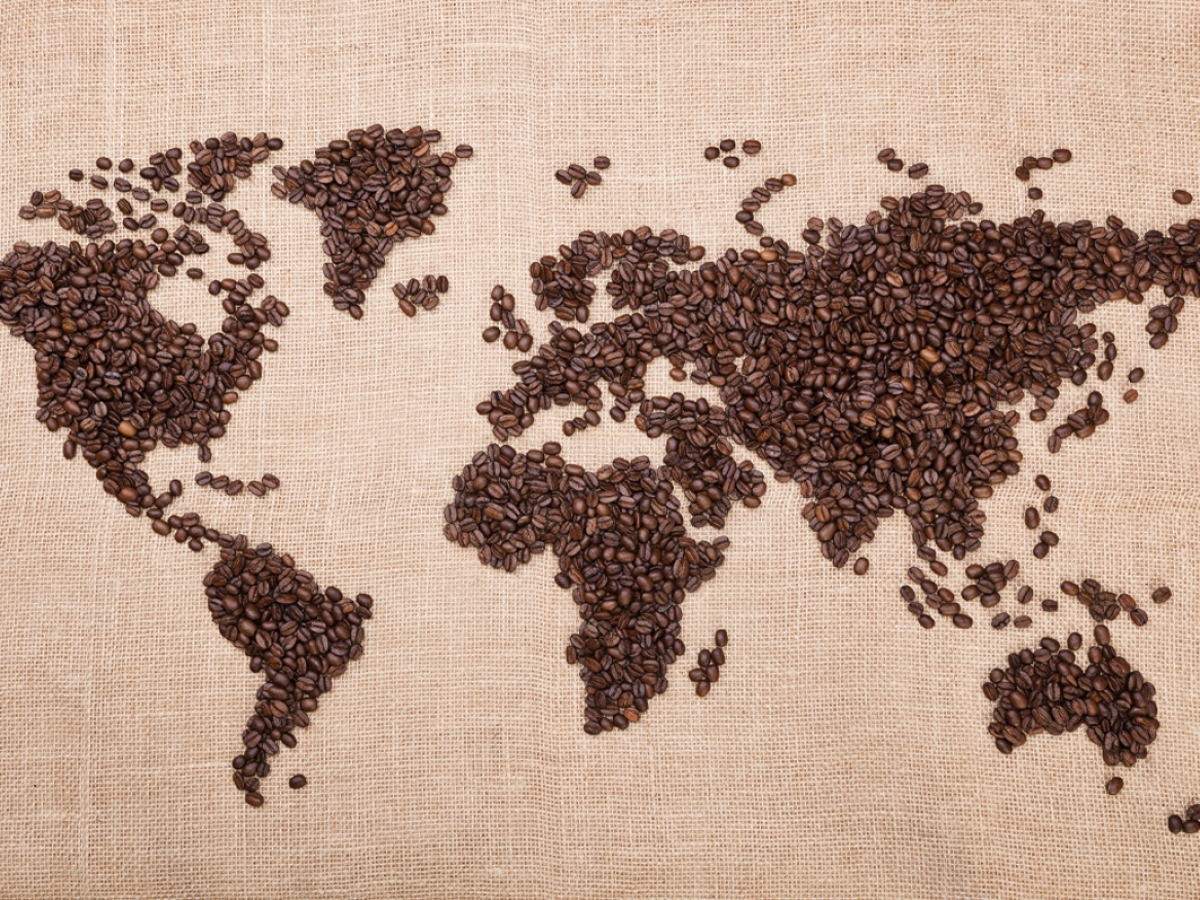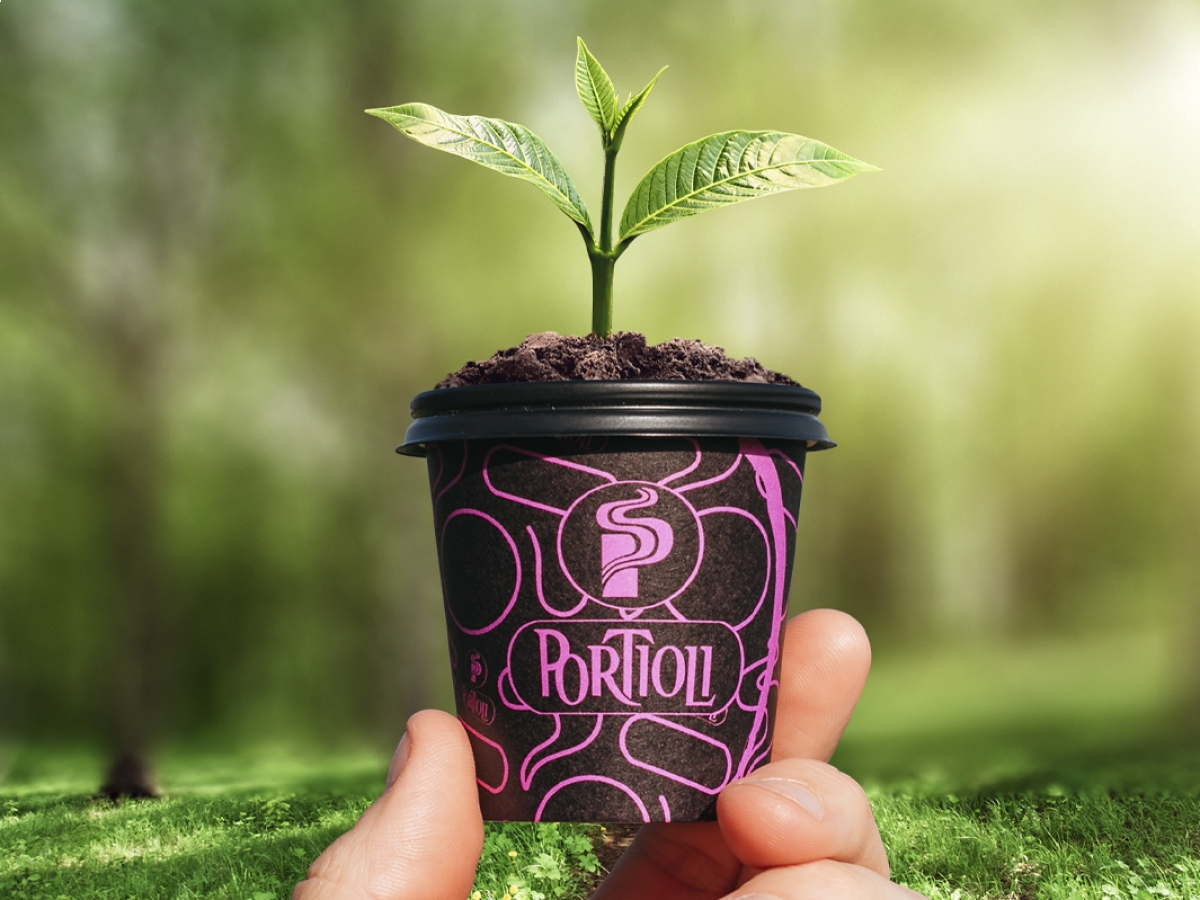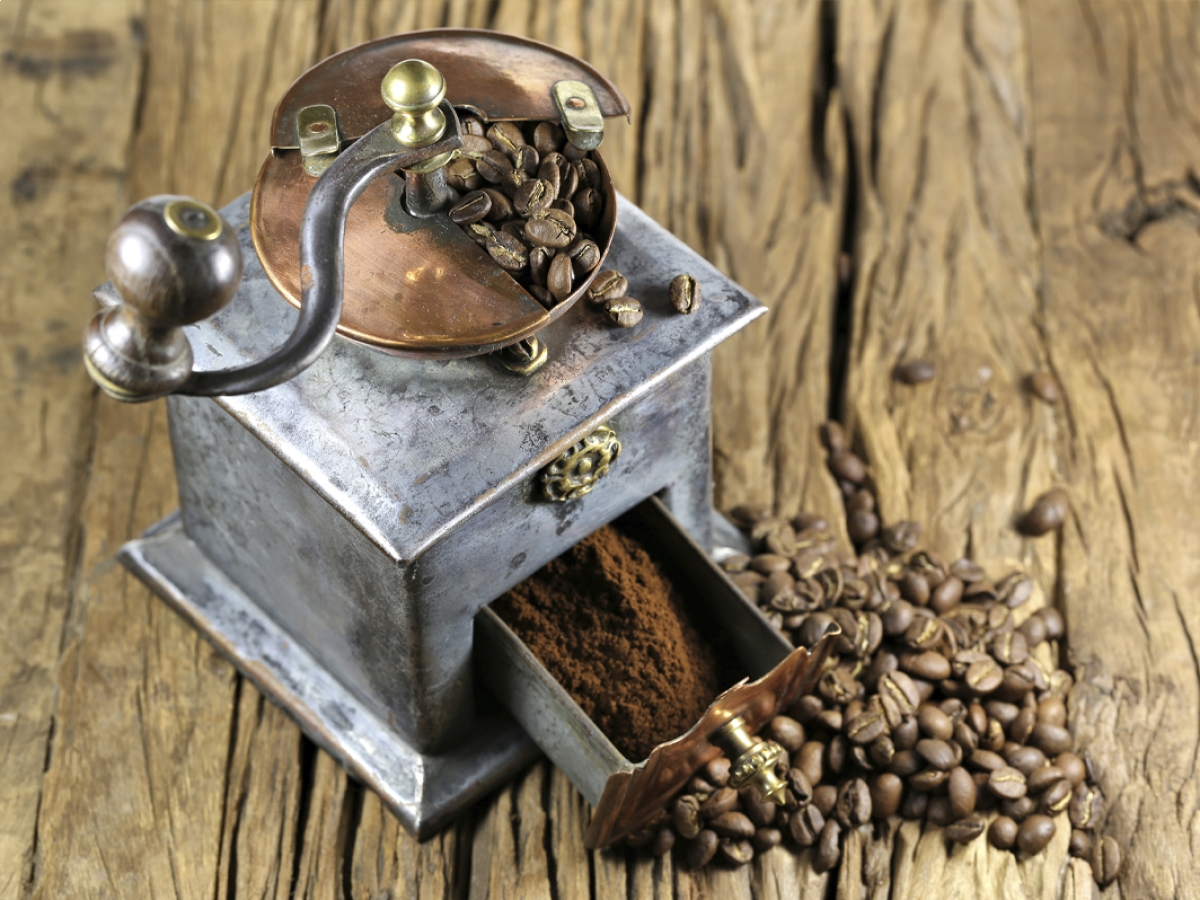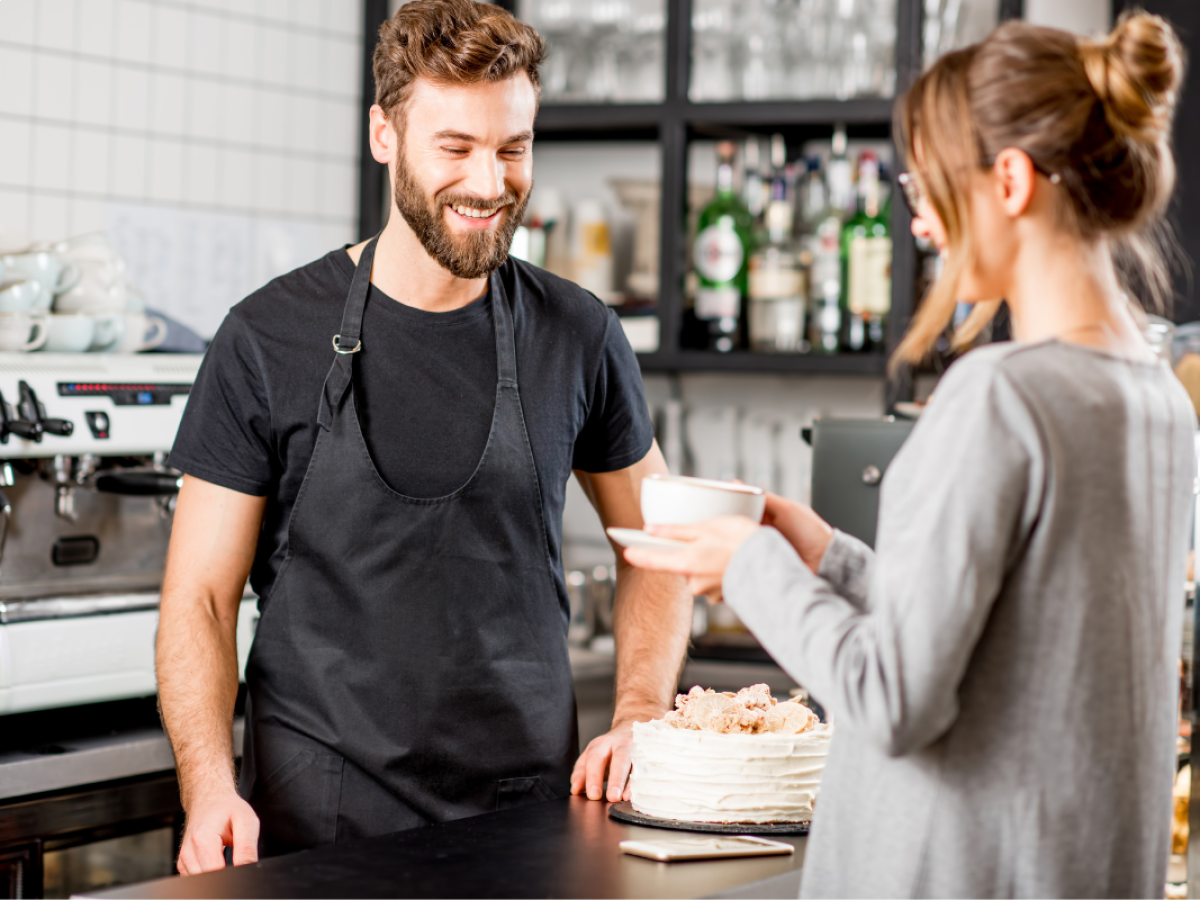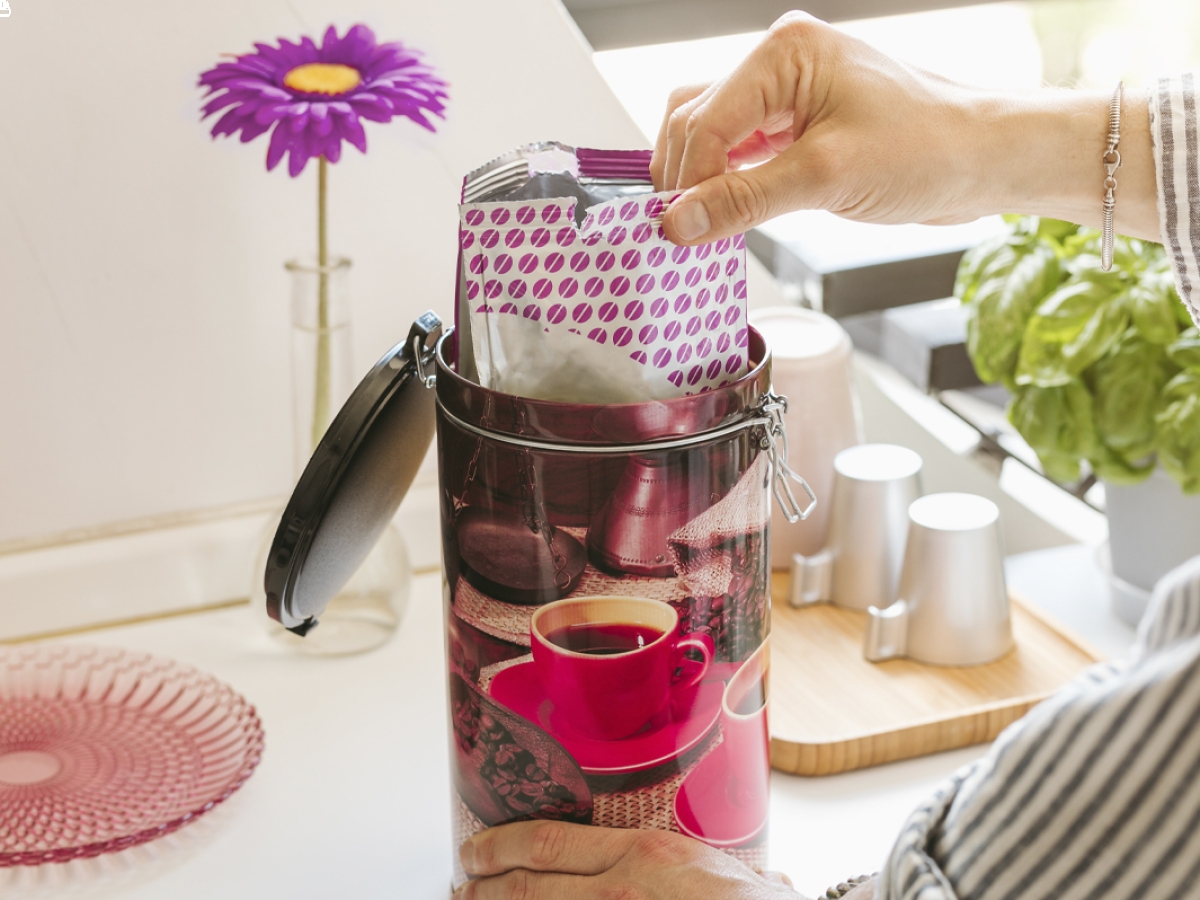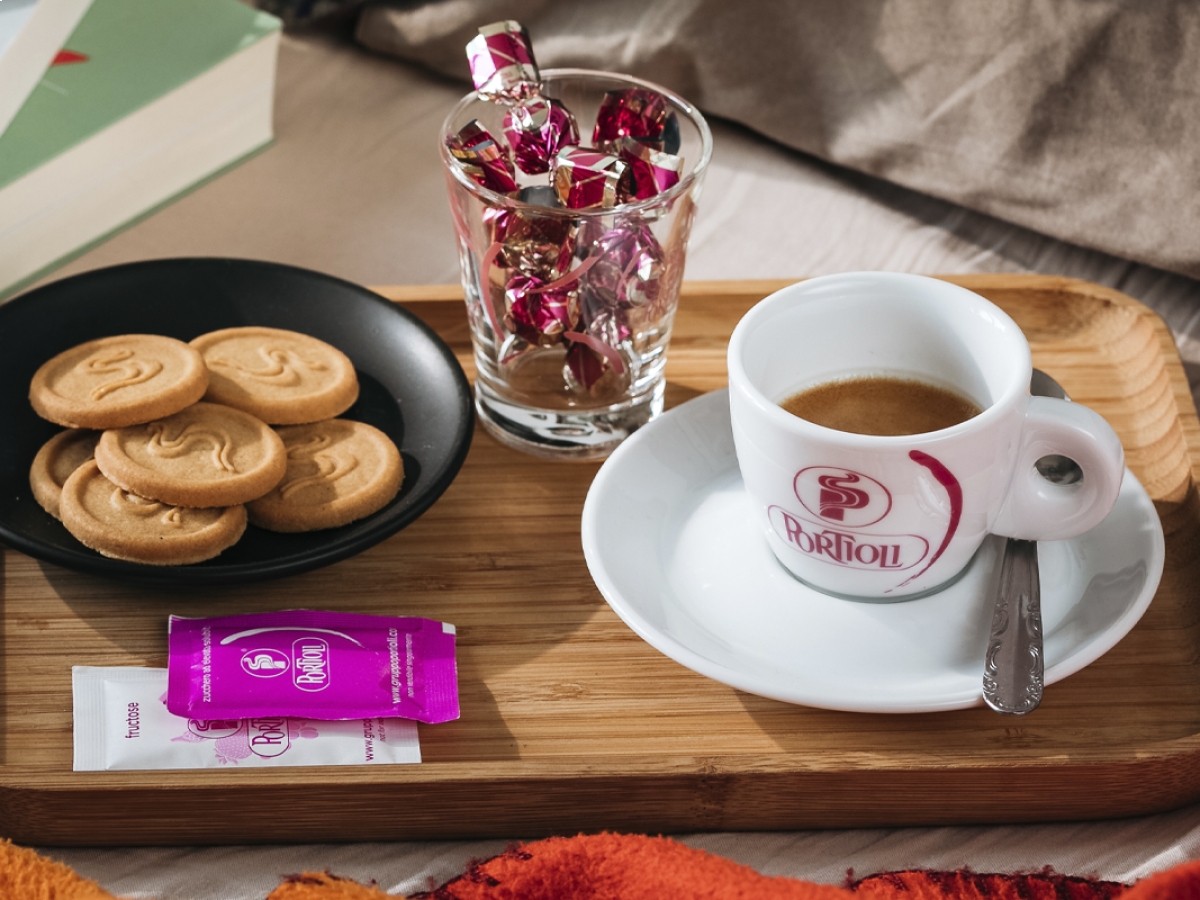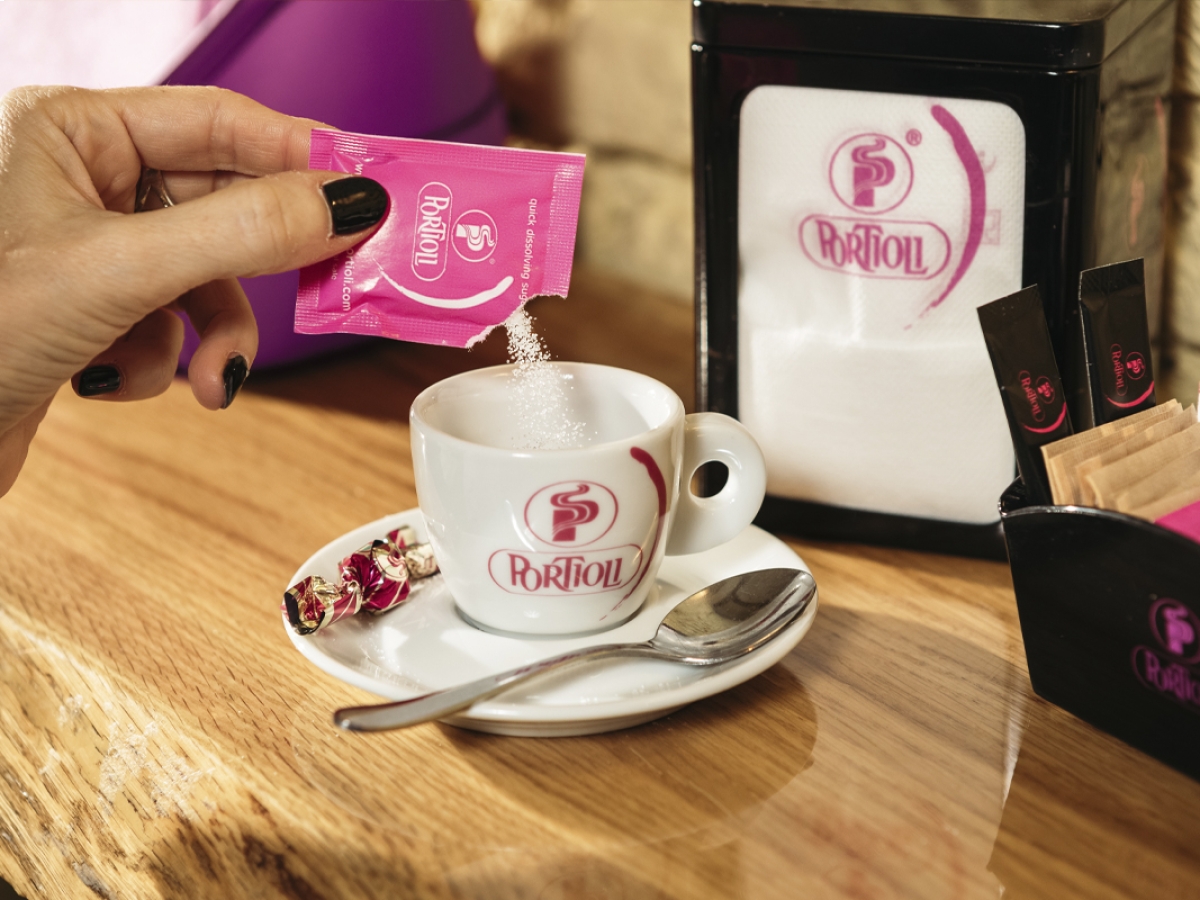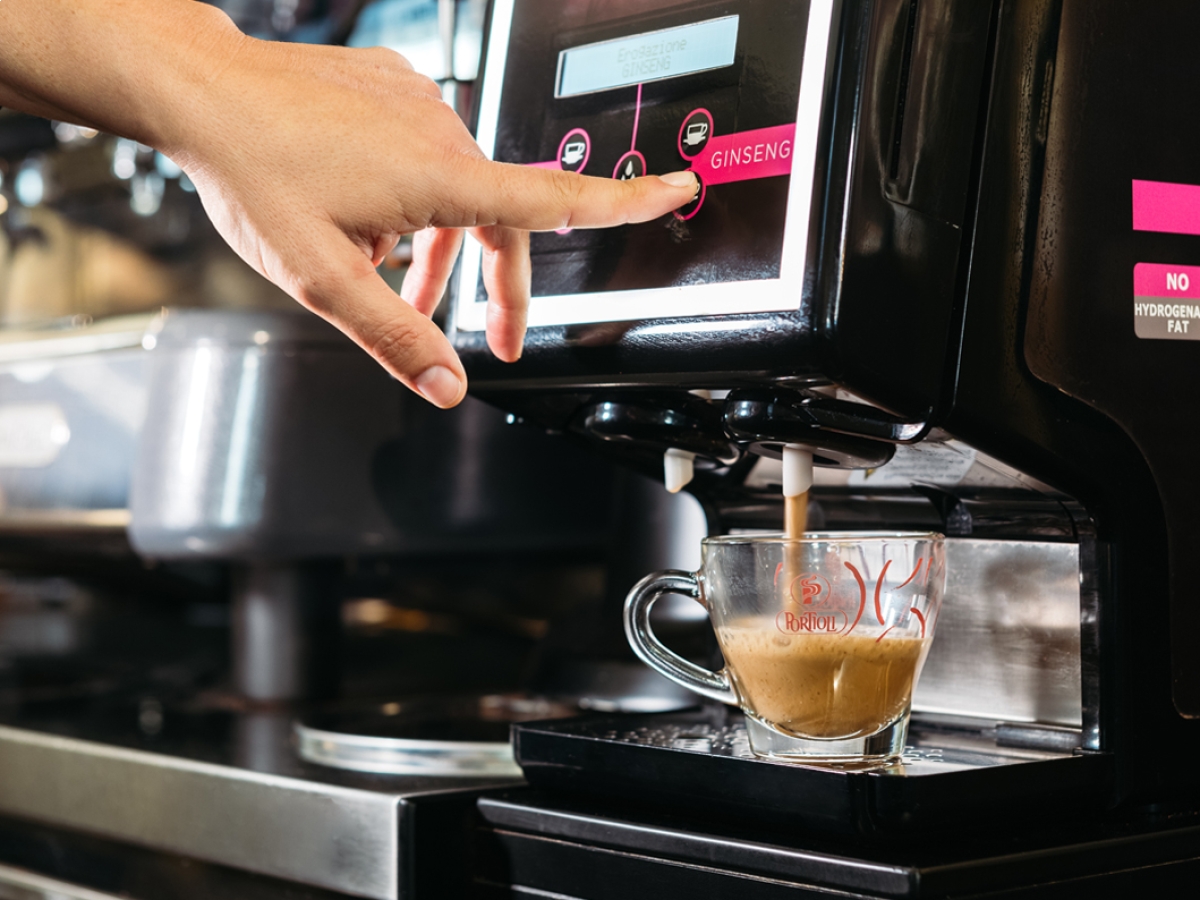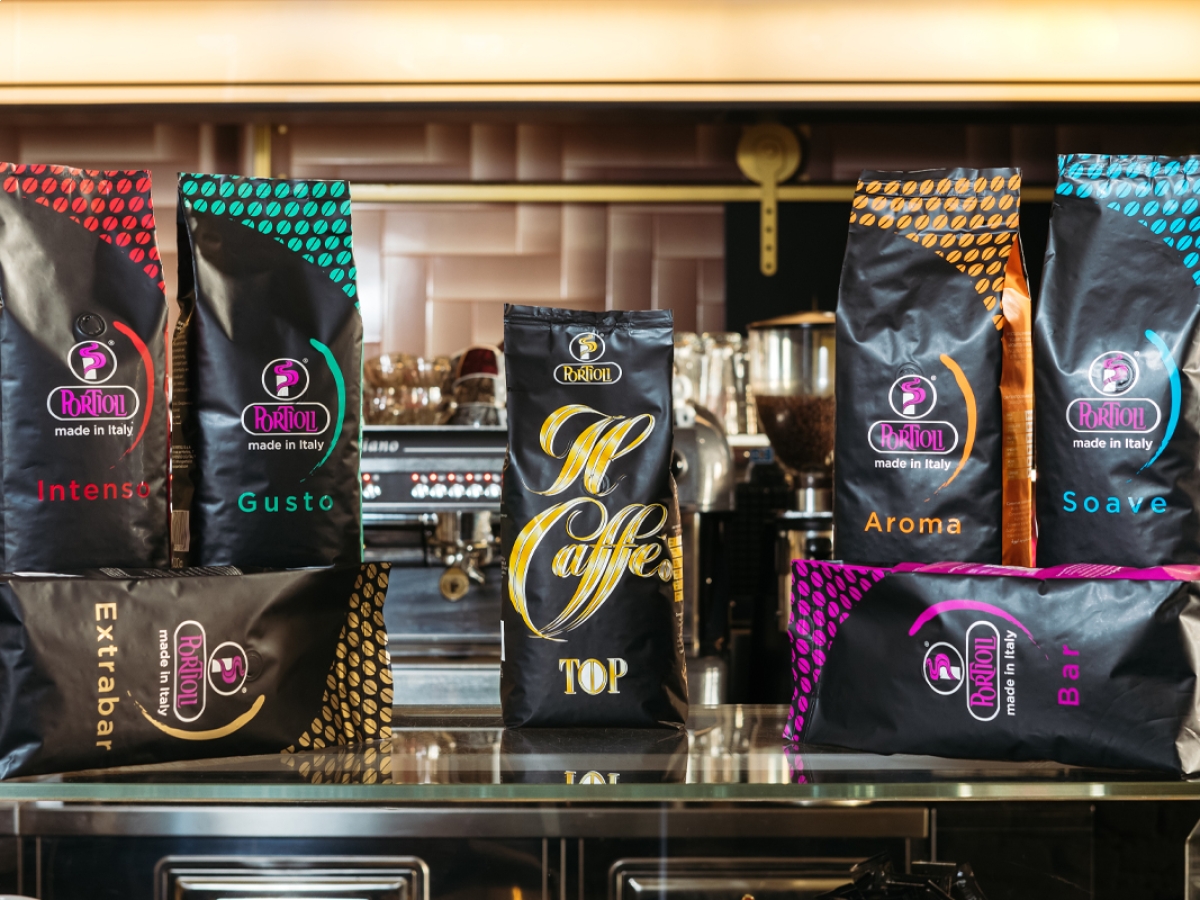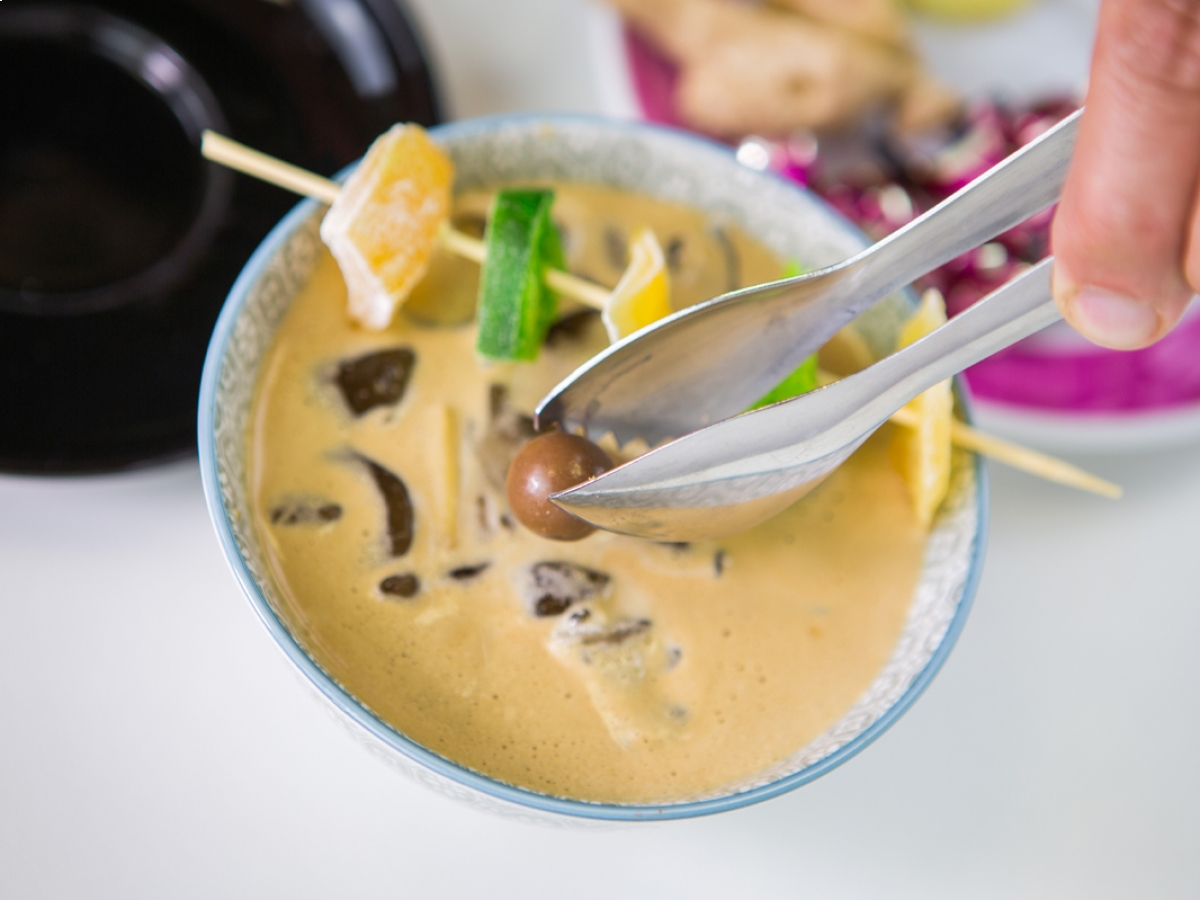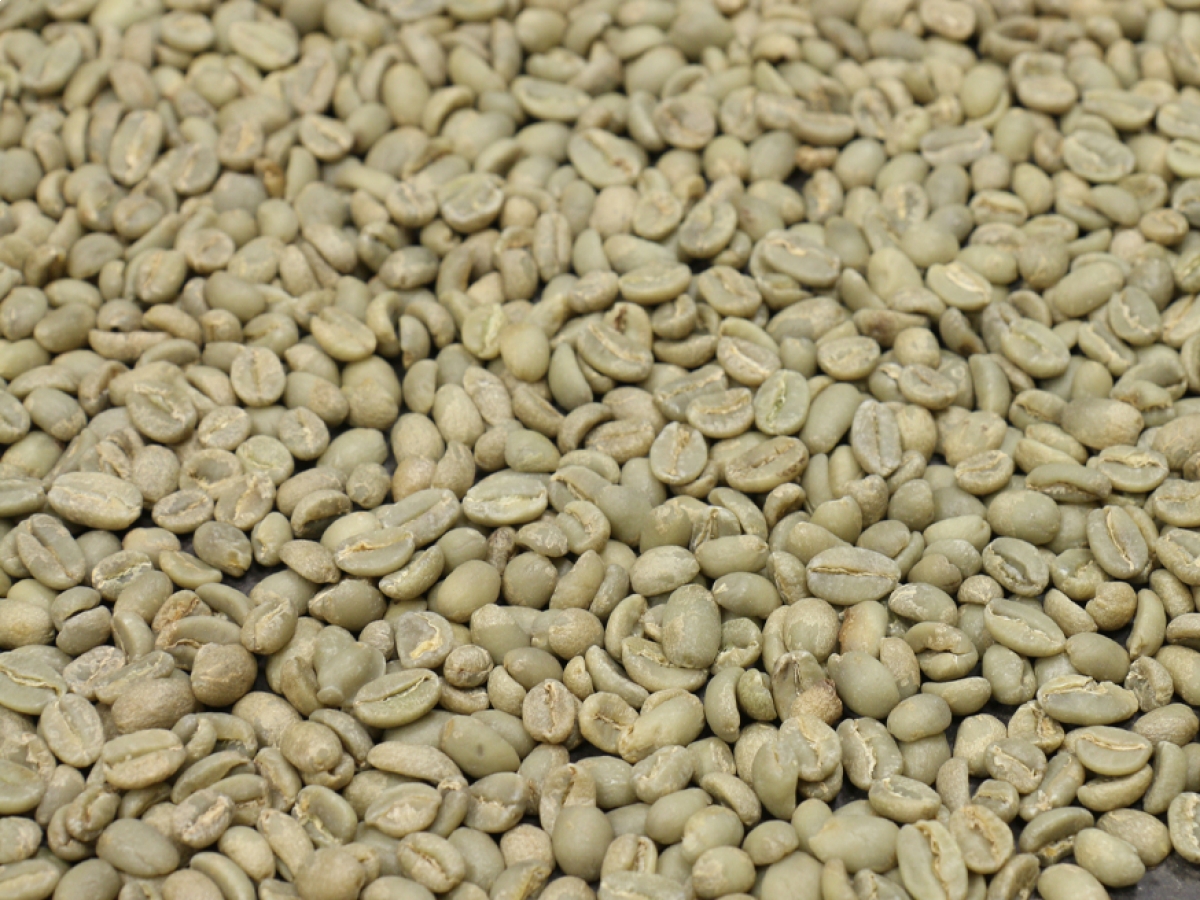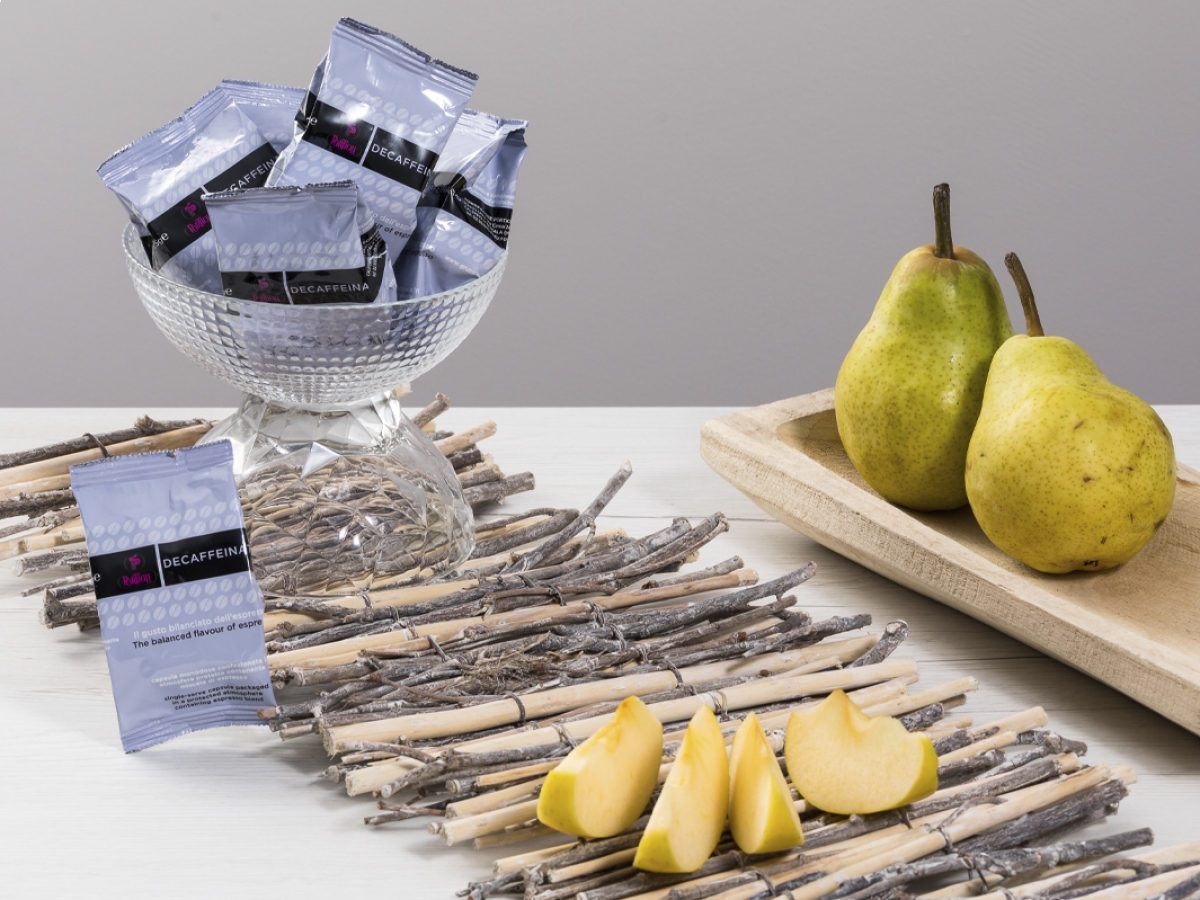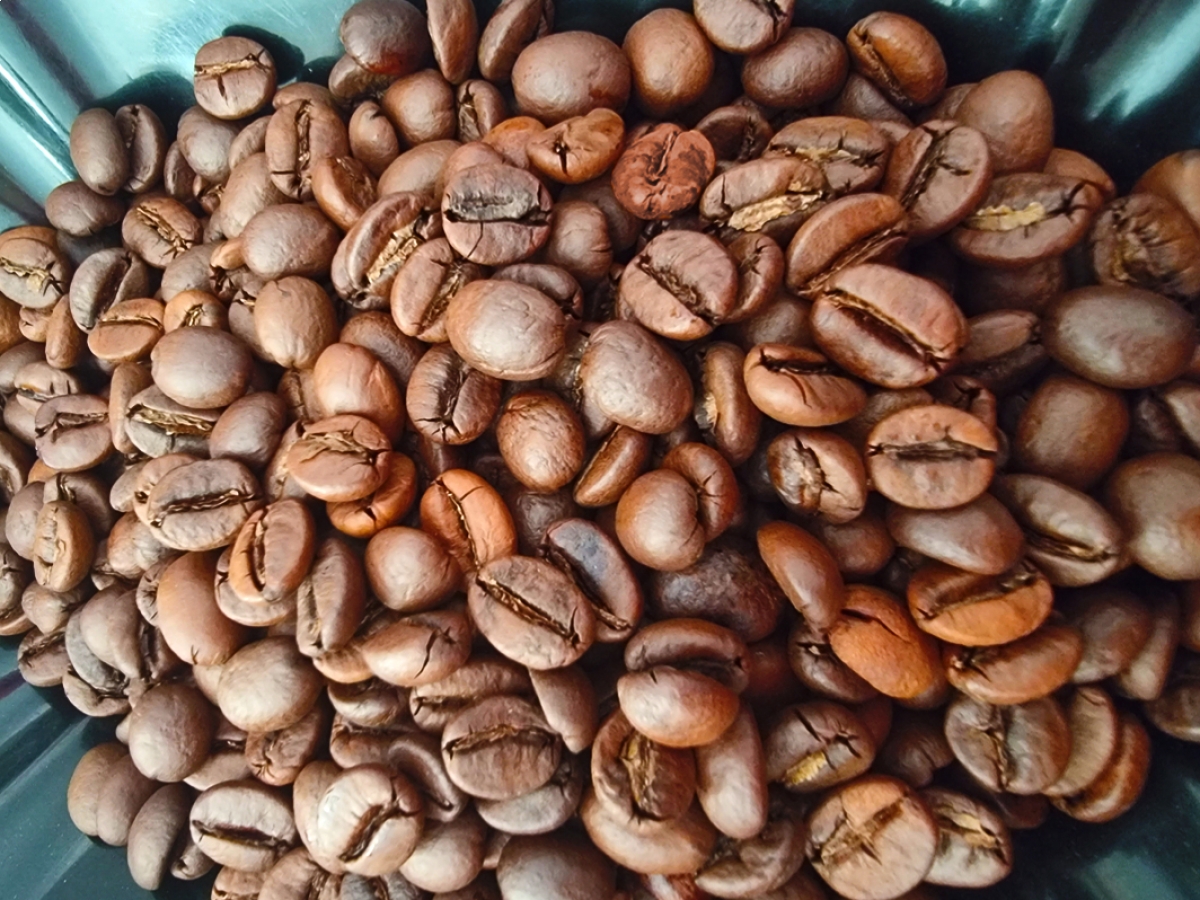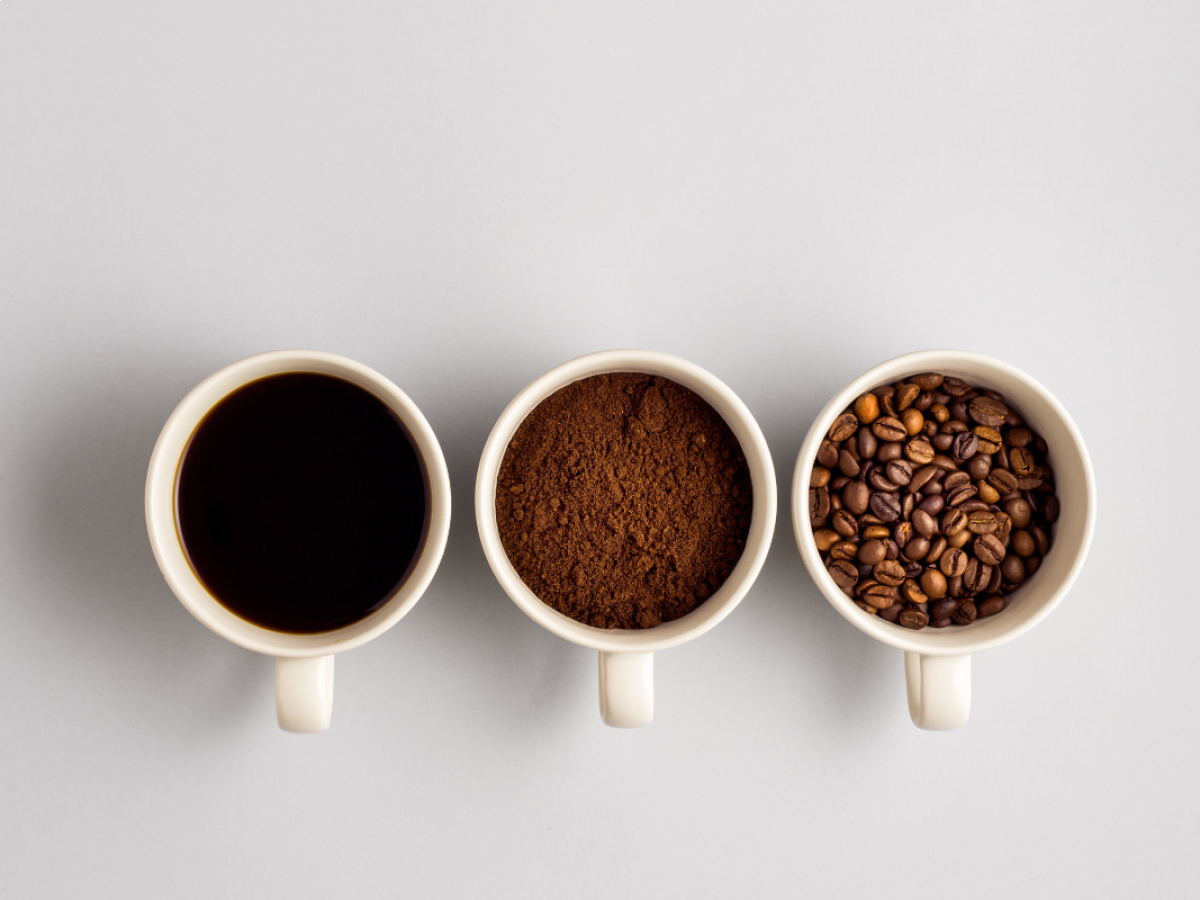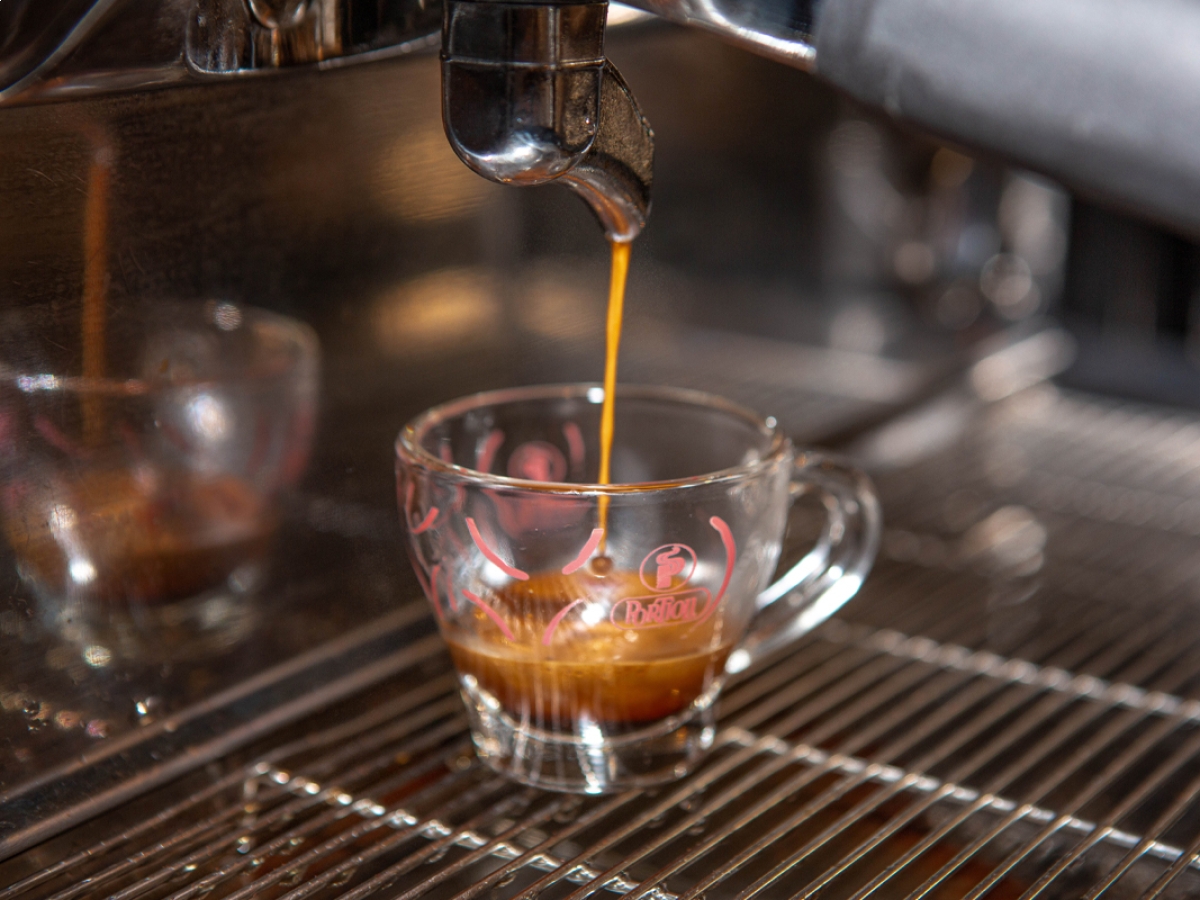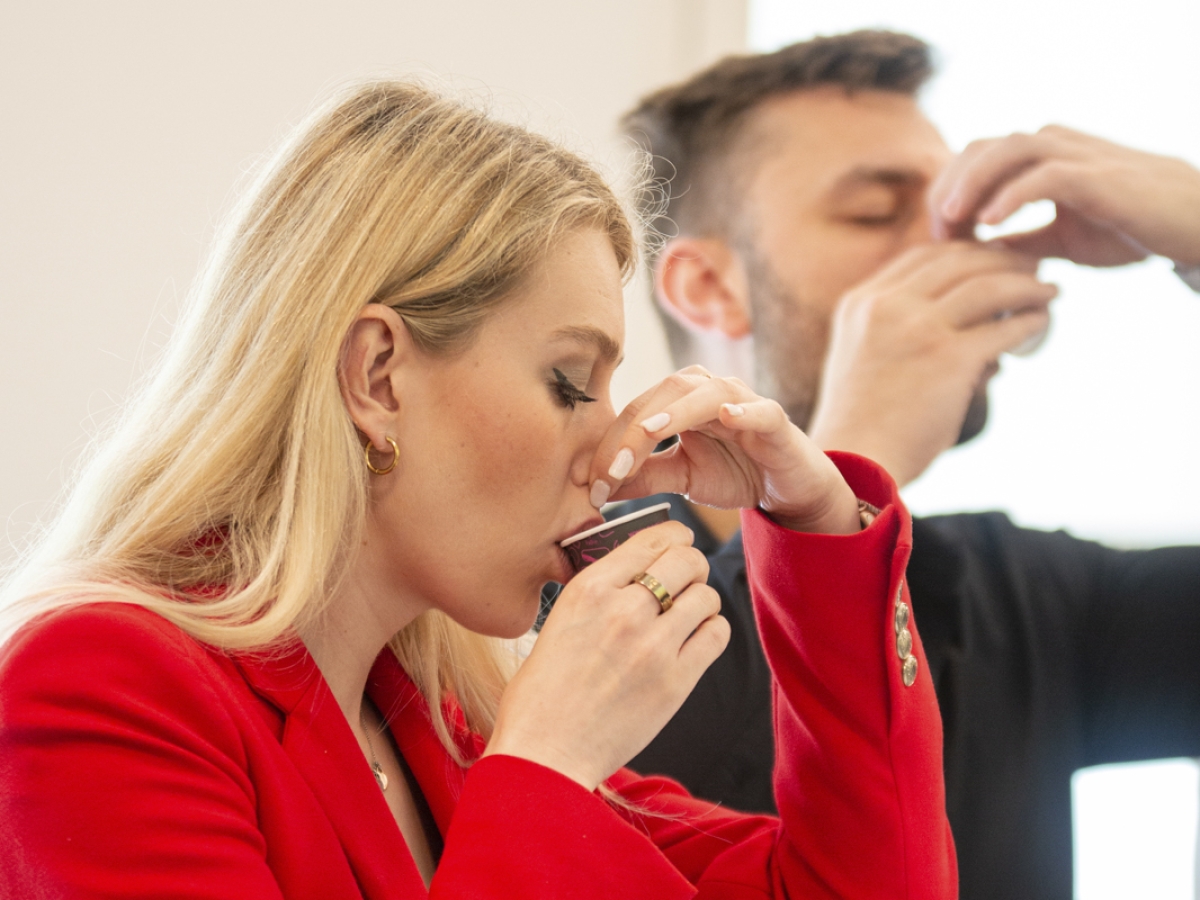
Anyone who is passionate about coffee knows how fascinating the world of sensory analysis can be: a universe of aromas, flavours and tactile sensations to be discovered and interpreted.
Behind a simple cup, in fact, lies the painstaking work of tasting, studying and comparing, aimed at recognizing the qualities, defects and peculiarities of each individual bean. But how can this ability to perceive the nuances of coffee be honed in a professional manner?
The sense of smell, a valuable ally
In the tasting process, the sense of smell is a fundamental, often underestimated tool. Even before tasting the coffee, it is important to inspire the aromas in a hot cup, trying to distinguish the more intense notes from the more subtle ones.
- Primary aromas: derived from the botanical variety of the bean and the terroir of origin, giving hints of flowers, fruit or spices.
- Secondary aromas: these develop during roasting, giving fragrances of caramel, chocolate or tobacco.
- Tertiary aromas: these emerge with ageing or particular fermentation processes, providing more mature and complex nuances.
To train your sense of smell, you can use aroma kits specially created for coffee or experiment with fruits, herbs and spices, sniffing them with your eyes closed to memorise the scents. The habit of concentrating on the olfactory component before drinking coffee makes it possible to detect subtle differences between different origins and roasts.
Cupping technique
Cupping is the most popular tasting method among professionals and consists of analysing coffee in a standardised way, so that its characteristics can be compared objectively. Here is how it is carried out:
- Toasting: for cupping, the roast should be lighter than that commonly used for espresso
- Grinding: the beans are ground evenly, ensuring that the grain size is similar for all cups.
- Dosage: precise amounts of coffee and water are used to ensure maximum consistency between tastings.
- Infusion: the ground coffee is left to infuse in hot water for 4 minutes, then the “crust” that forms on the surface is broken off, stirring gently to release the flavours. At this stage, it is important to remove the crust with a special spoon.
- Tasting: using a special spoon, one tastes the liquid by “sucking” it in strongly to distribute it evenly within the palate. This allows the best possible perception of acidity, body and aftertaste.
This procedure helps to accurately identify the quality of the coffee, its faults and merits, offering a complete picture of its potential.
Balance between taste and structure
A good coffee is characterised by the balance between its fundamental components:
● Acidity: gives liveliness and freshness to the taste.
● Sweetness: given by the natural sugars present in the beans, it enriches the aromatic profile.
● Bitterness: linked to the roast and can be pleasant if balanced.
● Body: the tactile sensation, influenced by the oils and colloidal substances in the coffee.
During sensory analysis, it is important to assess how these components interact with each other, resulting in a harmonious or, conversely, unbalanced taste. The objective of an experienced taster is to recognise the level of balance between acidity, sweetness and bitterness, and to understand whether the body integrates coherently with the overall flavour profile.
Portioli Academy “Sensory Coffee Skills” course
For Portioli distributors who wish to deepen these techniques and immerse themselves in the coffee scene, Accademia Portioli's “Sensory Coffee Skills” course is a unique opportunity. During two intense days, you will be able to appreciate, recognise and classify aromas starting from single origins up to the most complex blends. You will be able to put your skills to the test in real blind tests, tasting coffee from the most prestigious plantations, and discover the different extraction methods, from filters to the most innovative trends.
In the second part of the course, the focus will shift to other products related to the world of coffee, such as chocolate, tea and infusions, delving into preparation methods and how to present them to the customer. The essential equipment for a professional barista will also be illustrated, while a final theoretical and practical test will help you assess your progress.
Taking part in the Accademia Portioli course means taking a fundamental step towards a deeper knowledge of coffee and, above all, refining those sensory skills that turn tasting into an art in its own right.
Related articles
Portioli Express
Home and office shopping
Experience authentic Italian espresso right at home with our premium blends in a variety of formats.
Go to the shop










